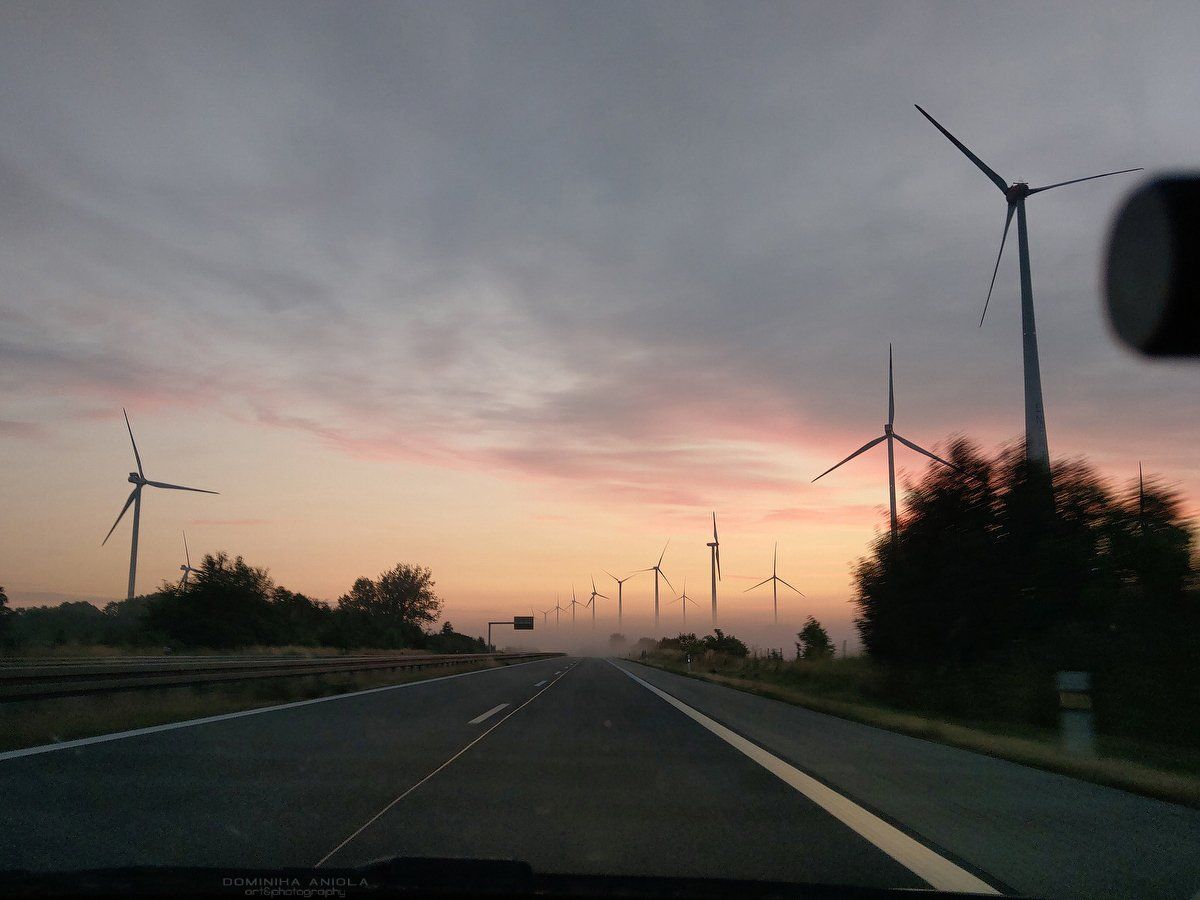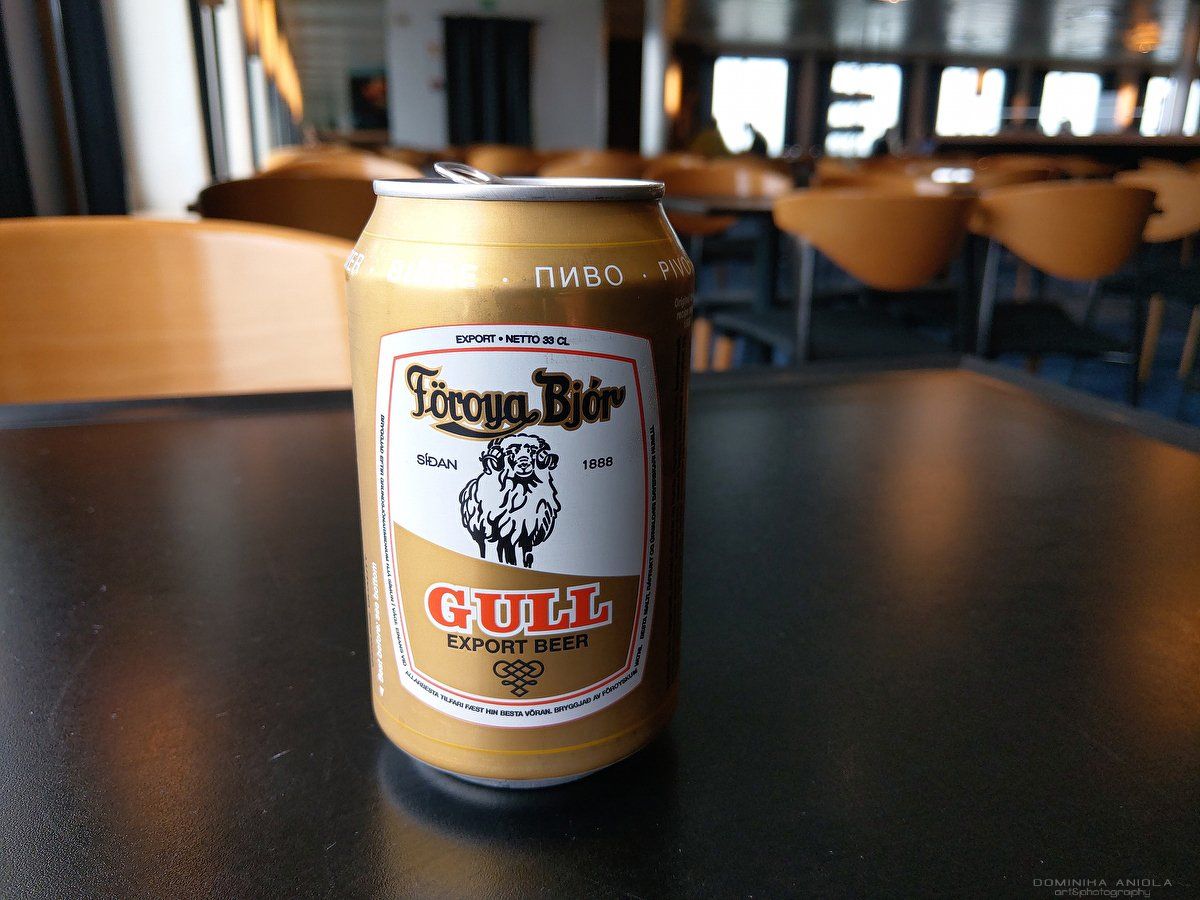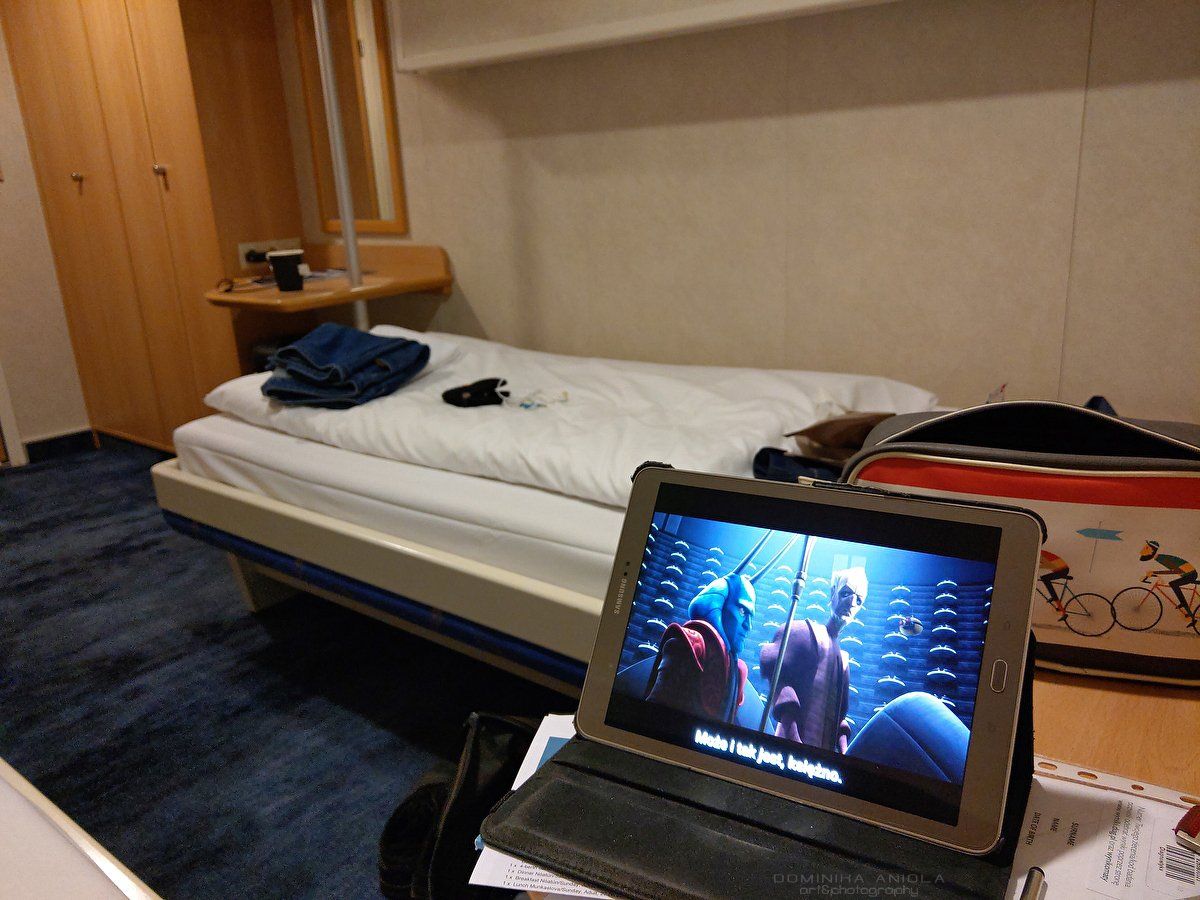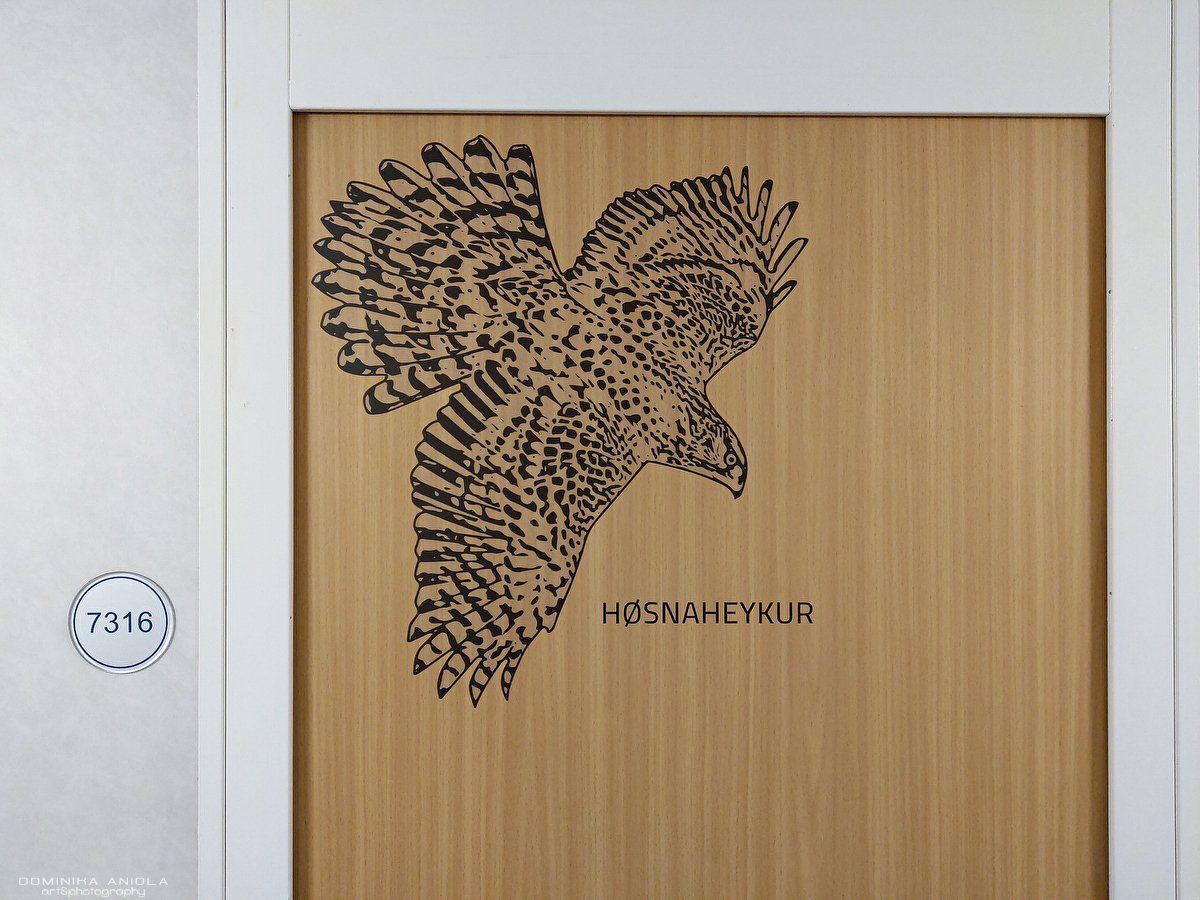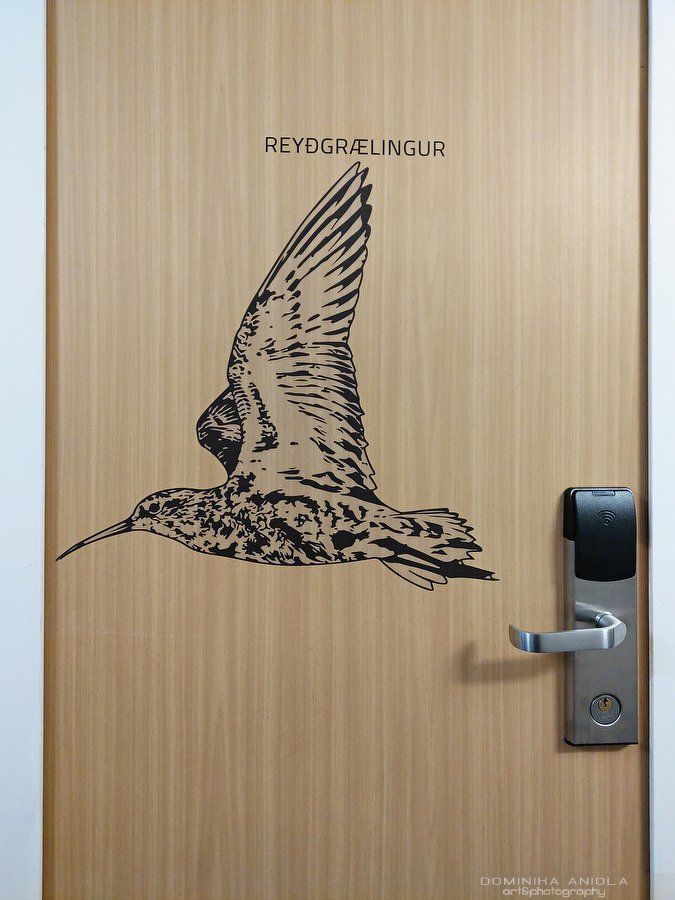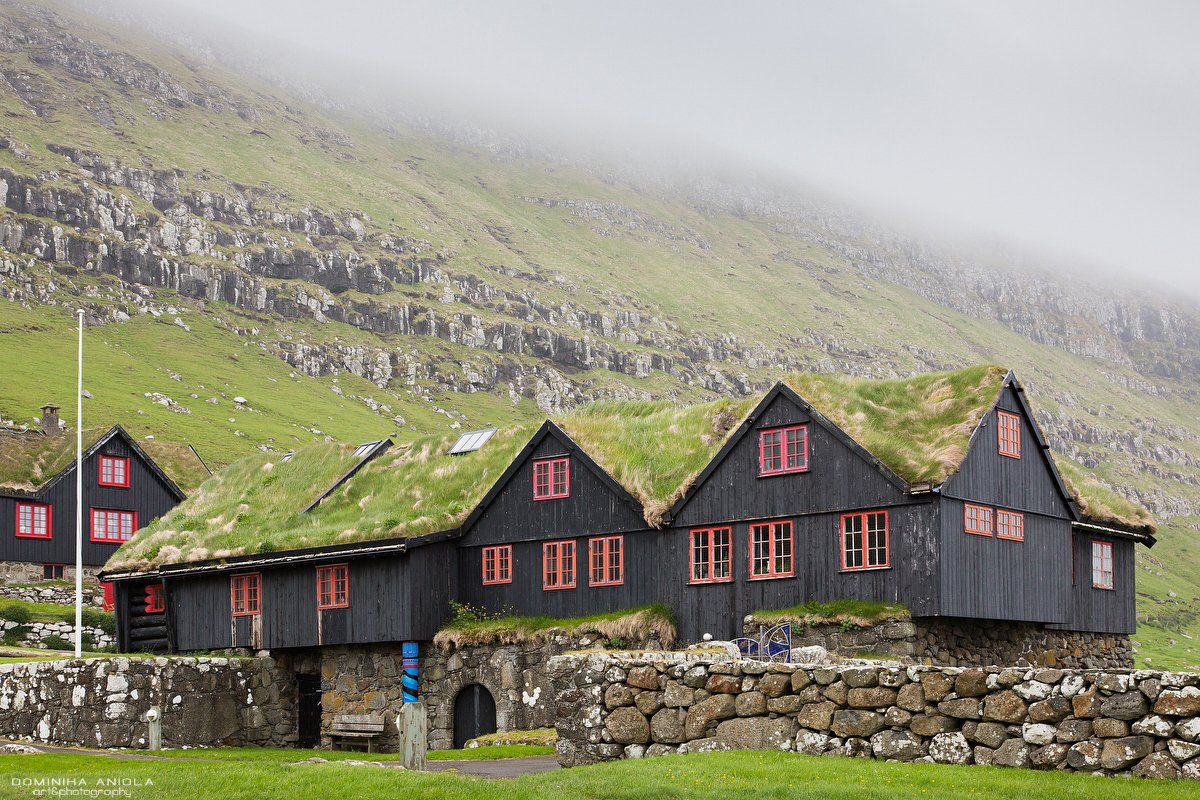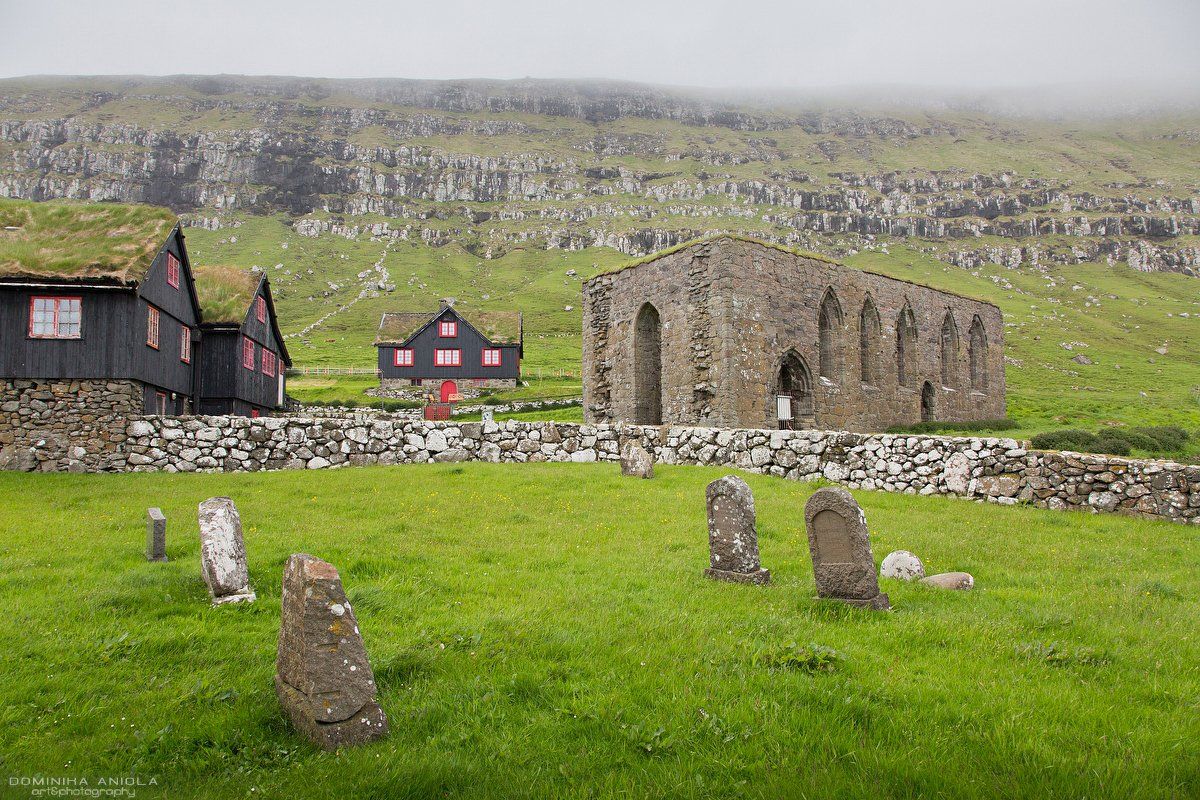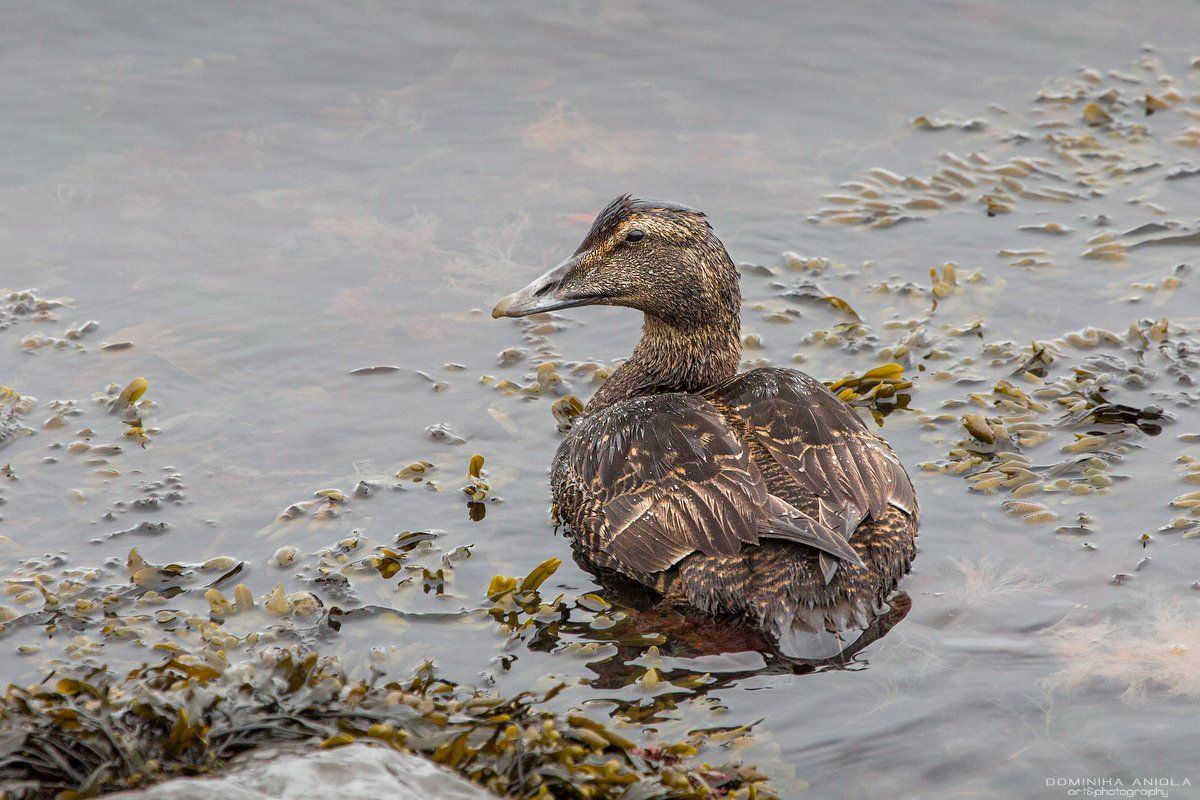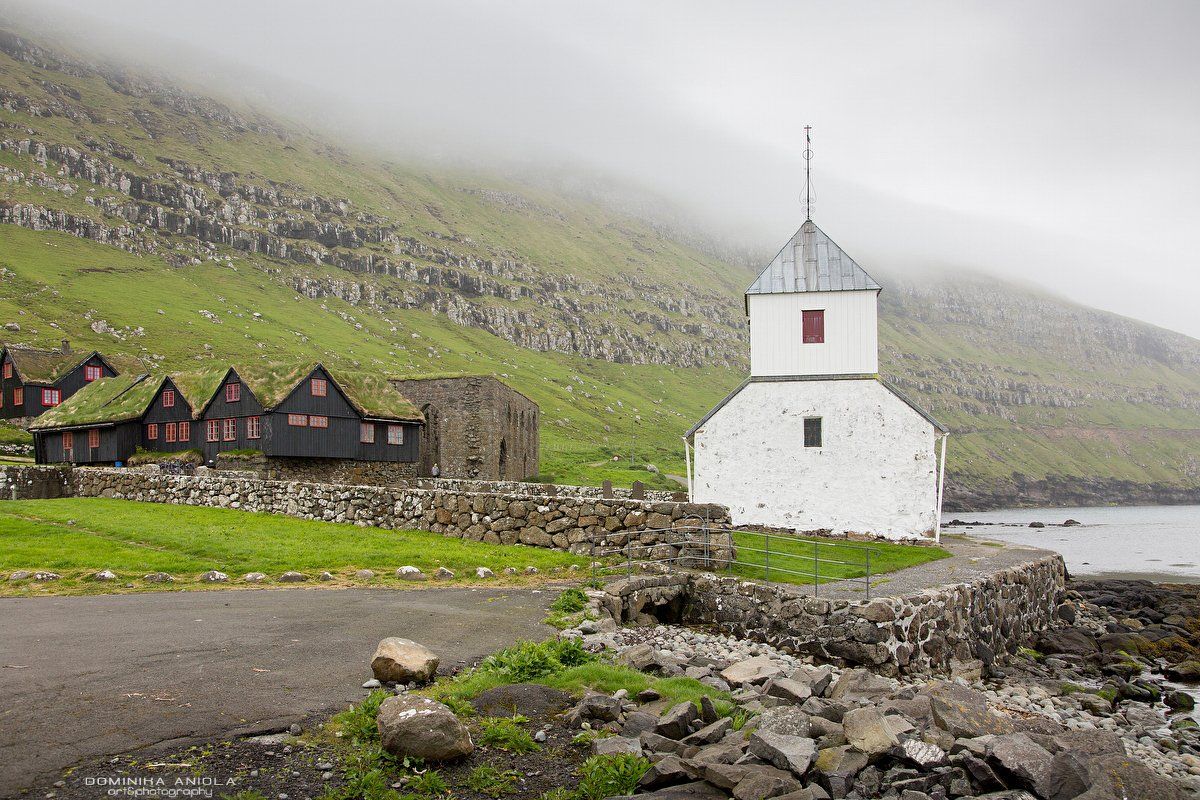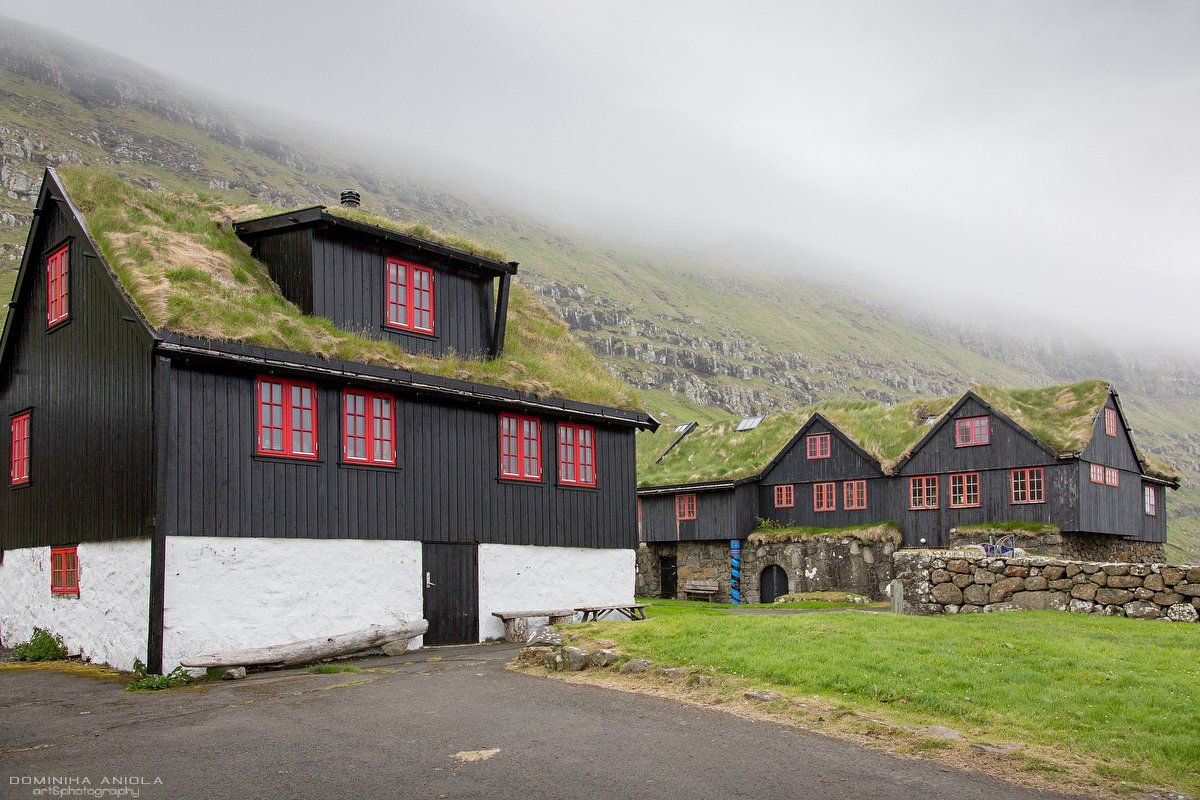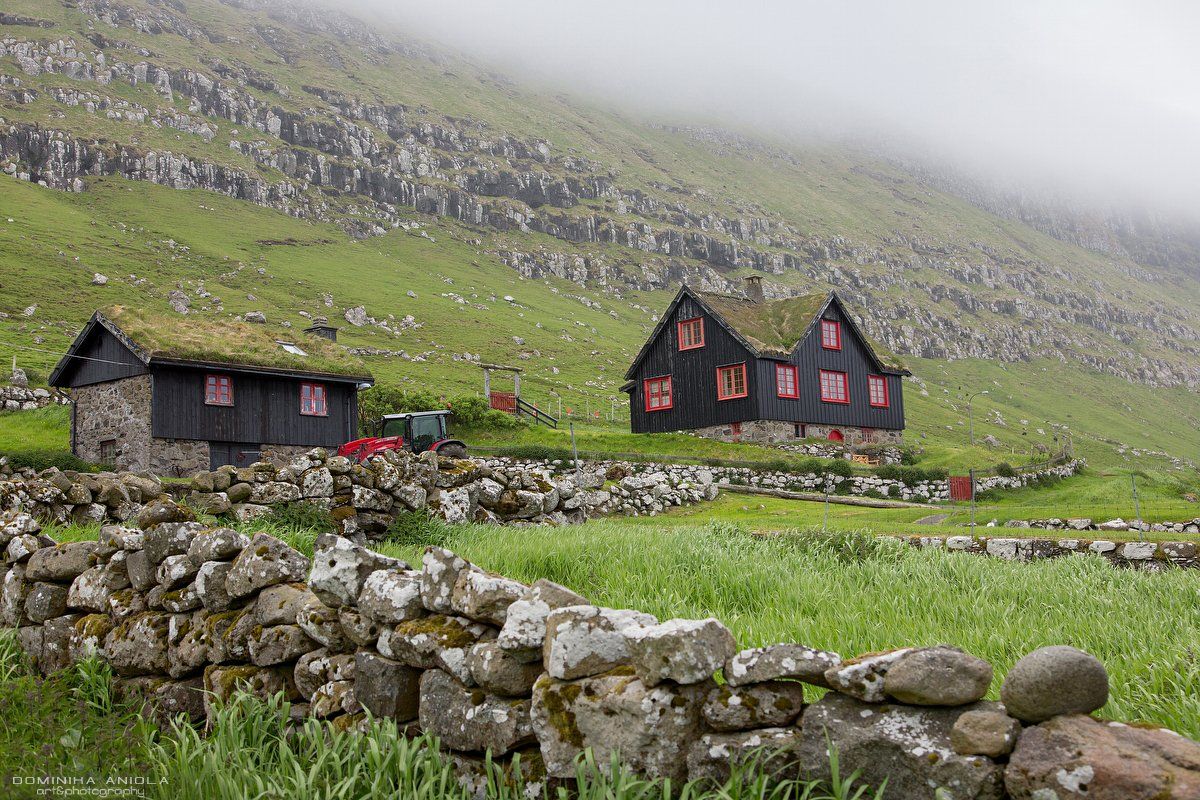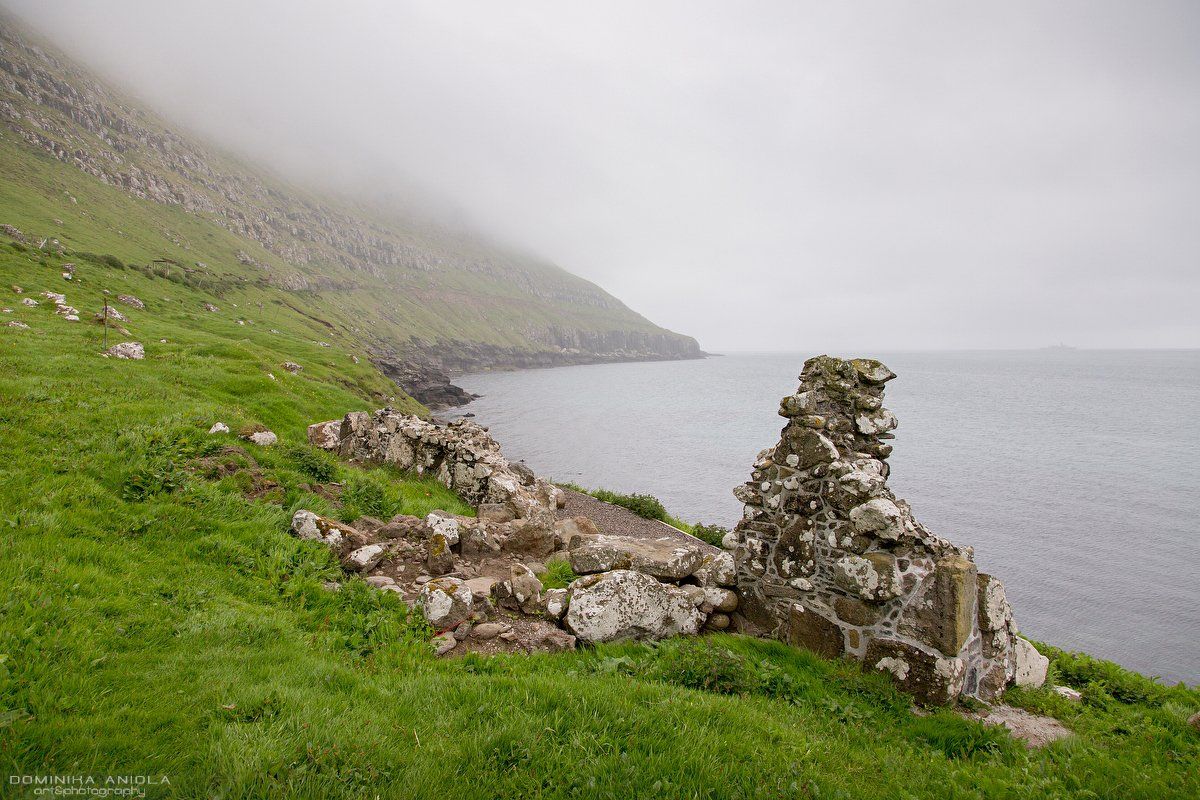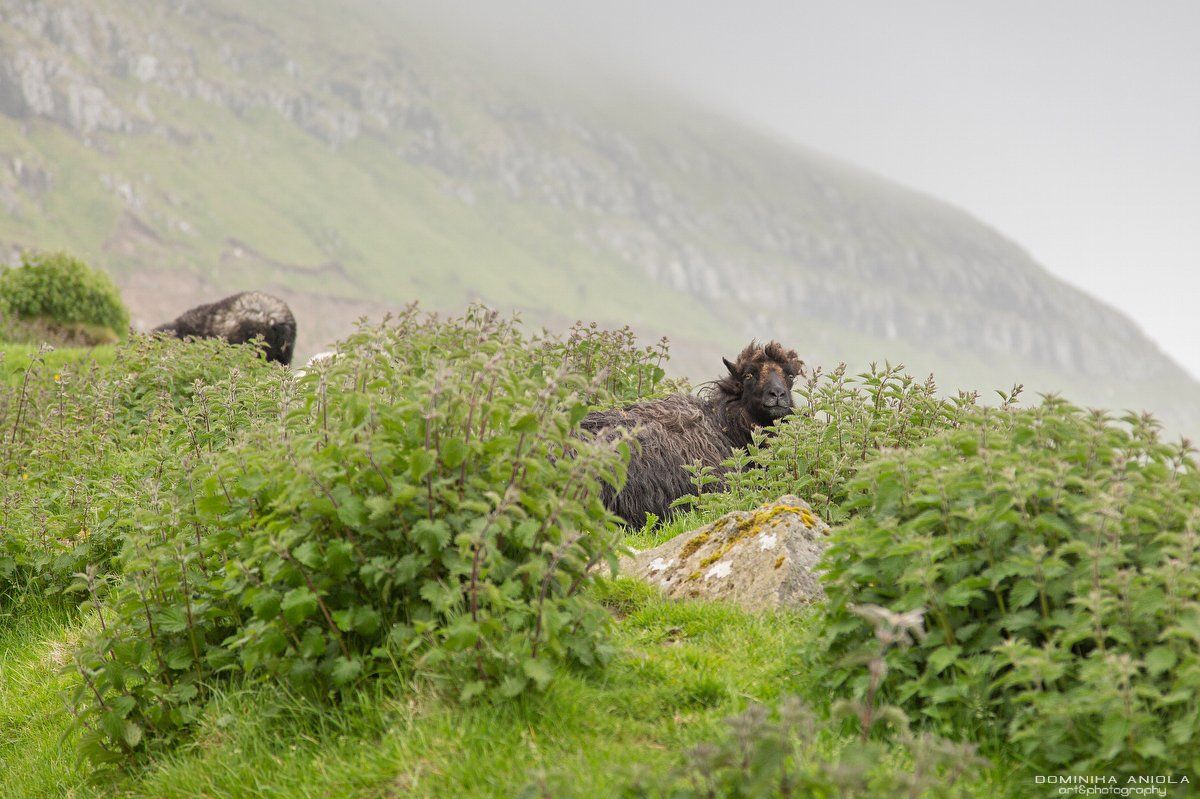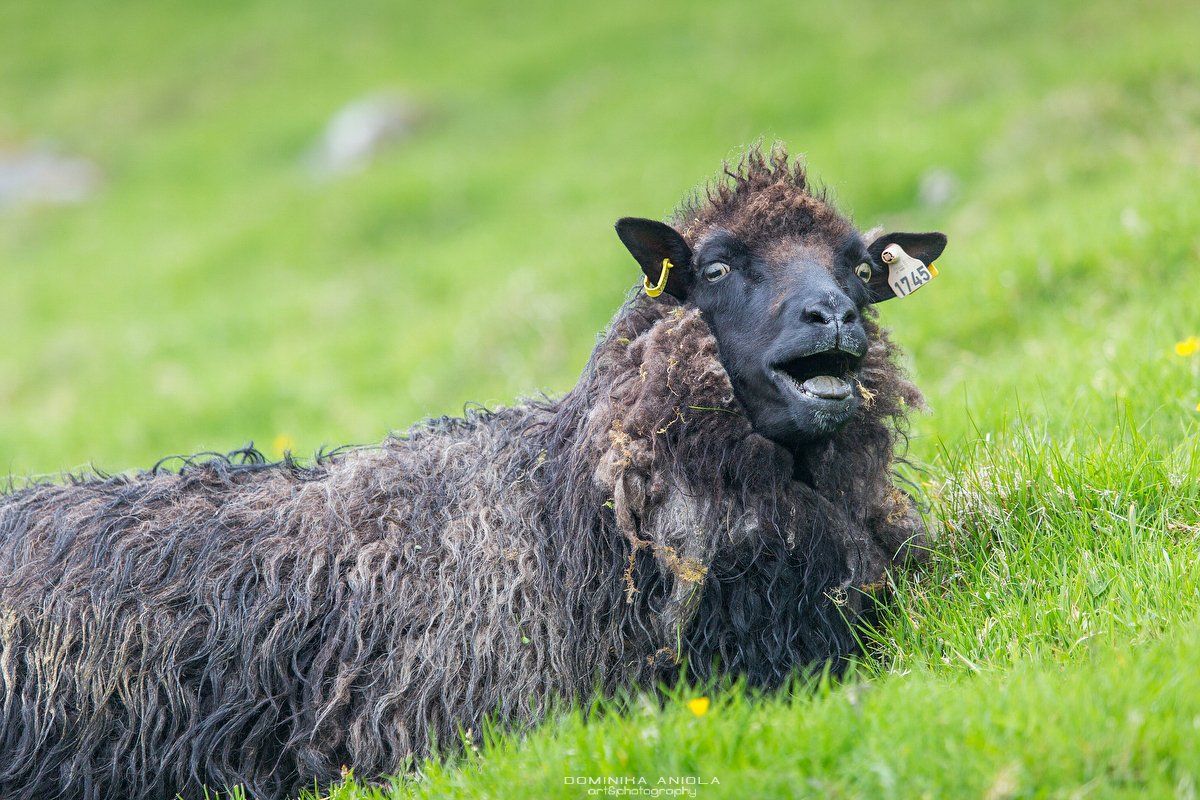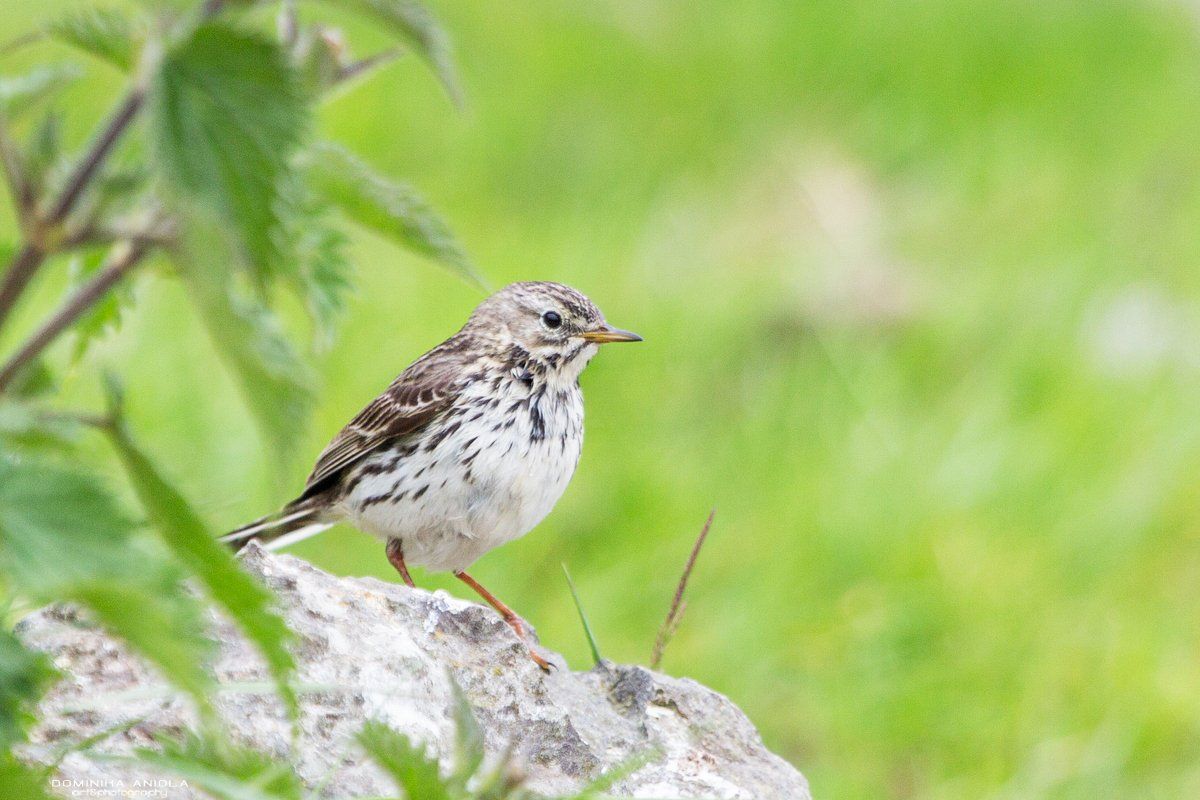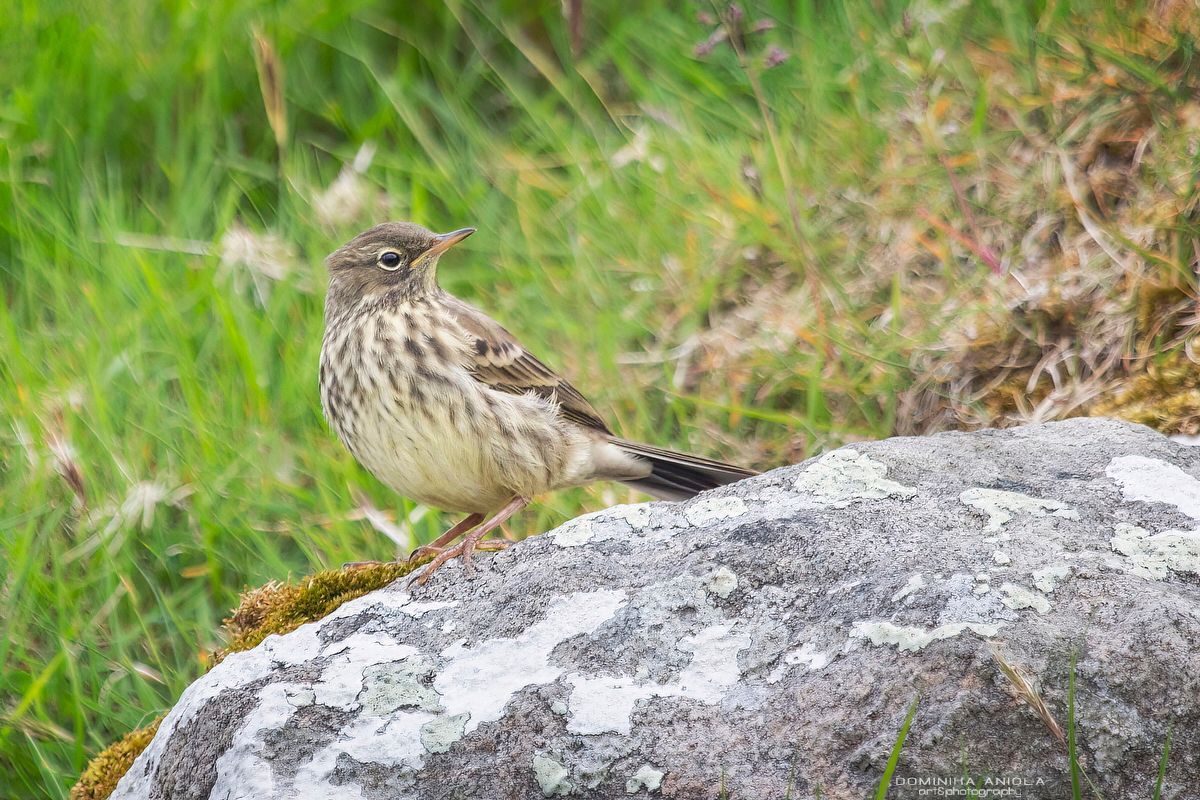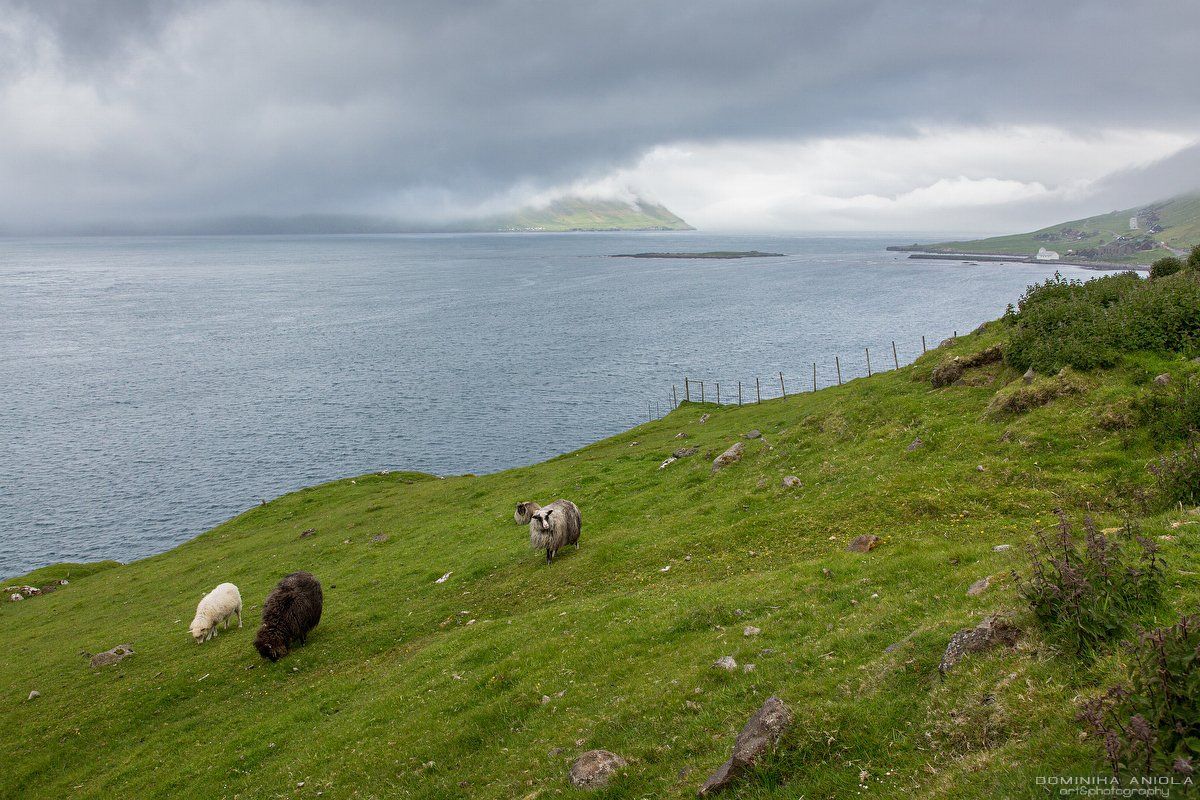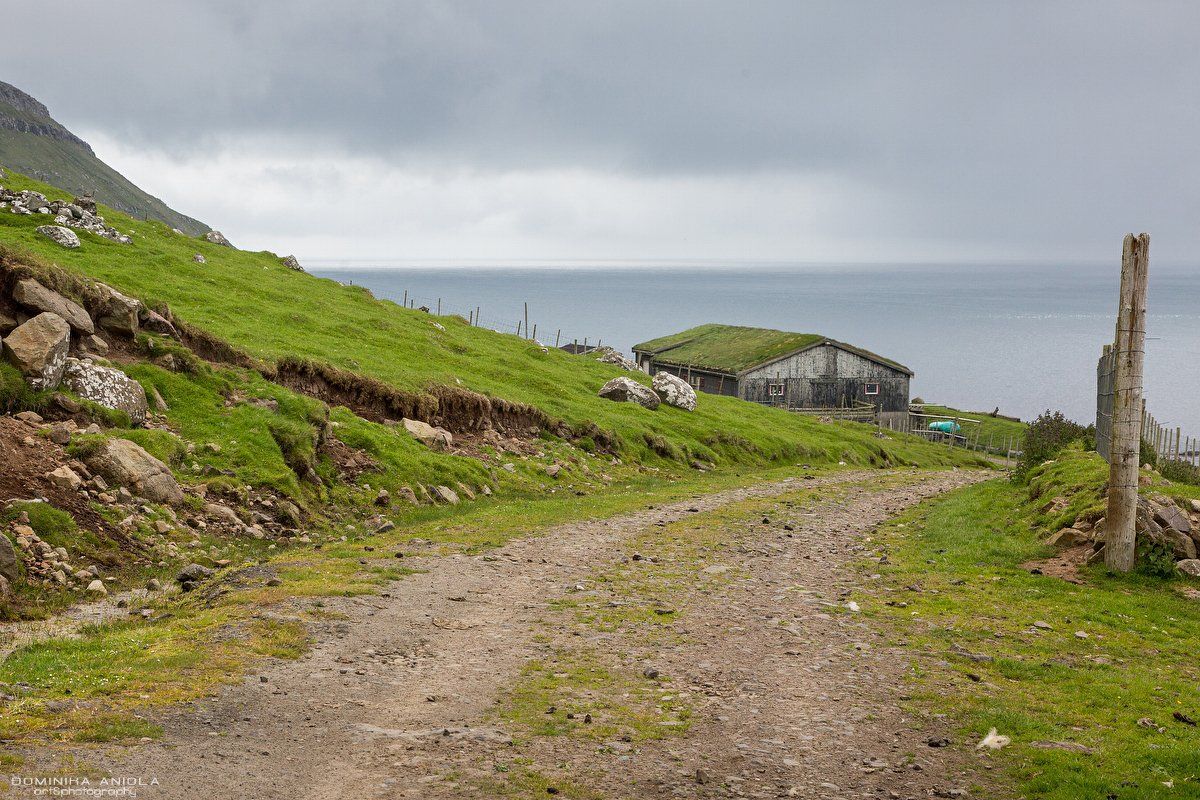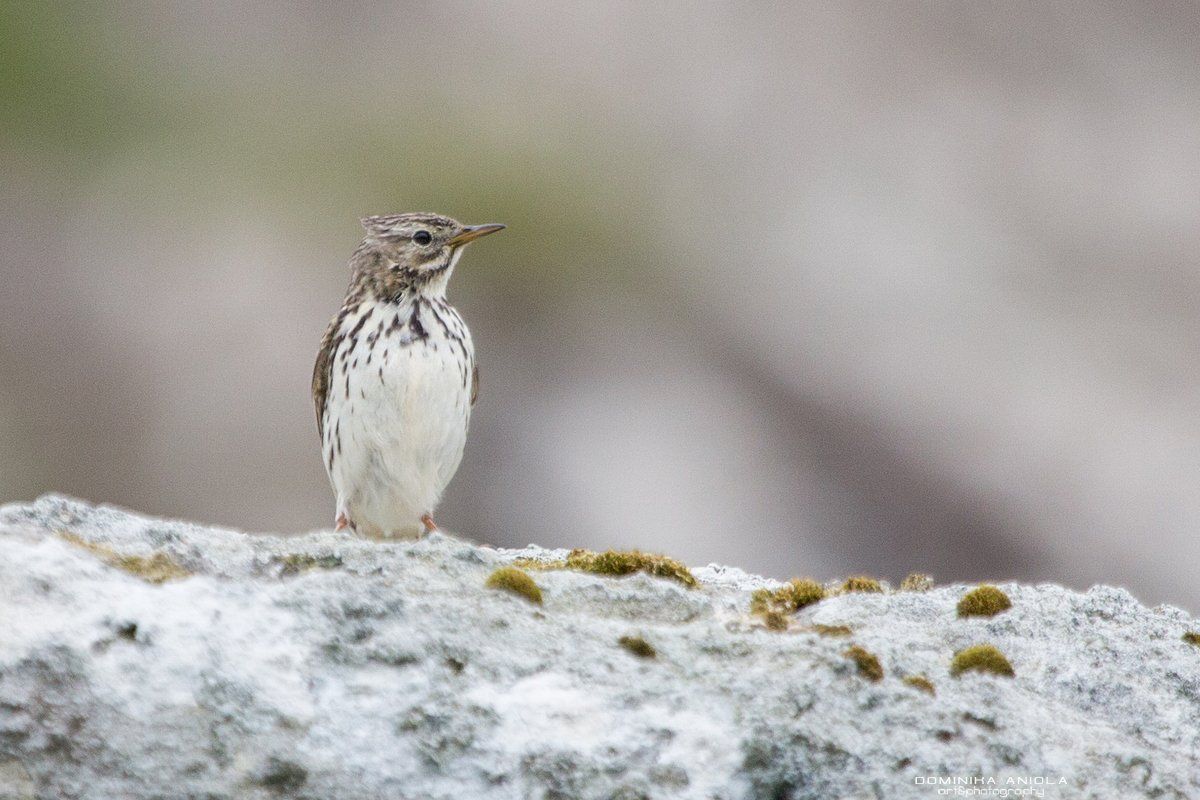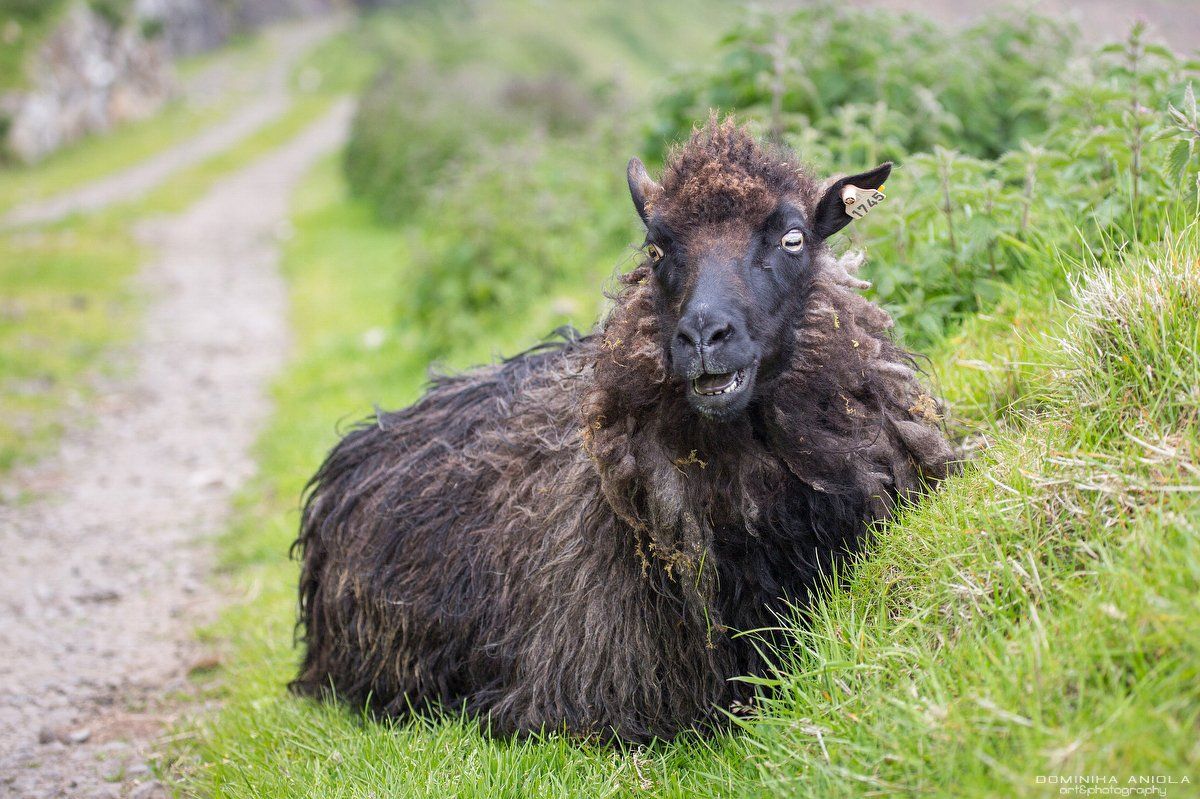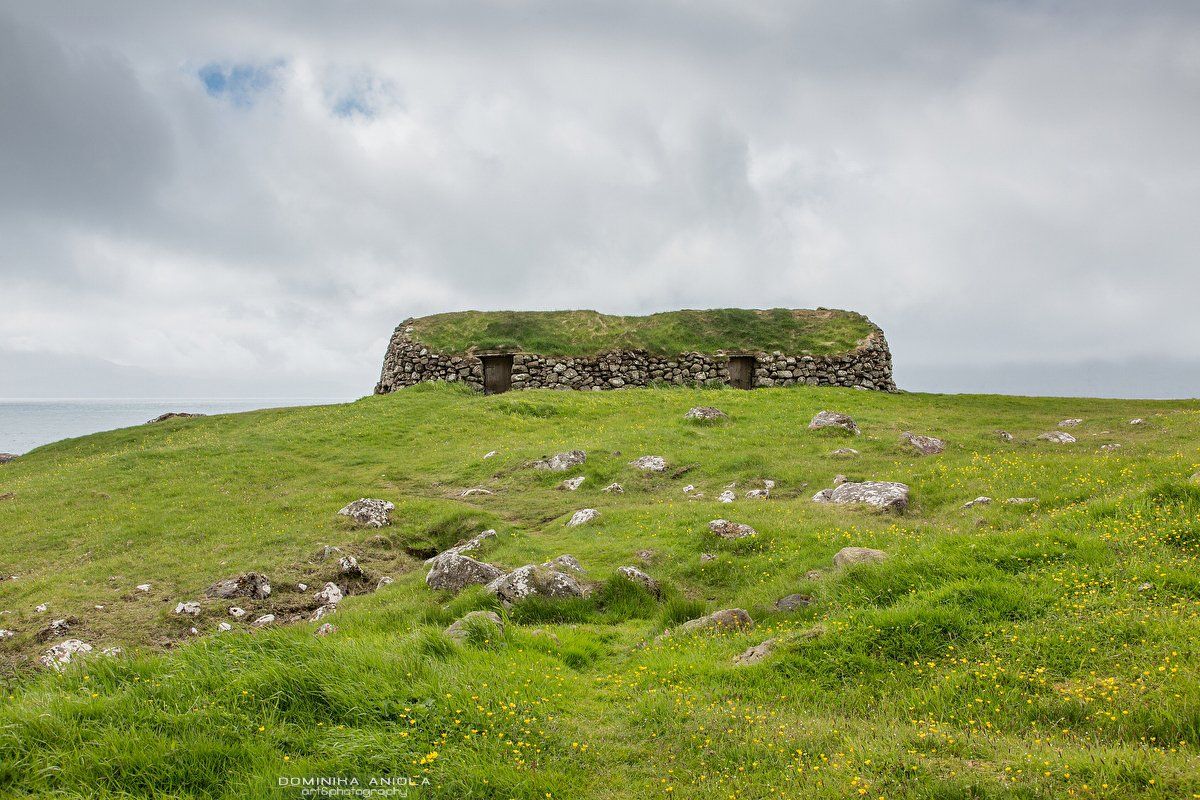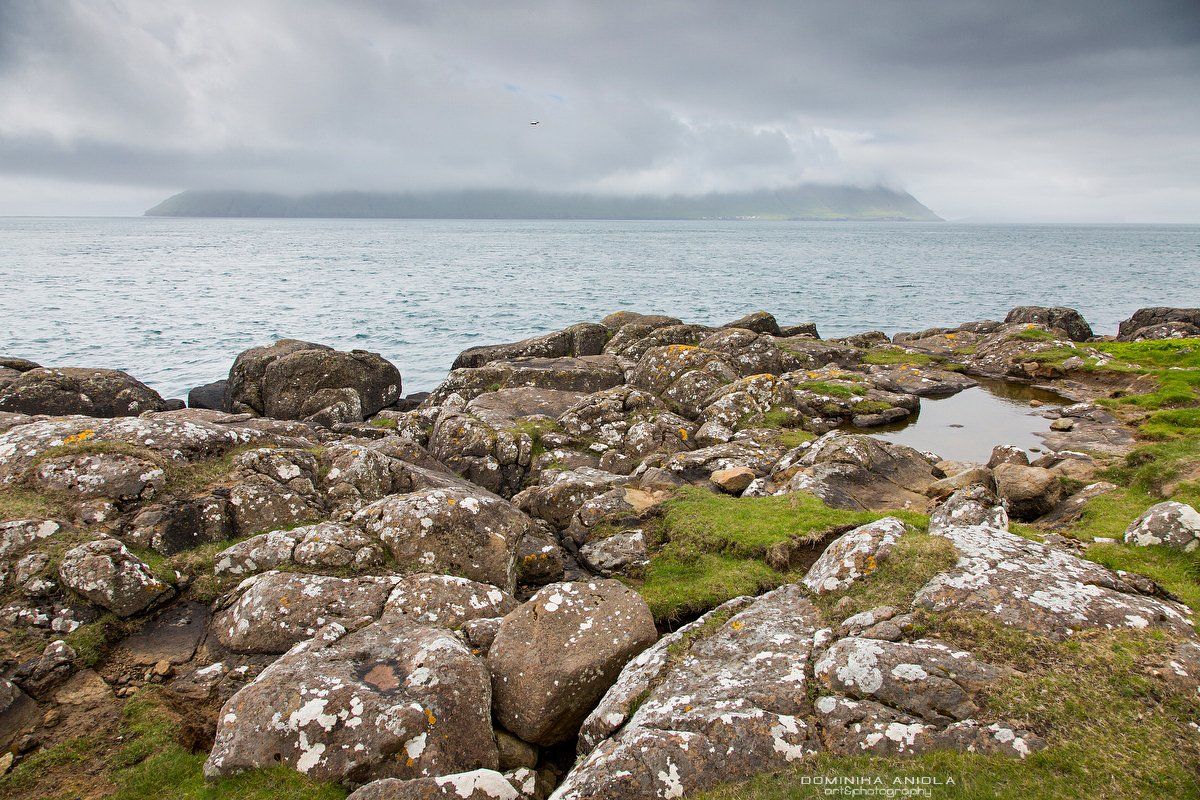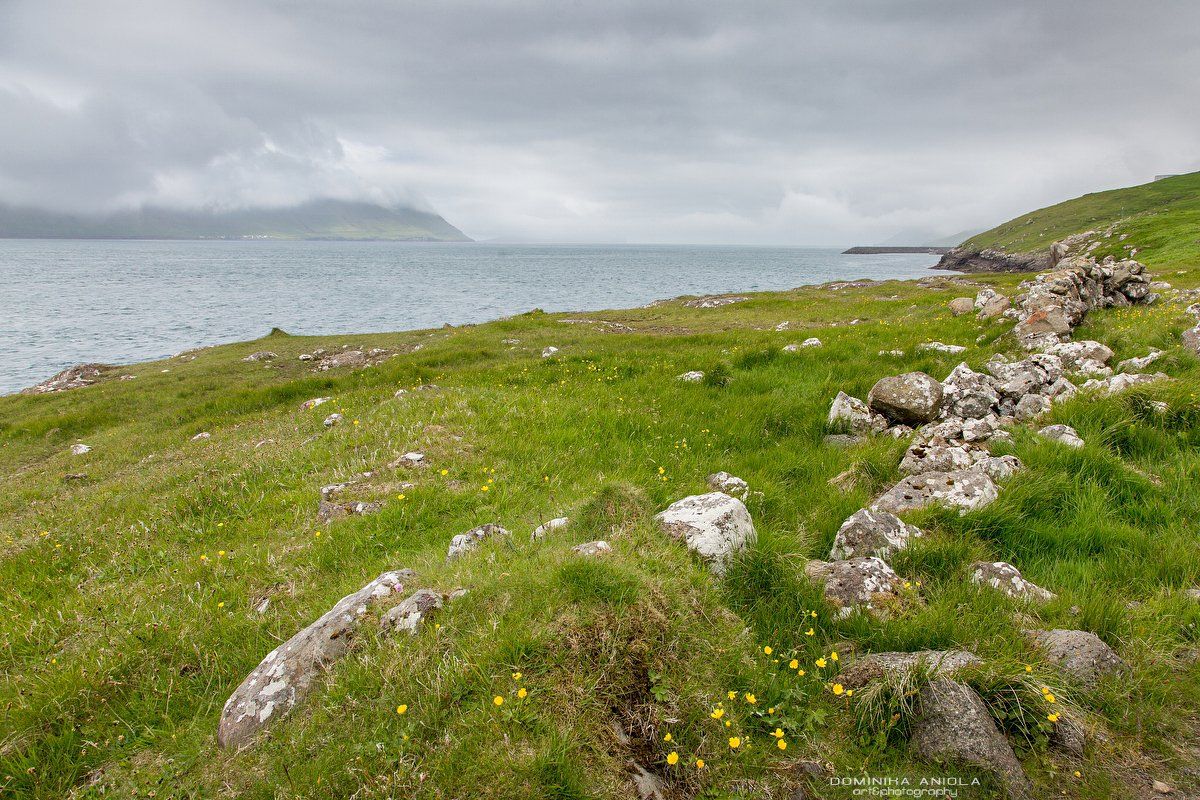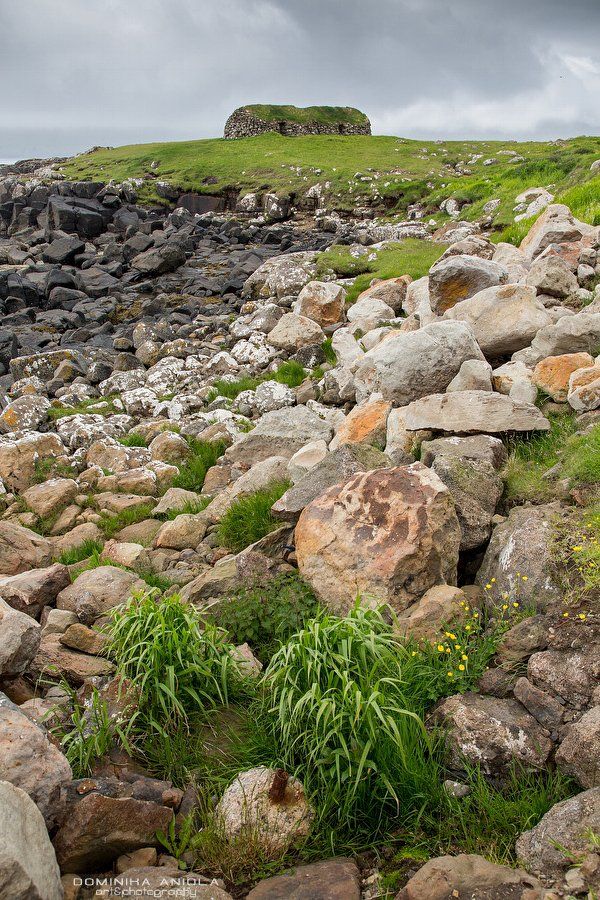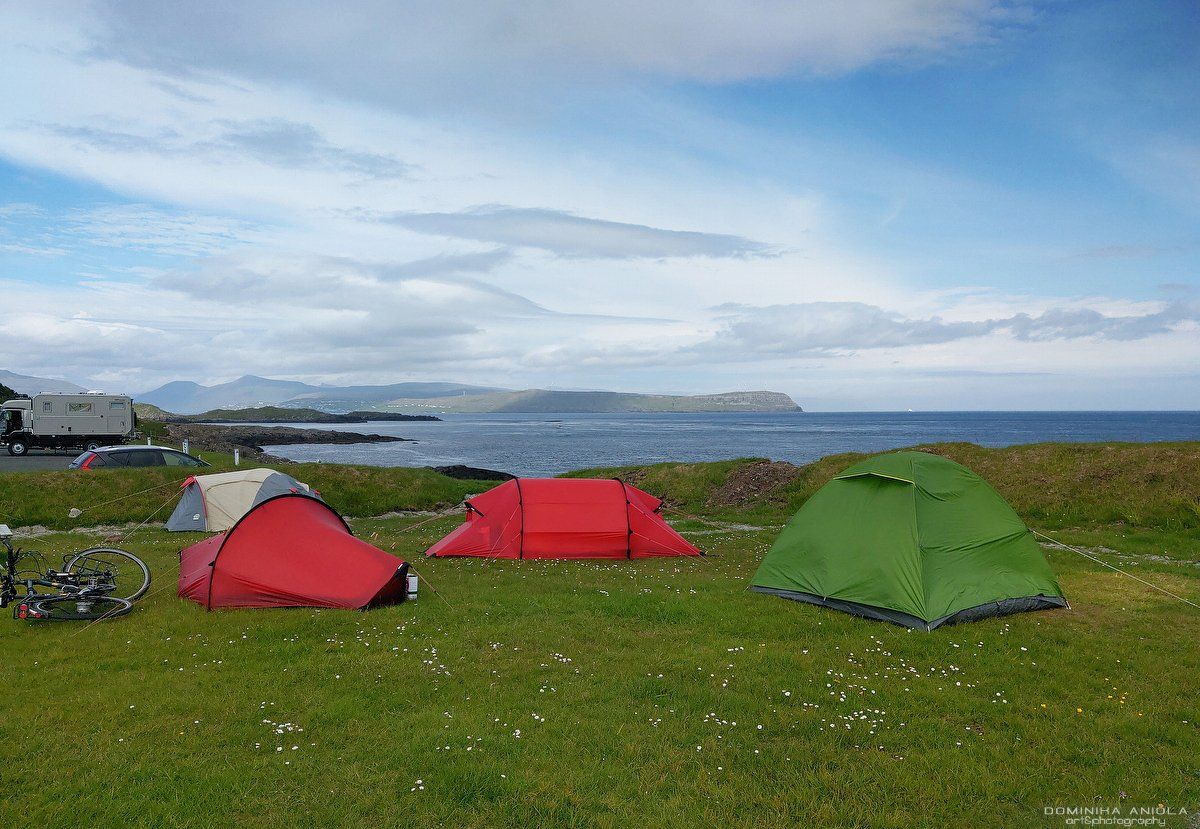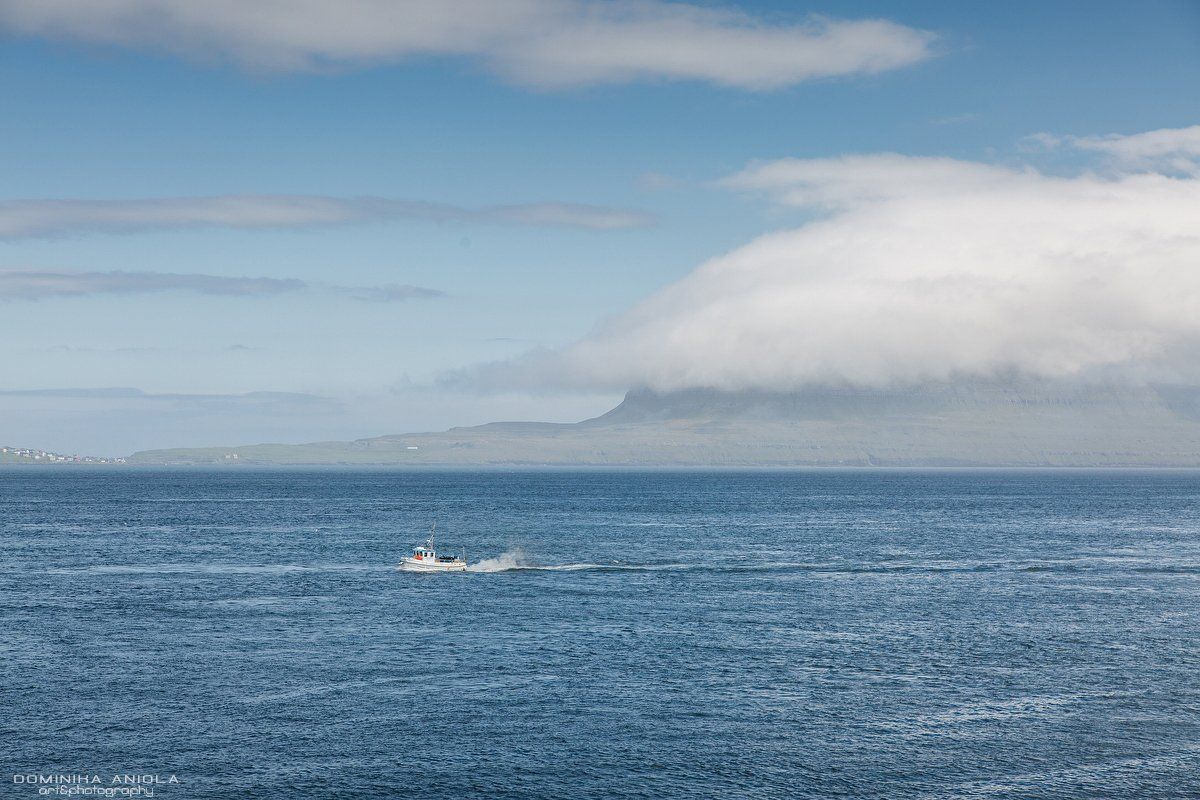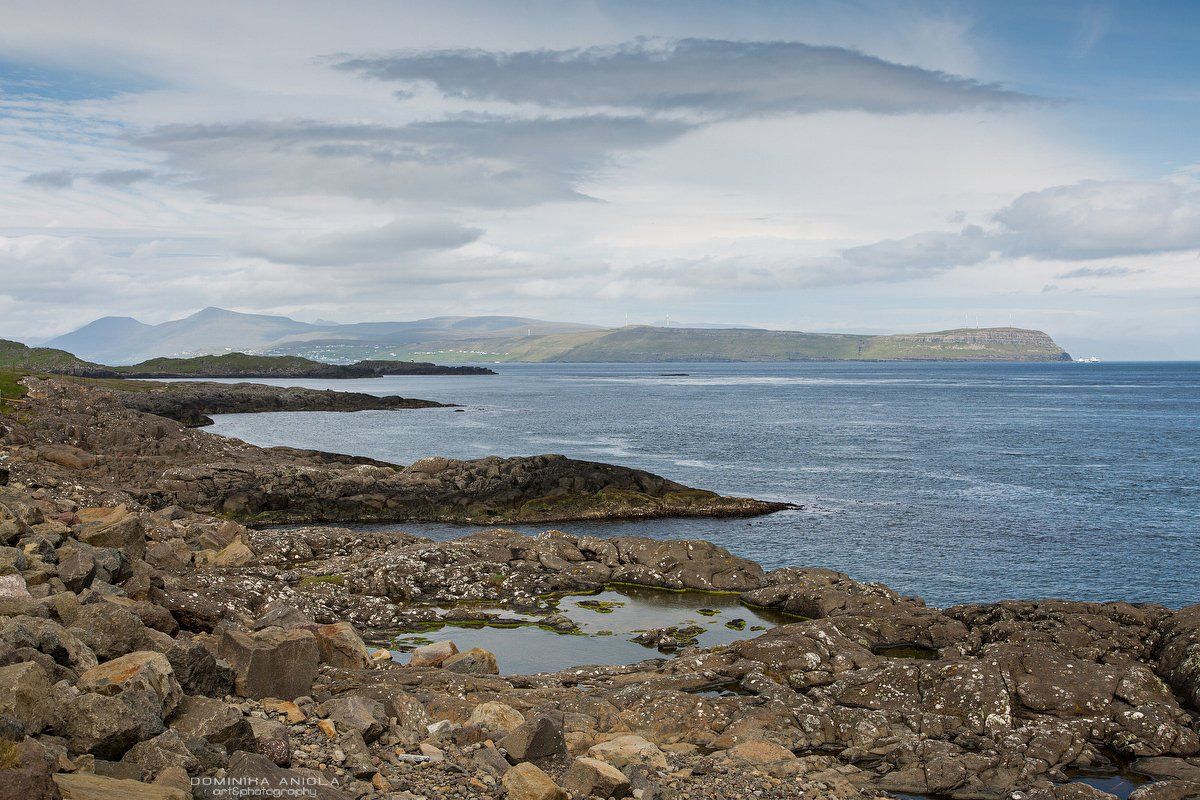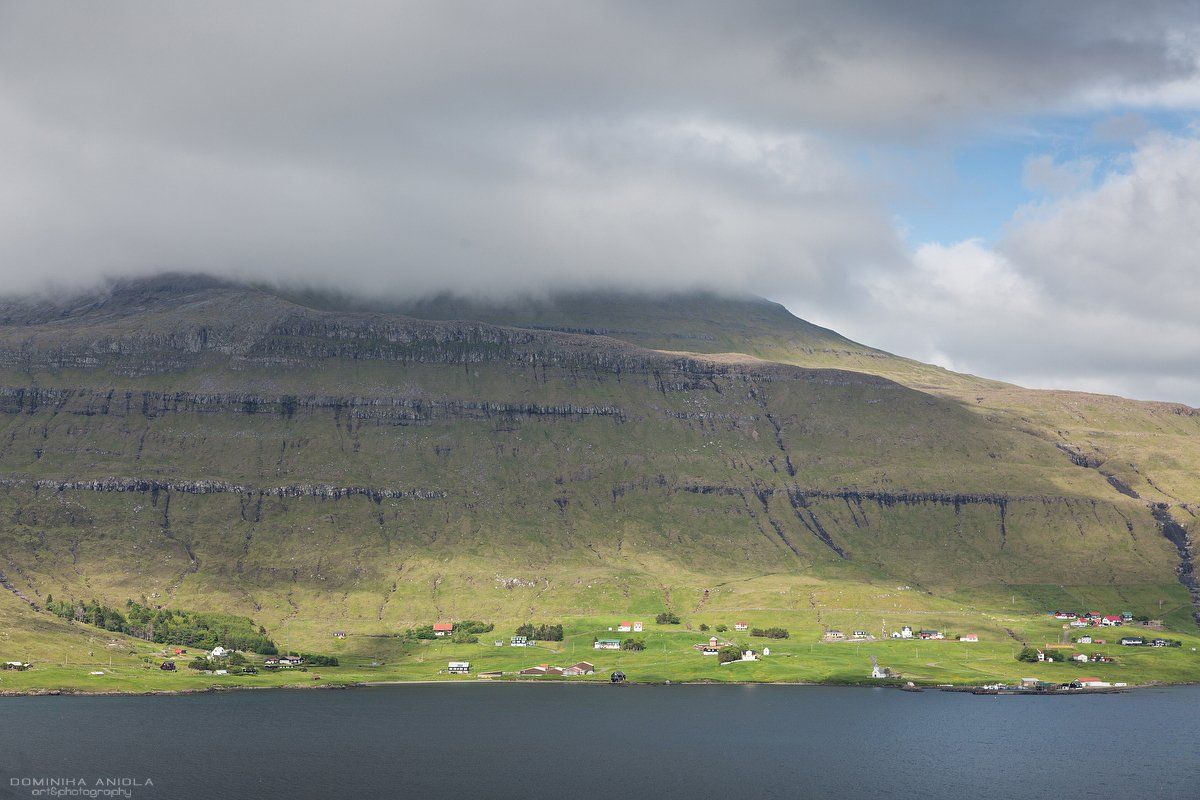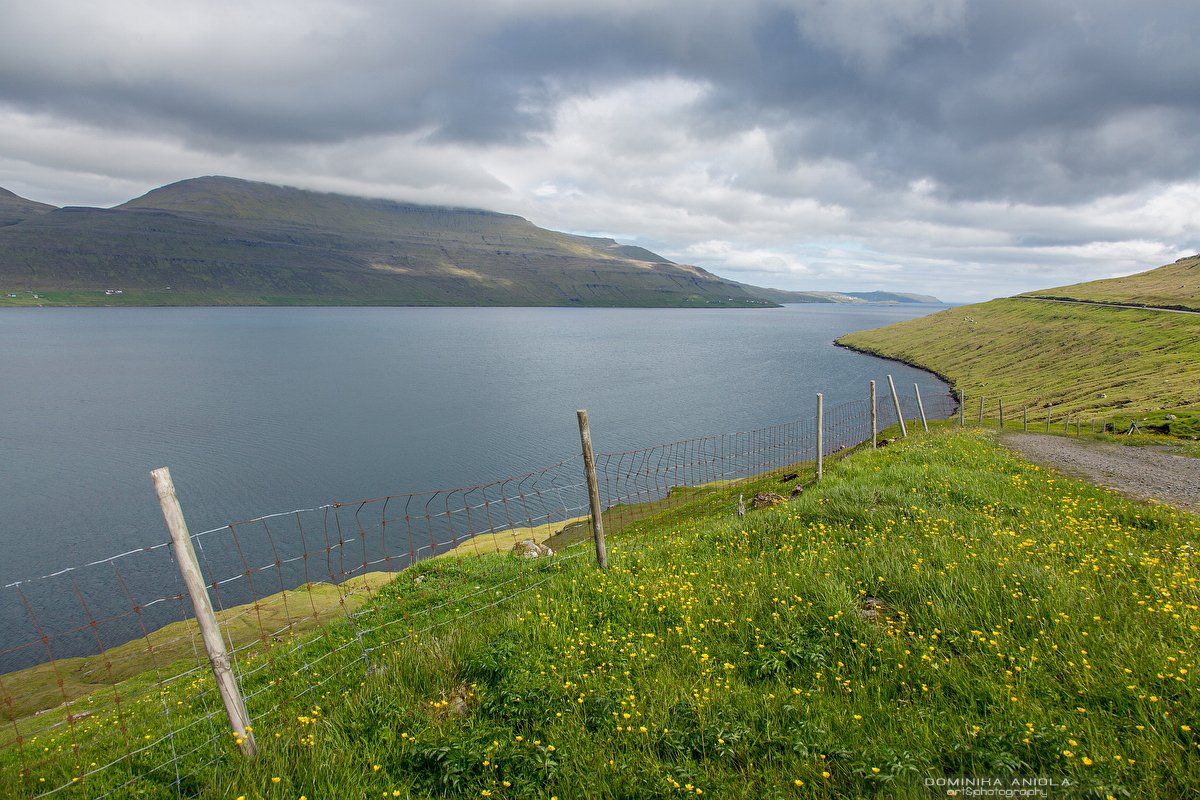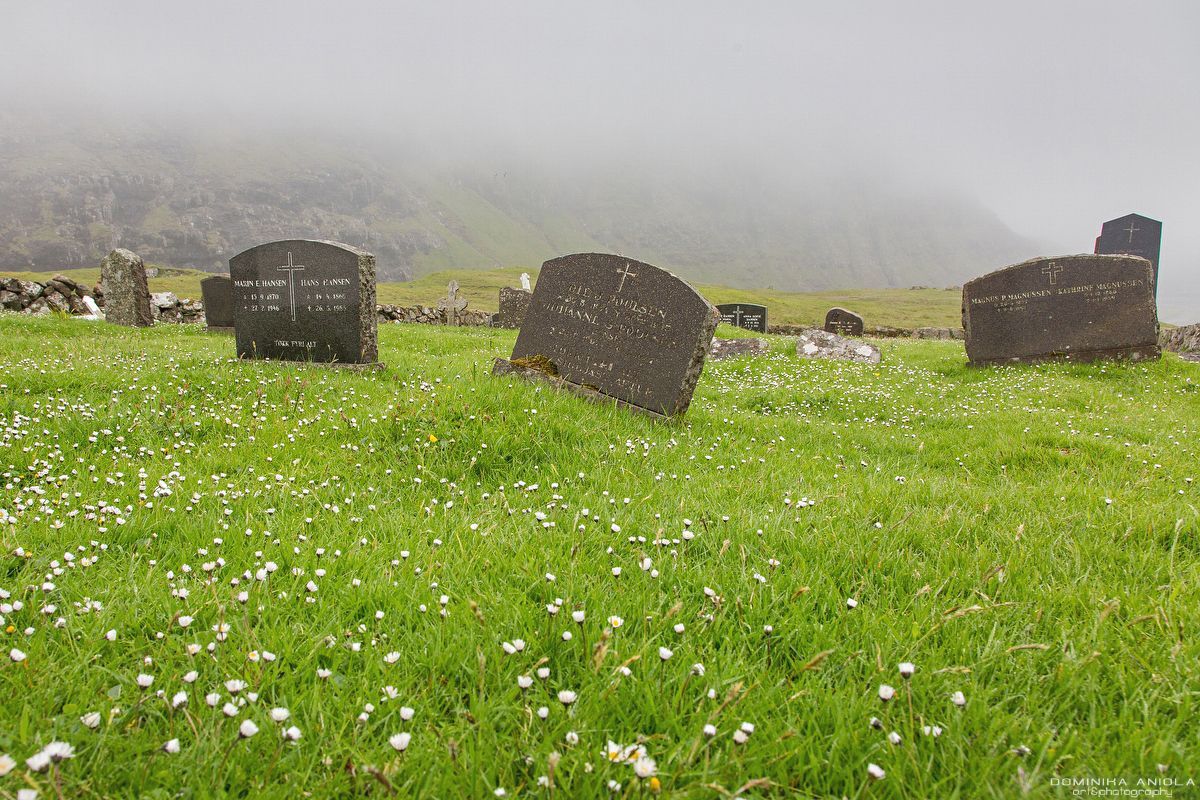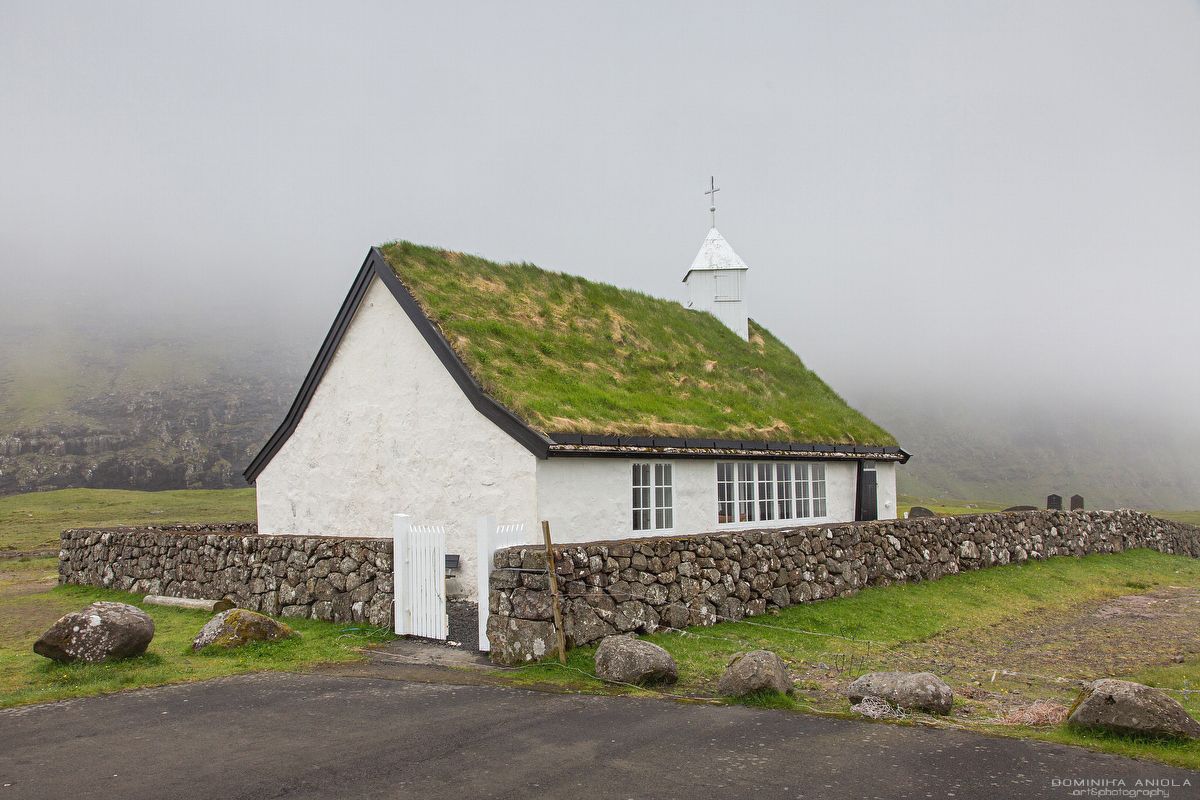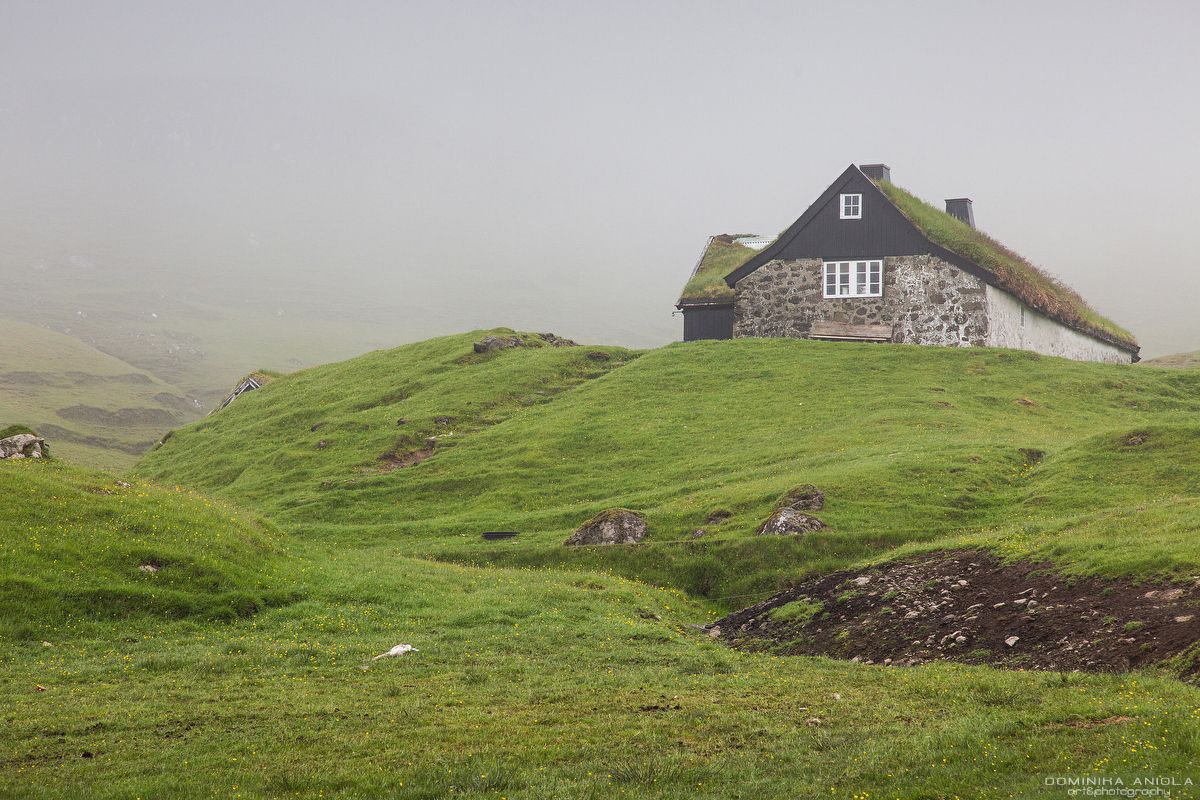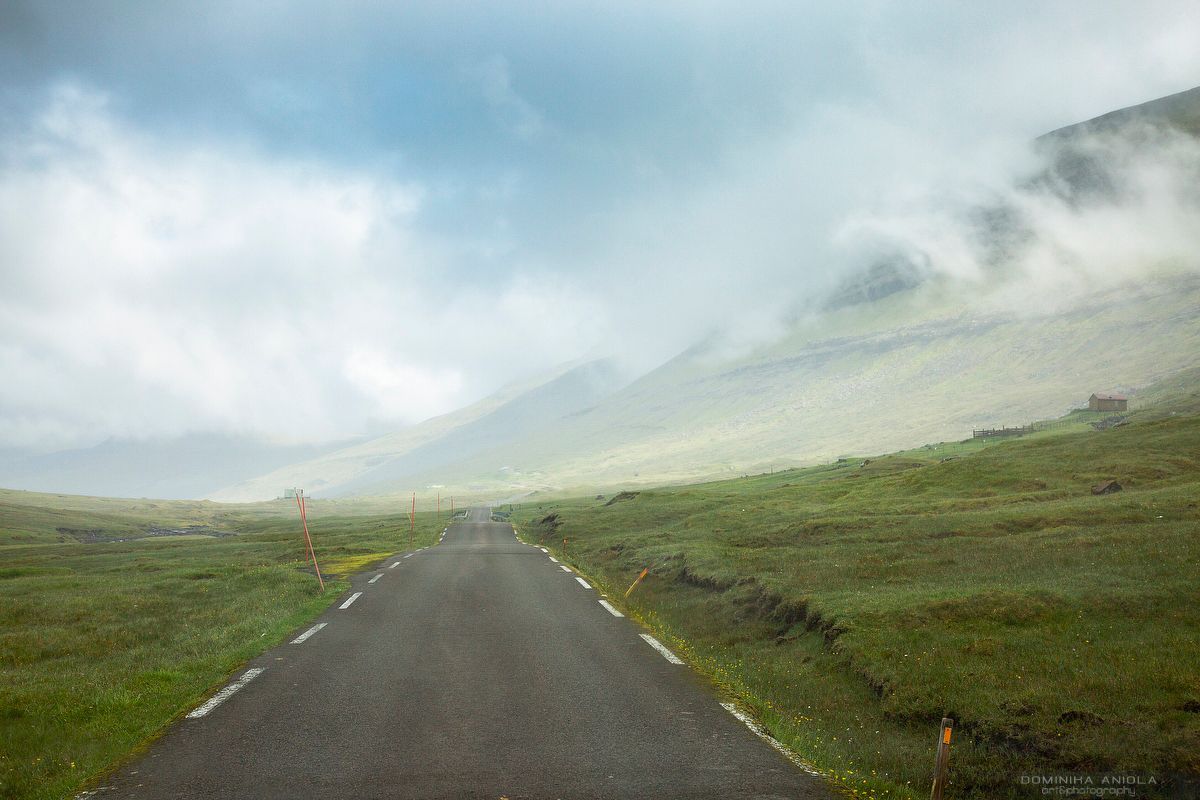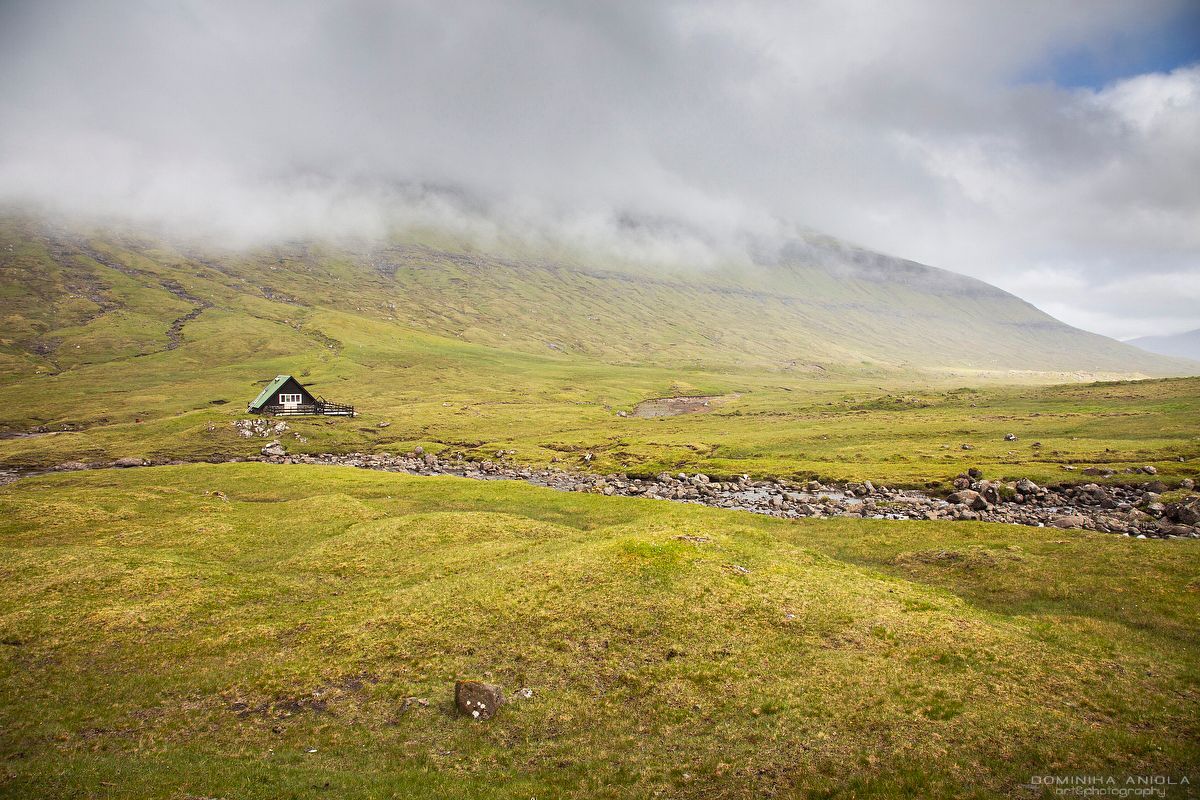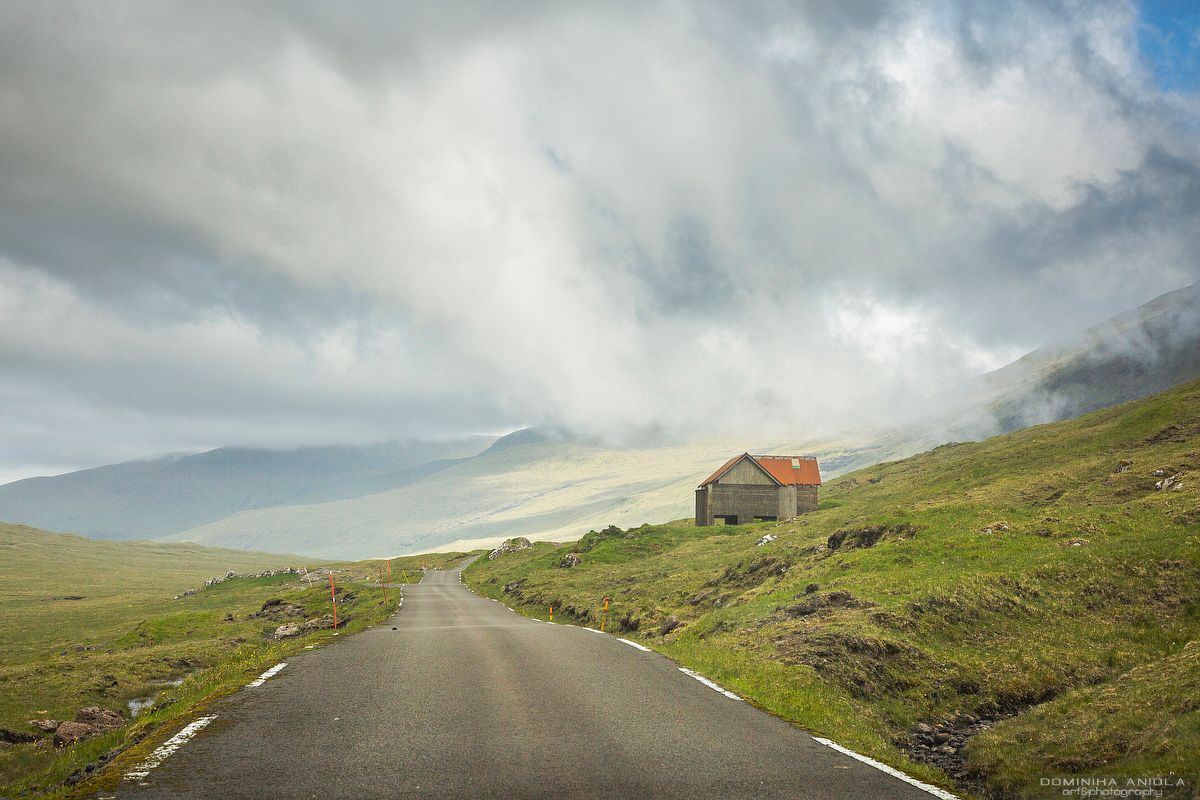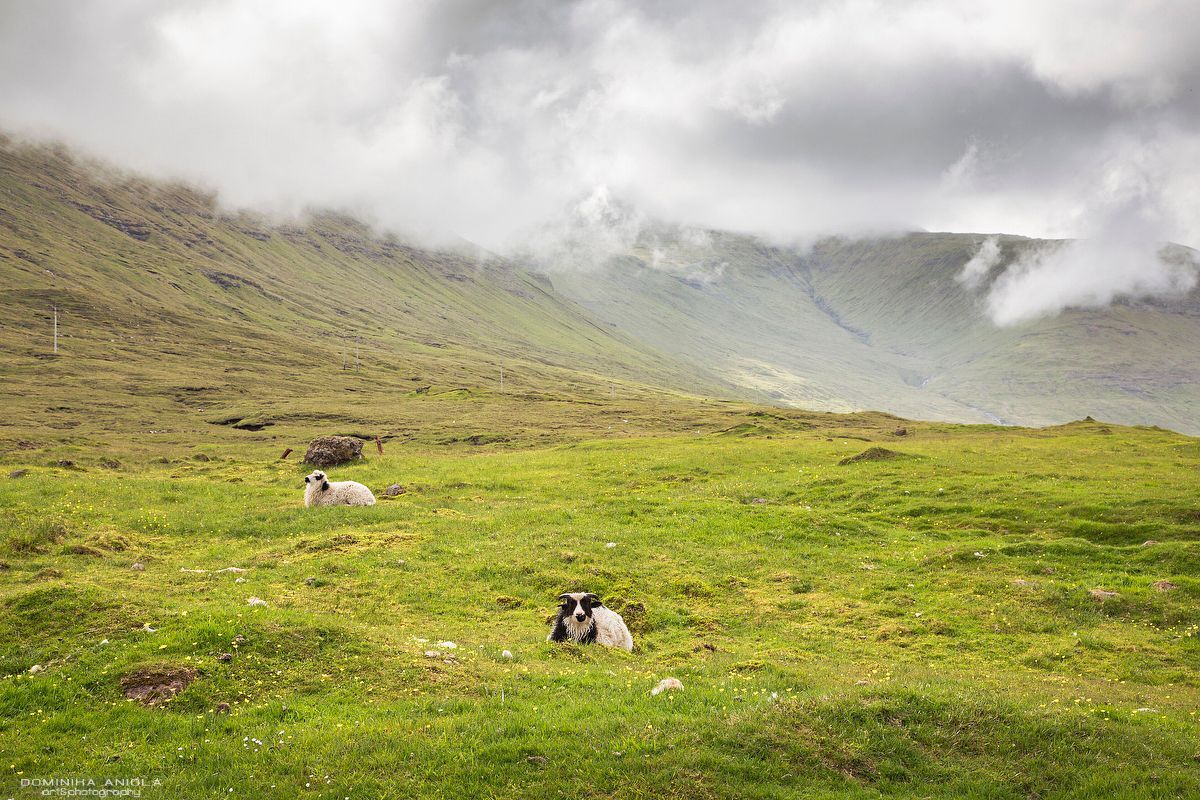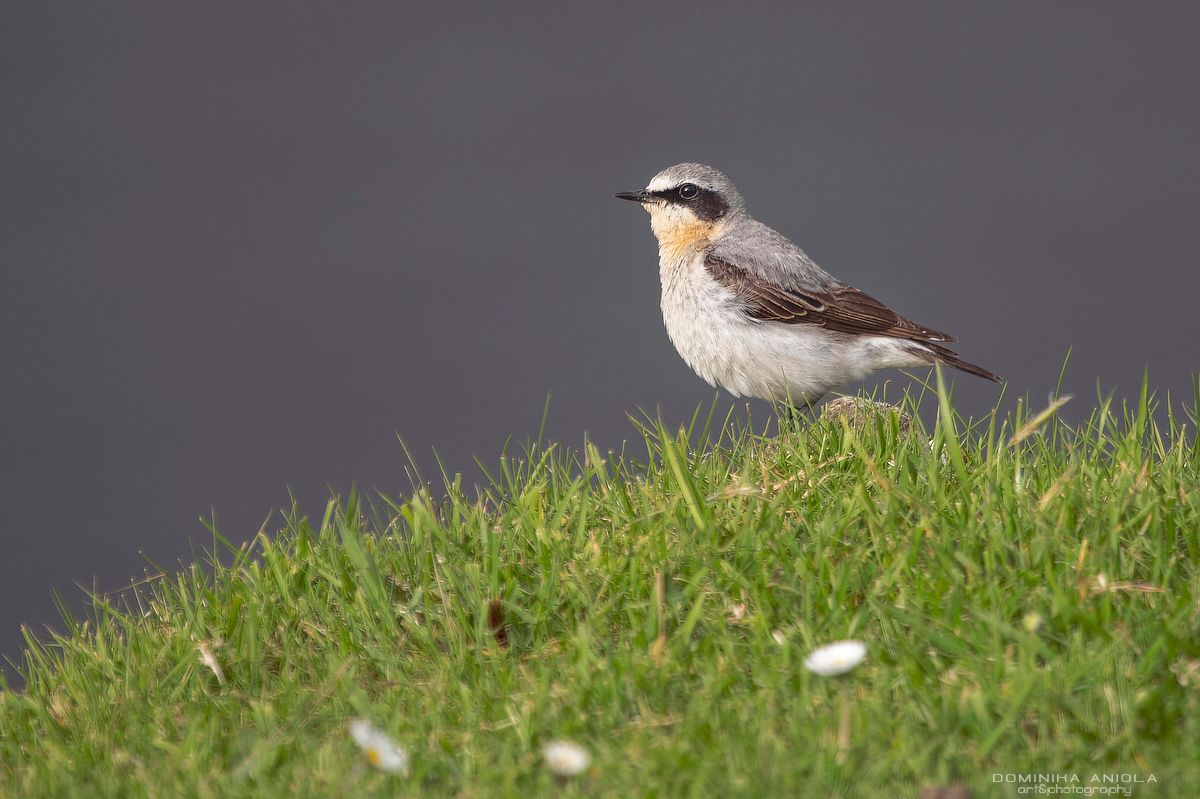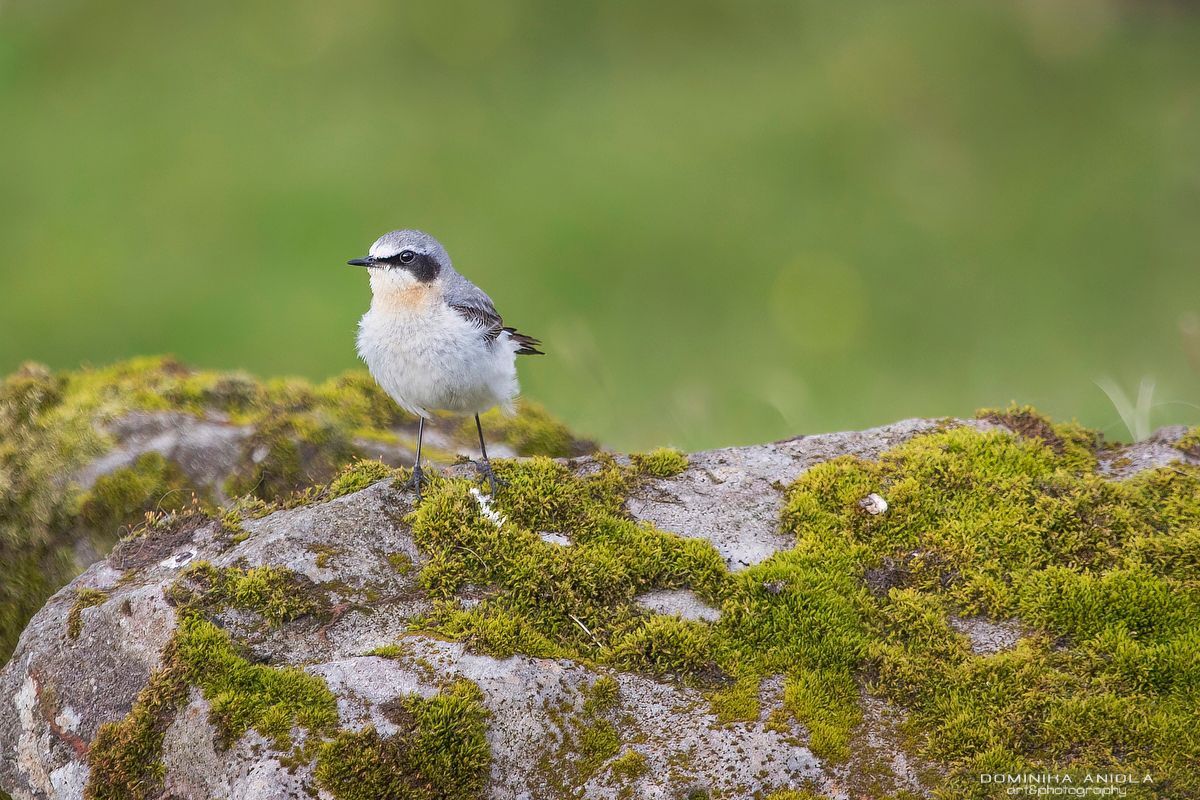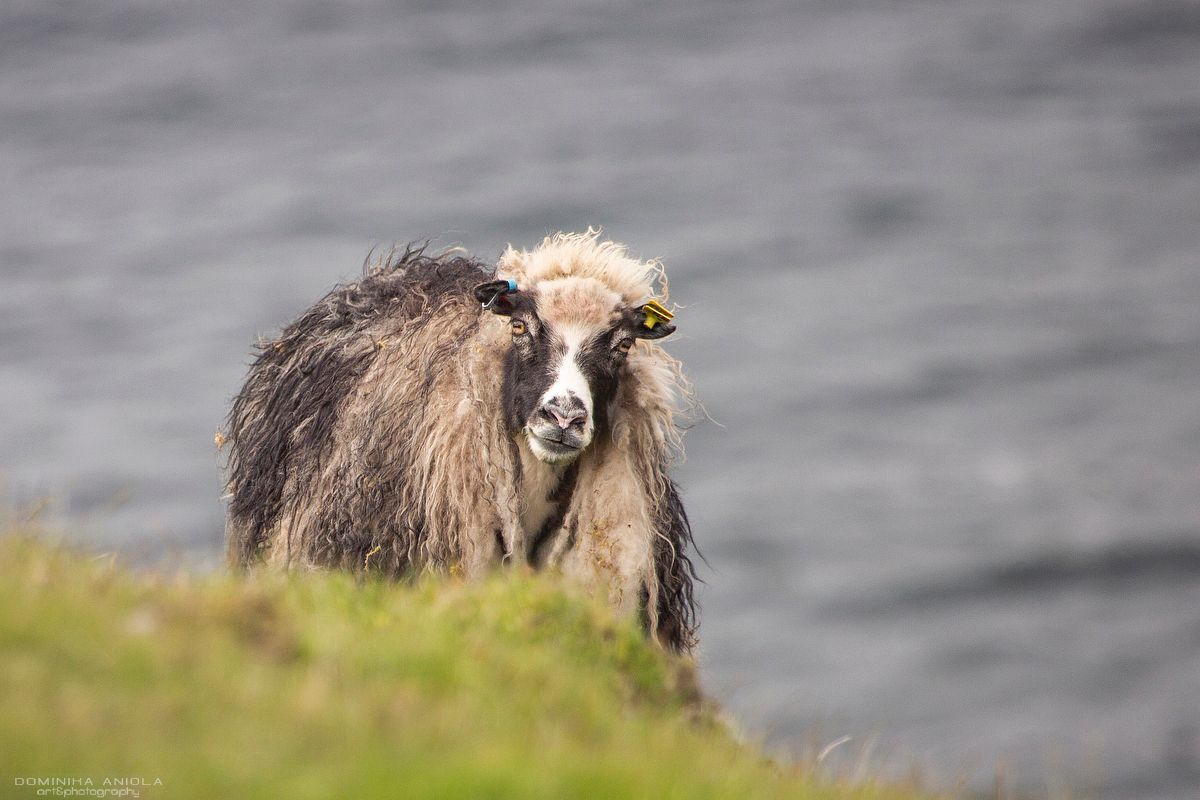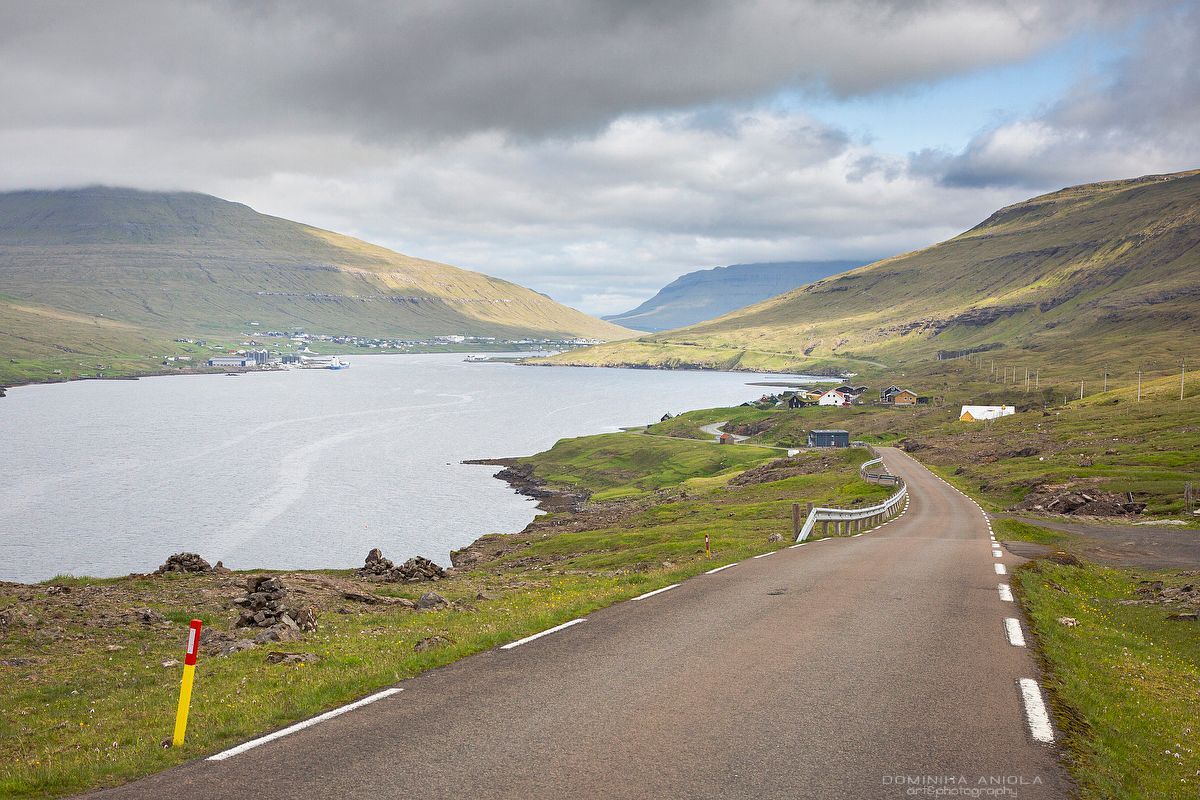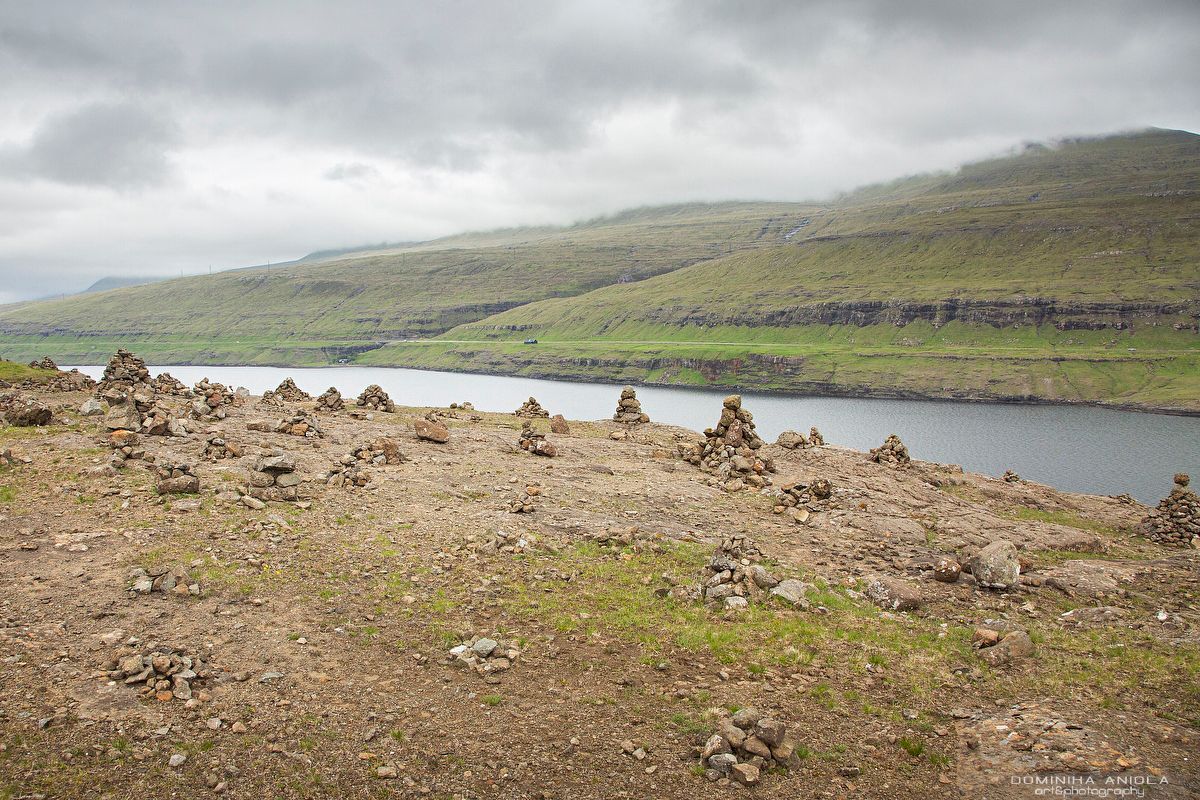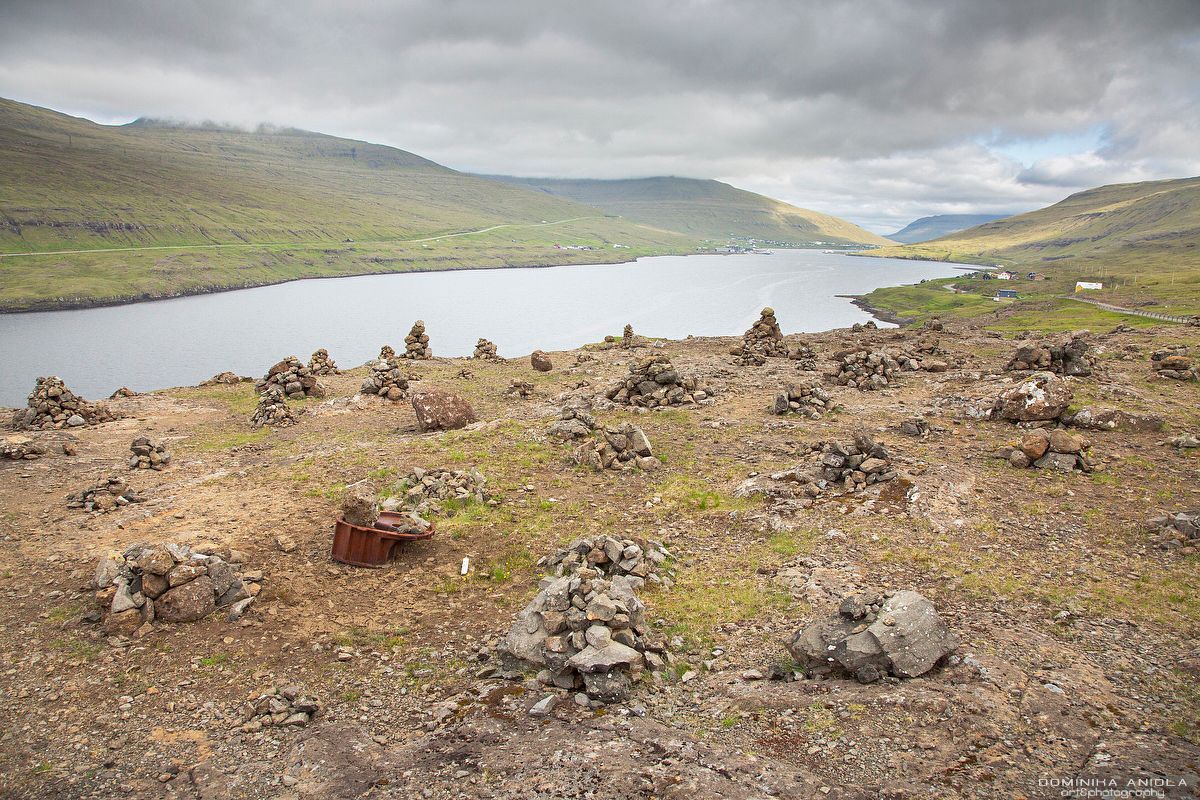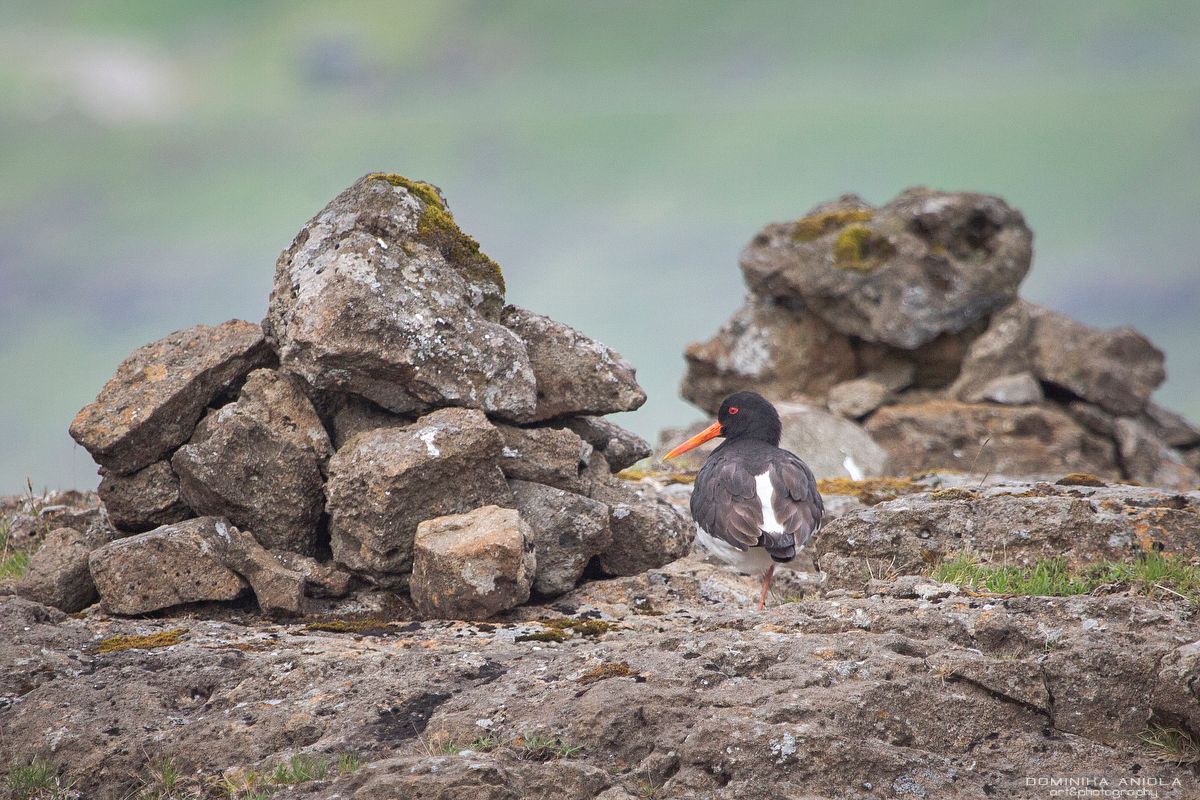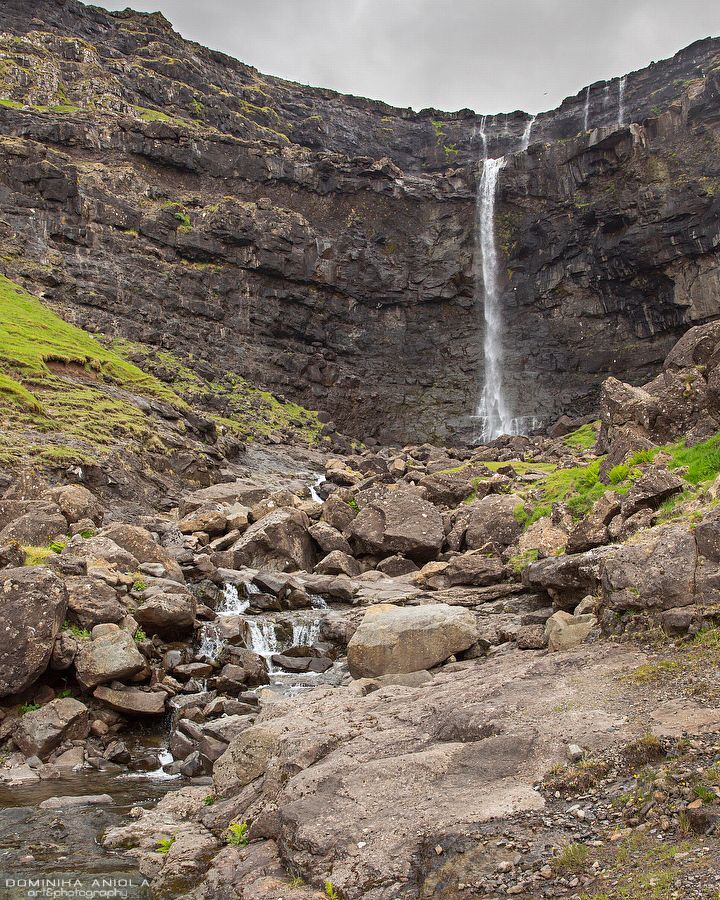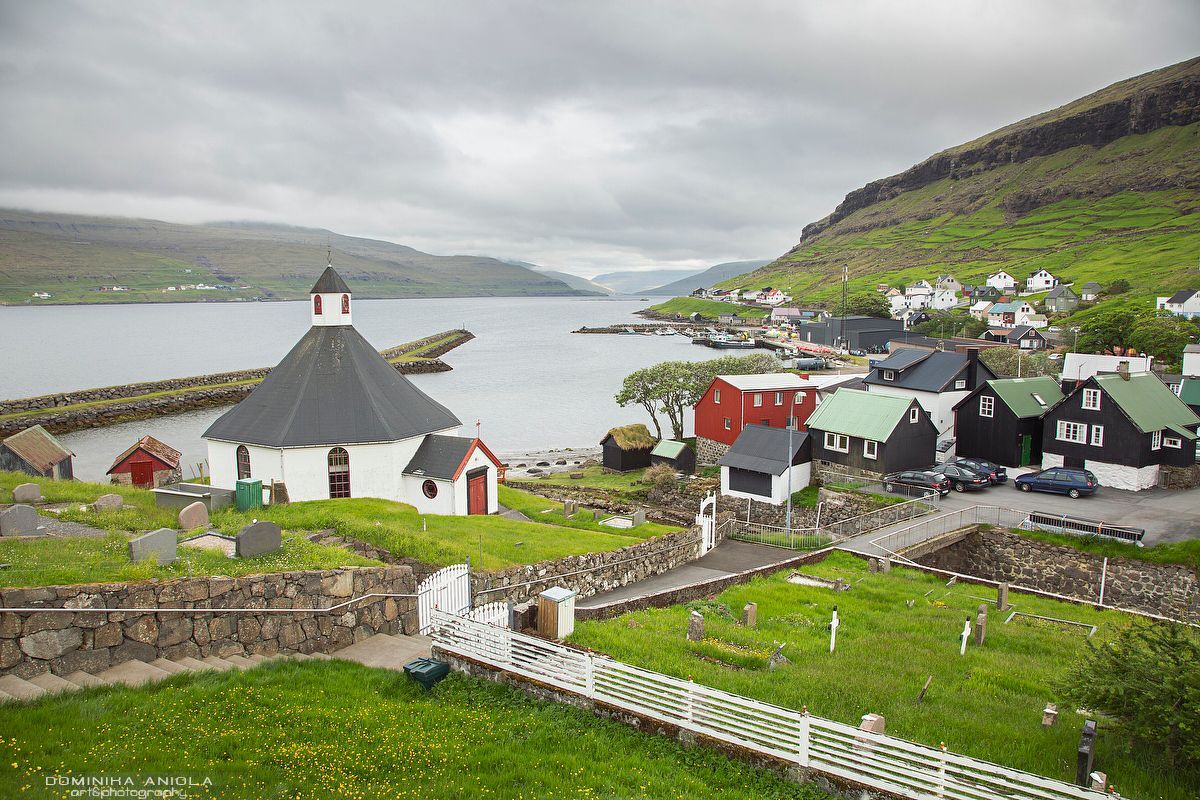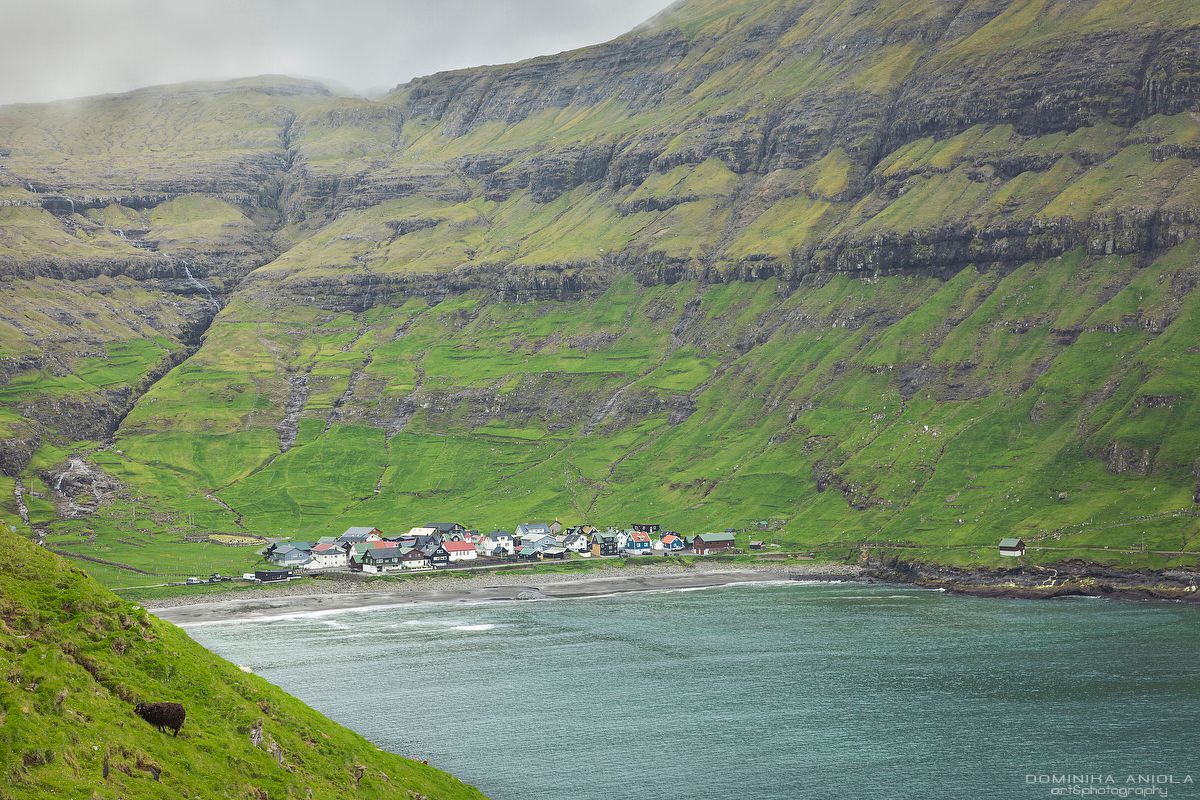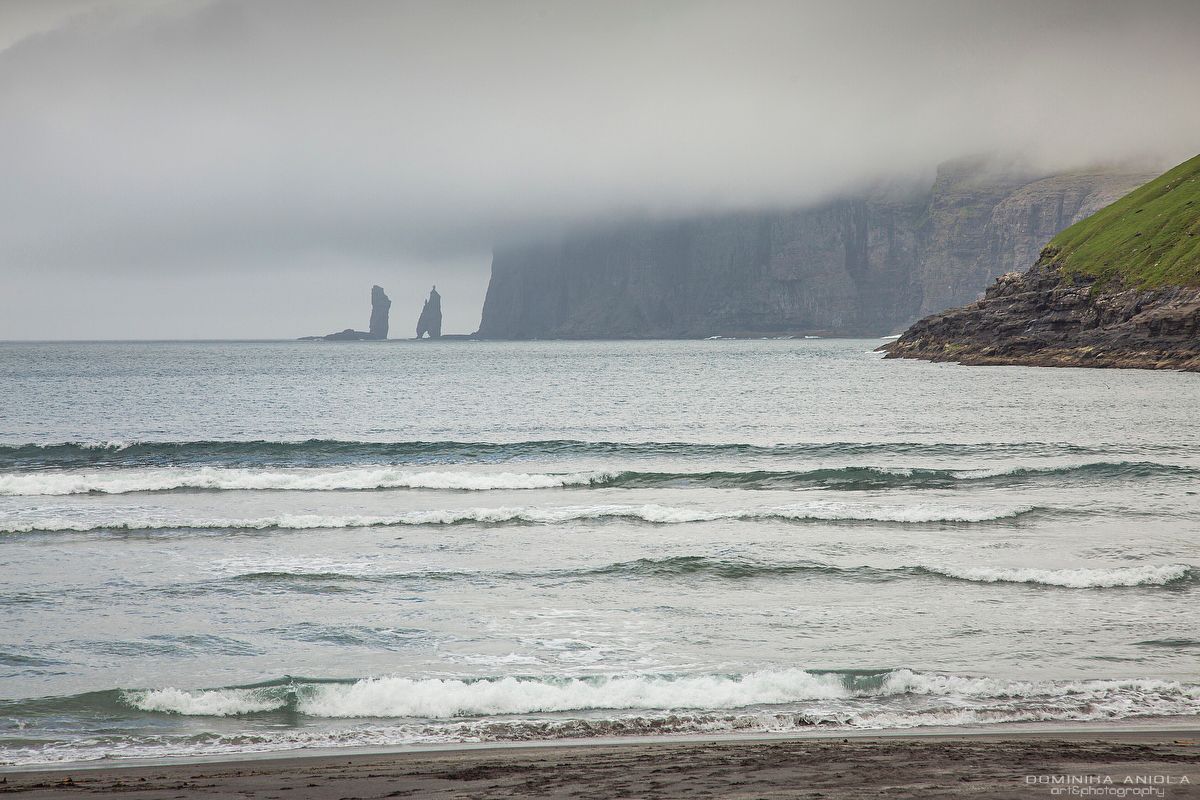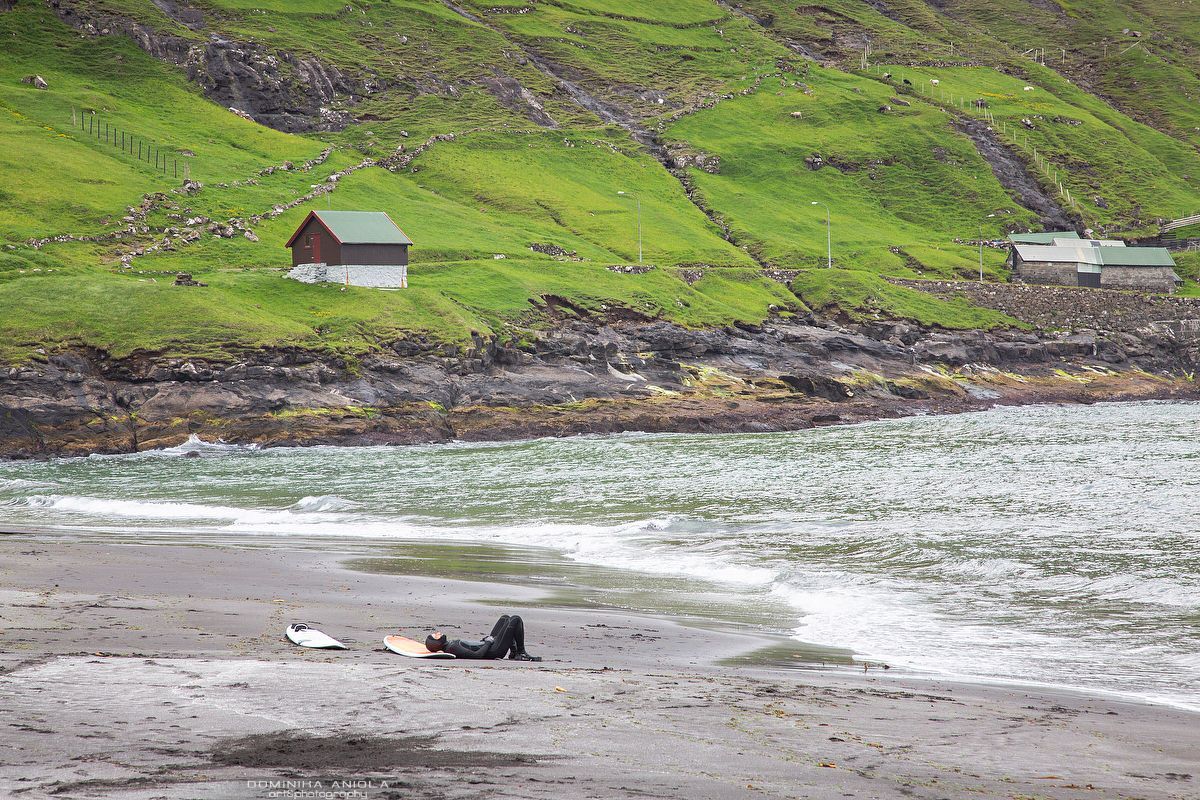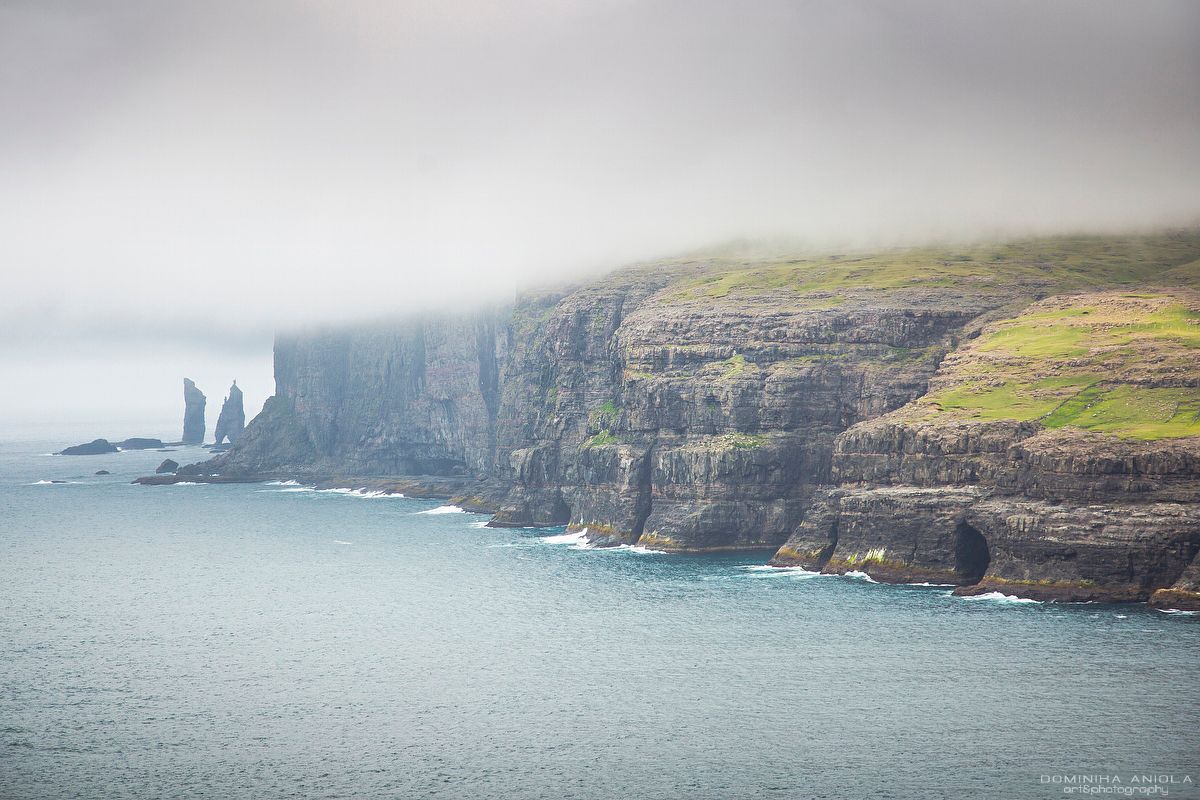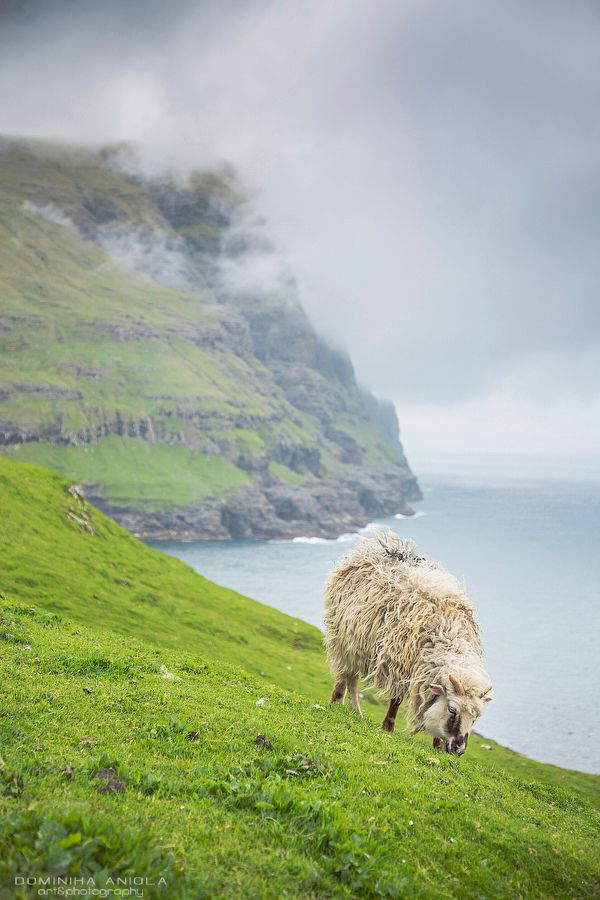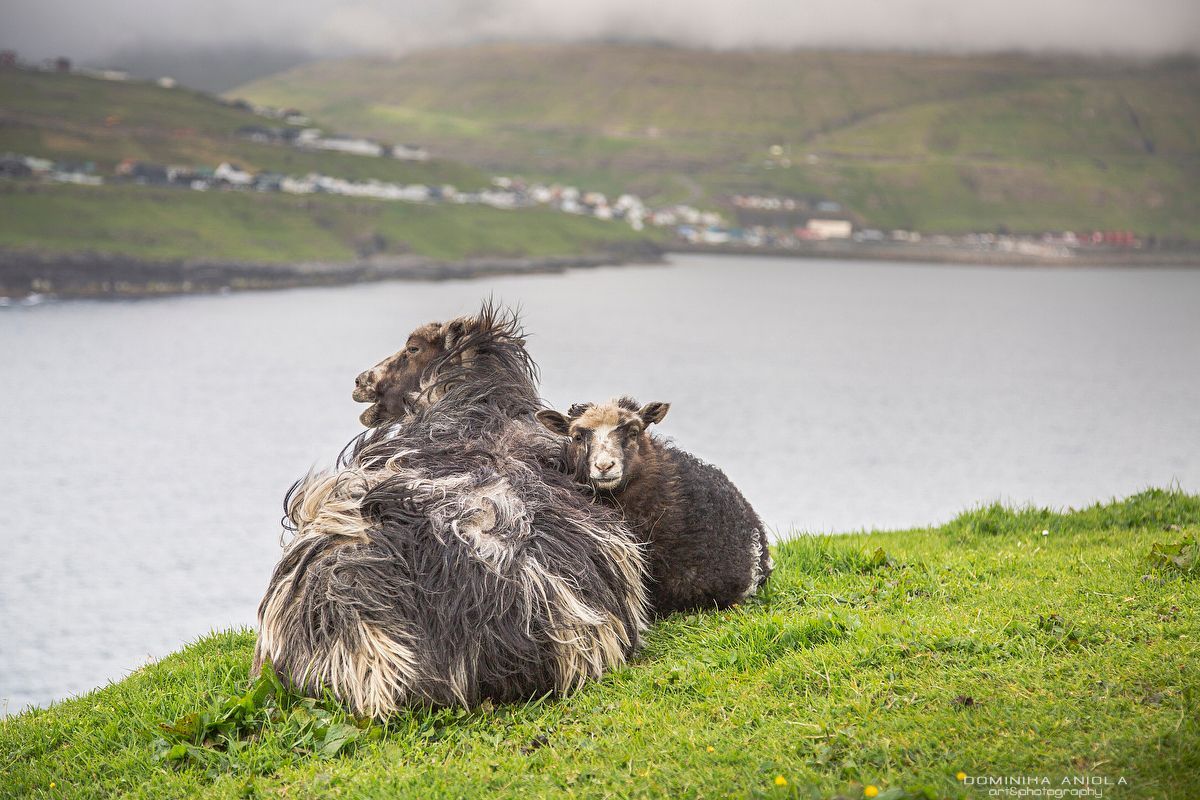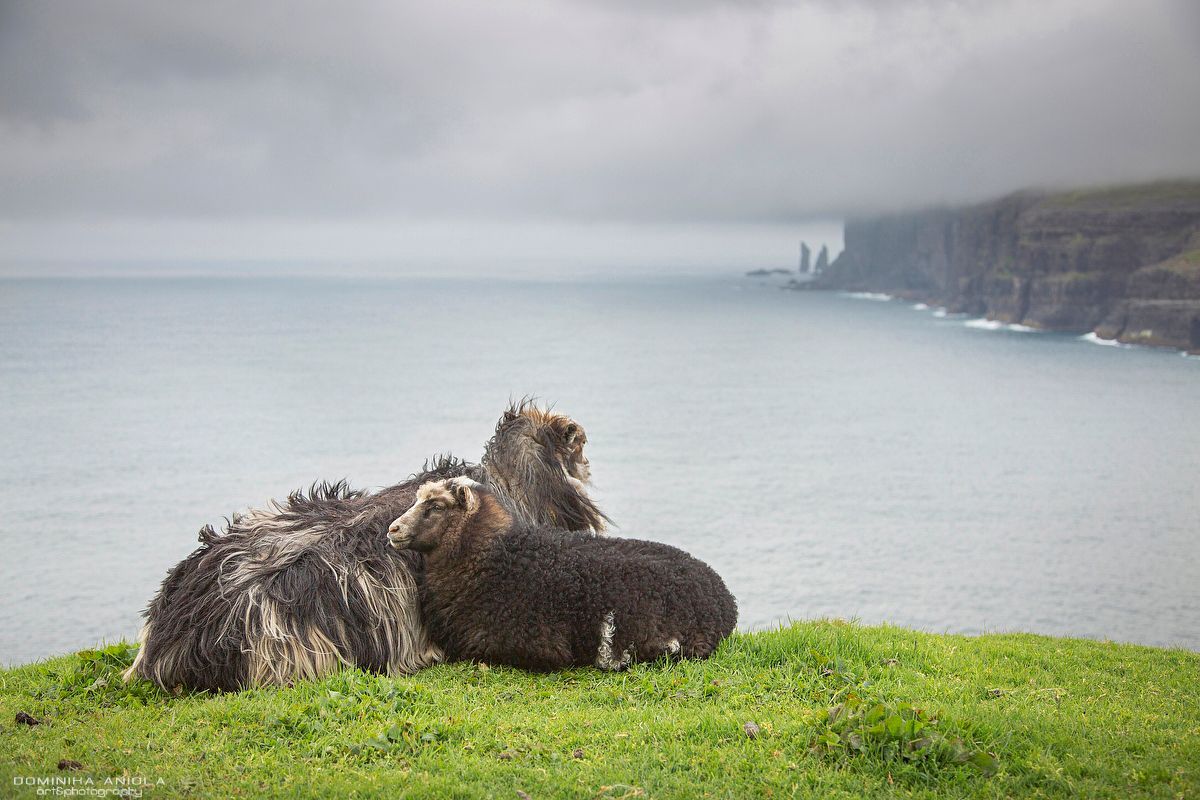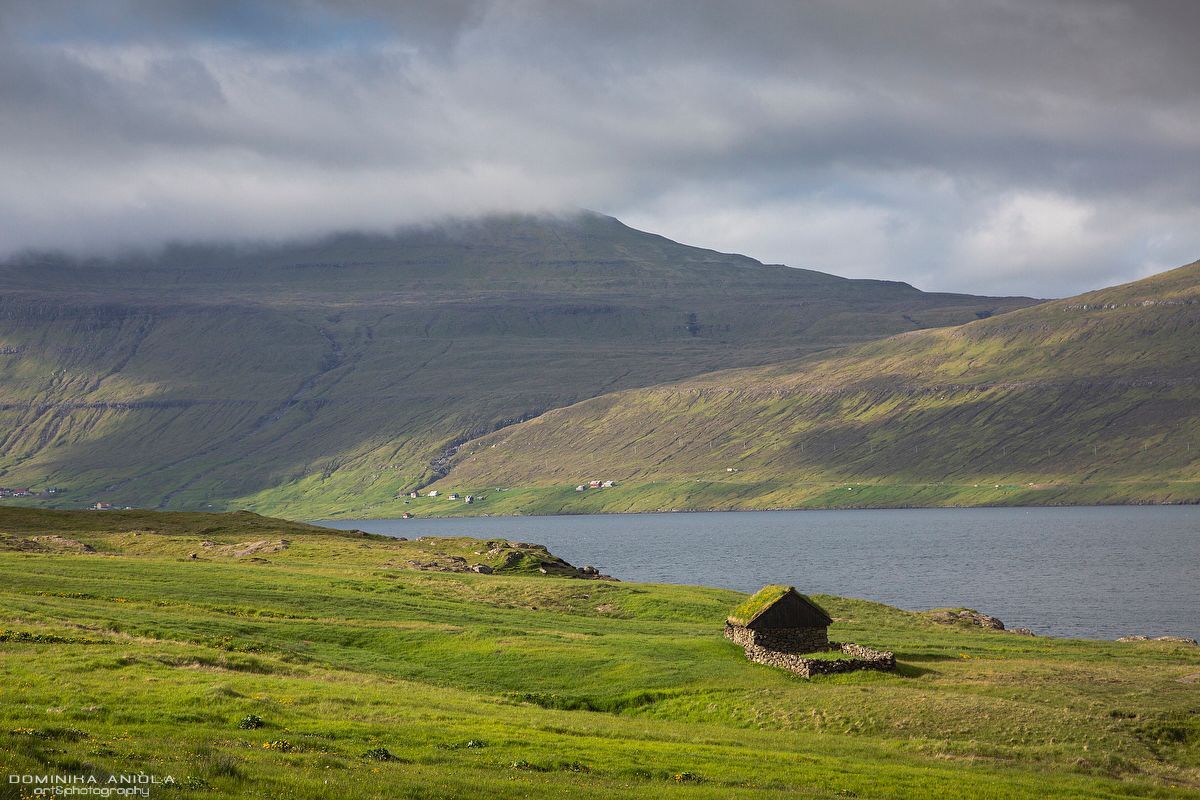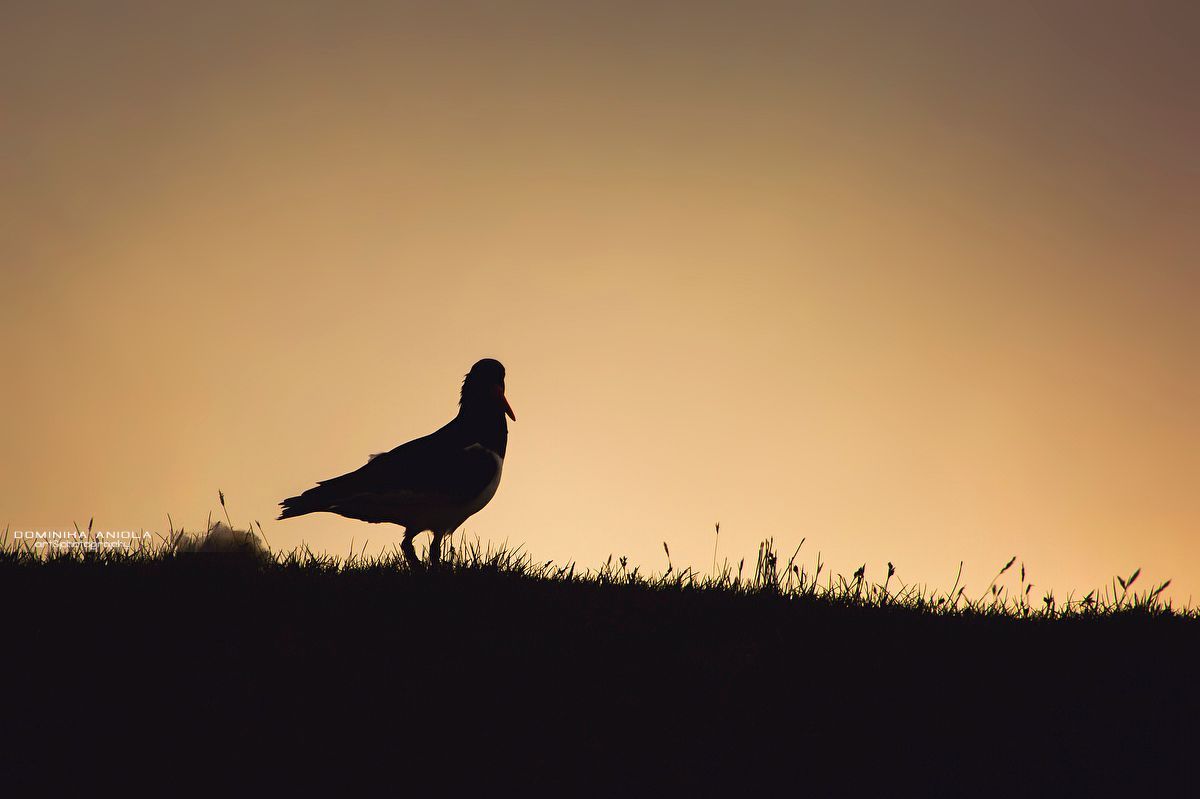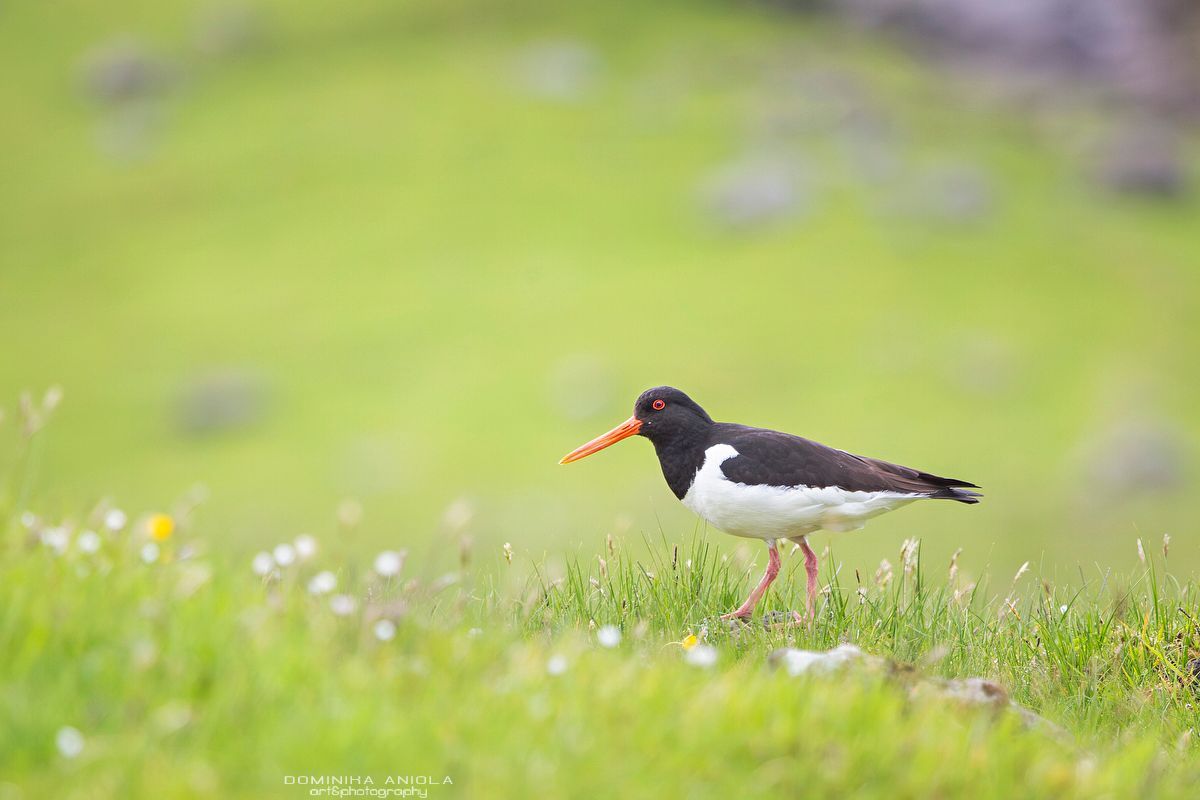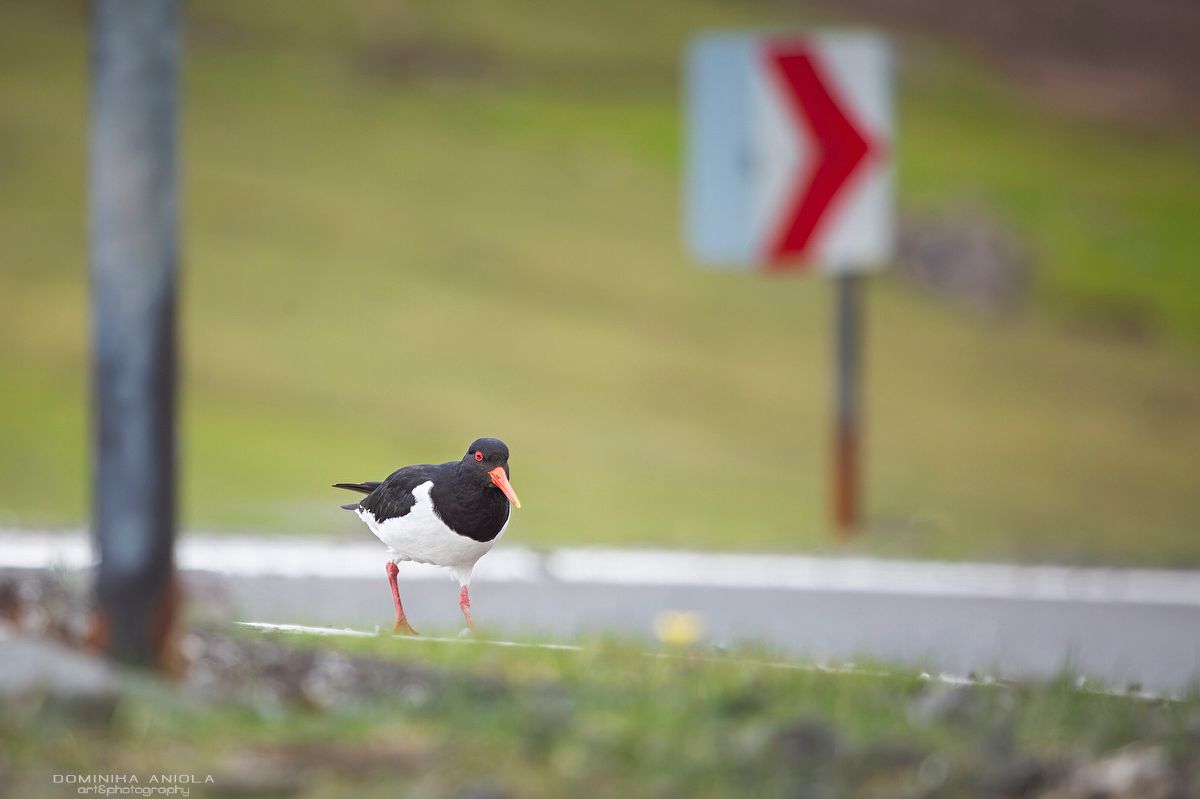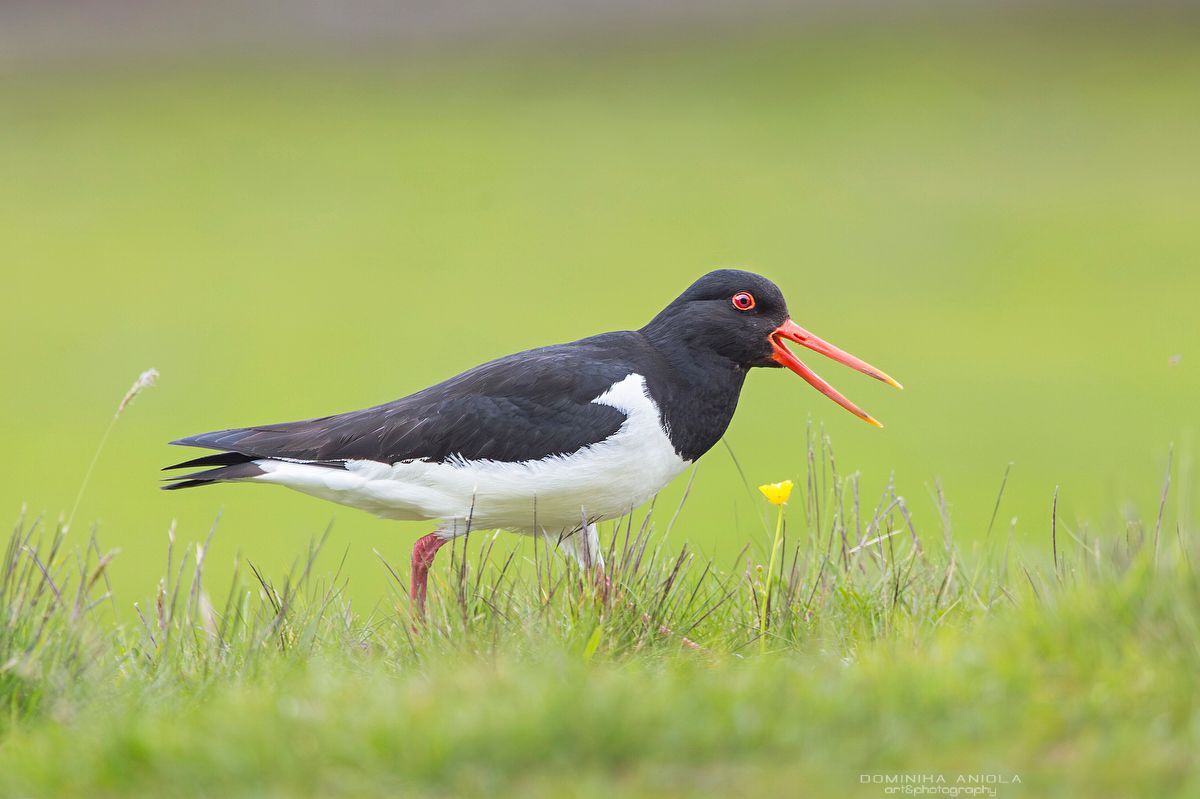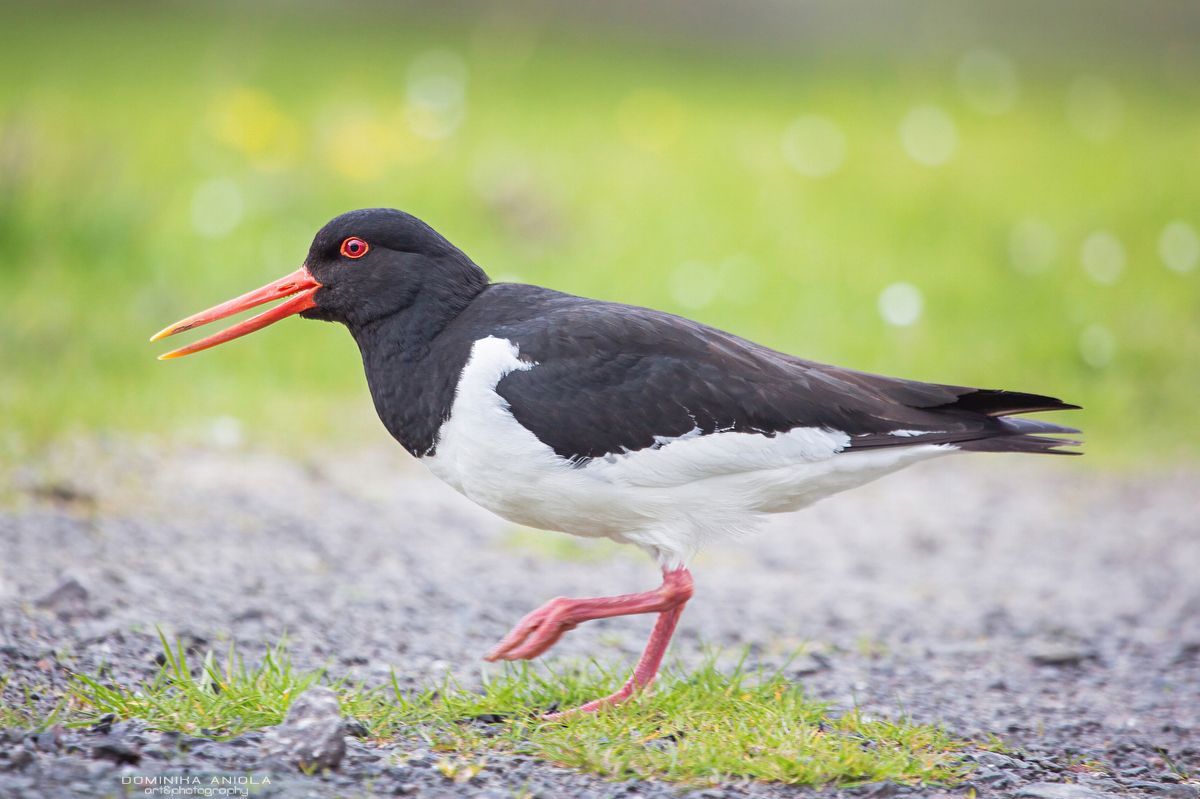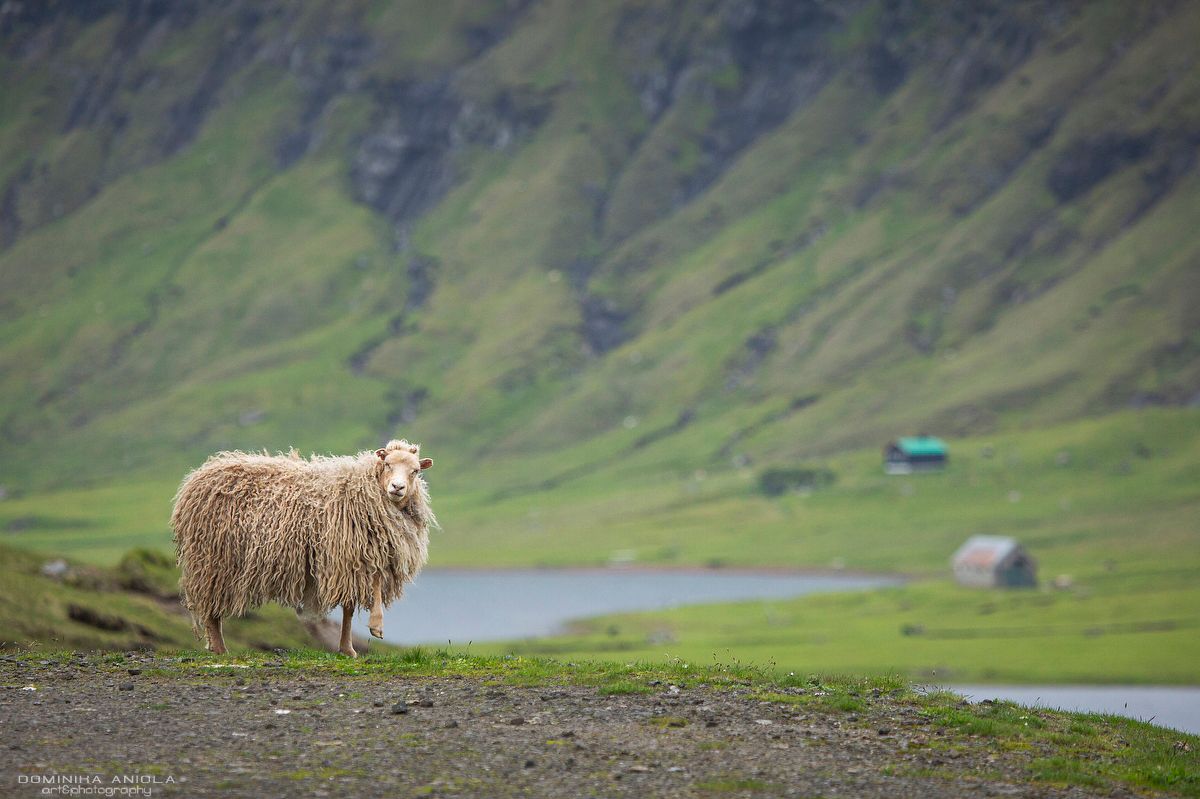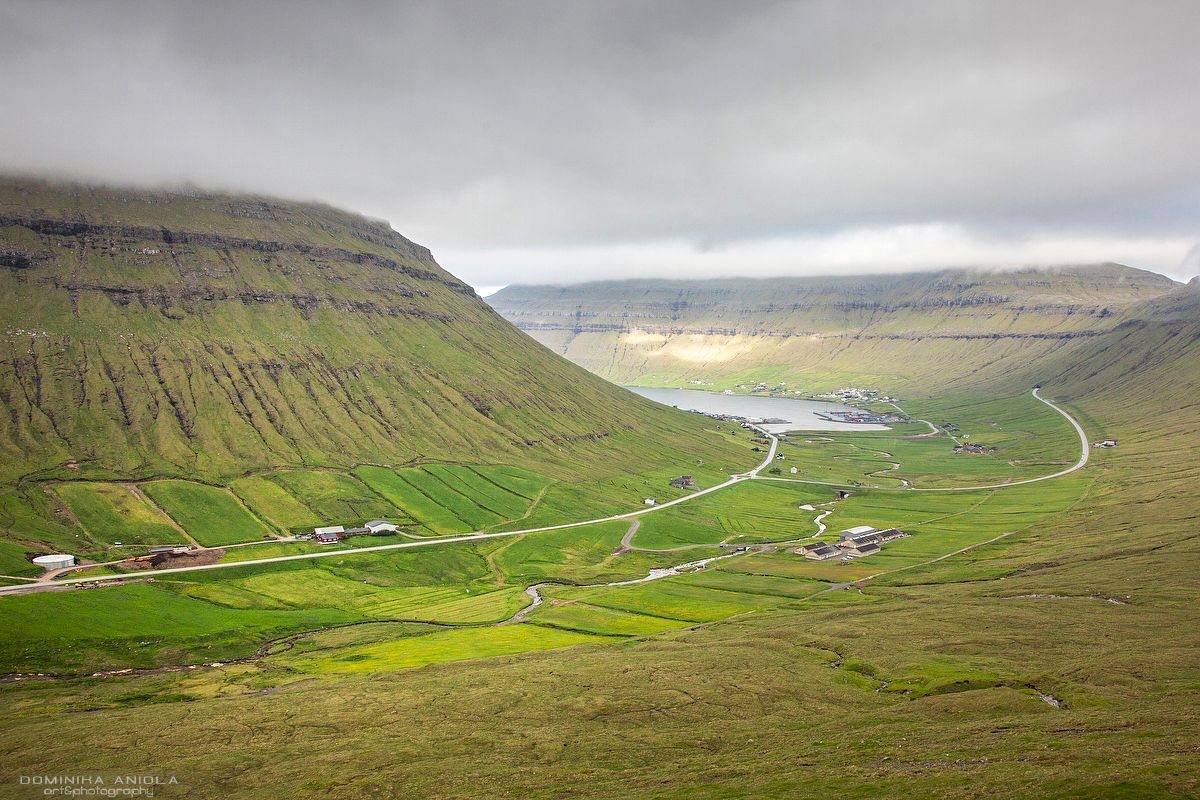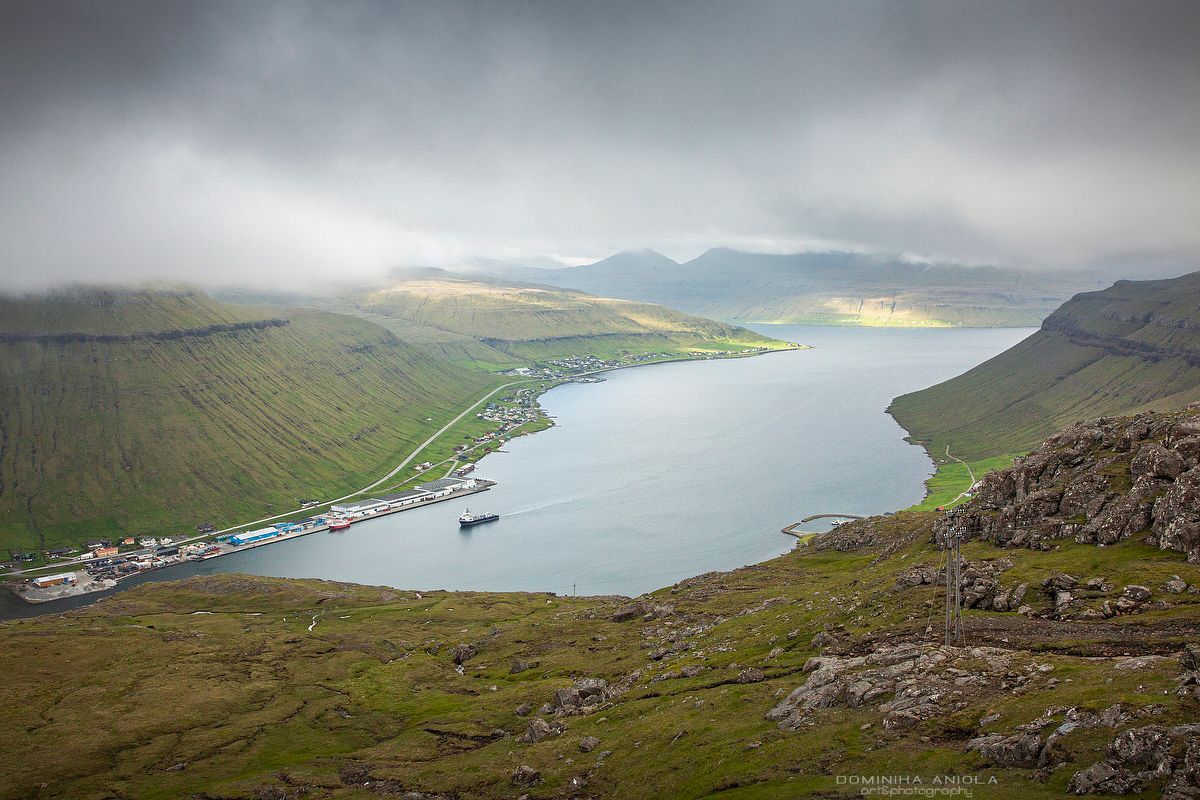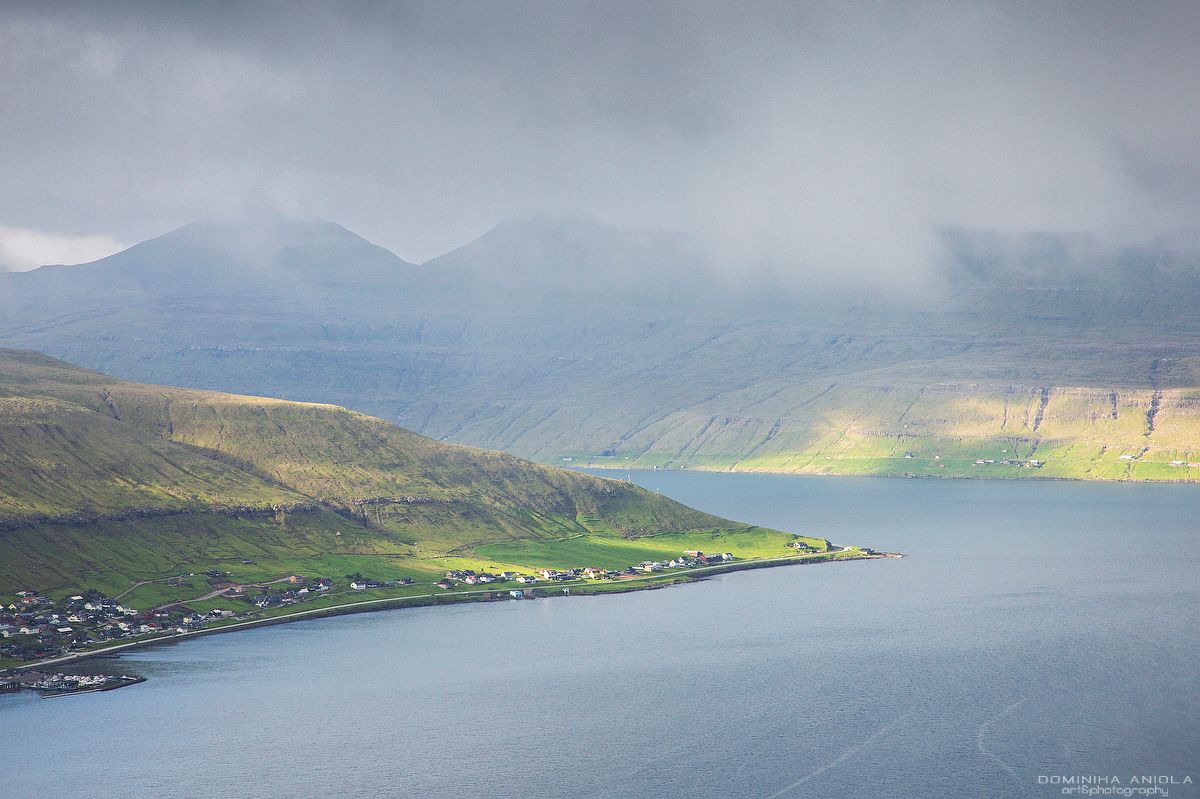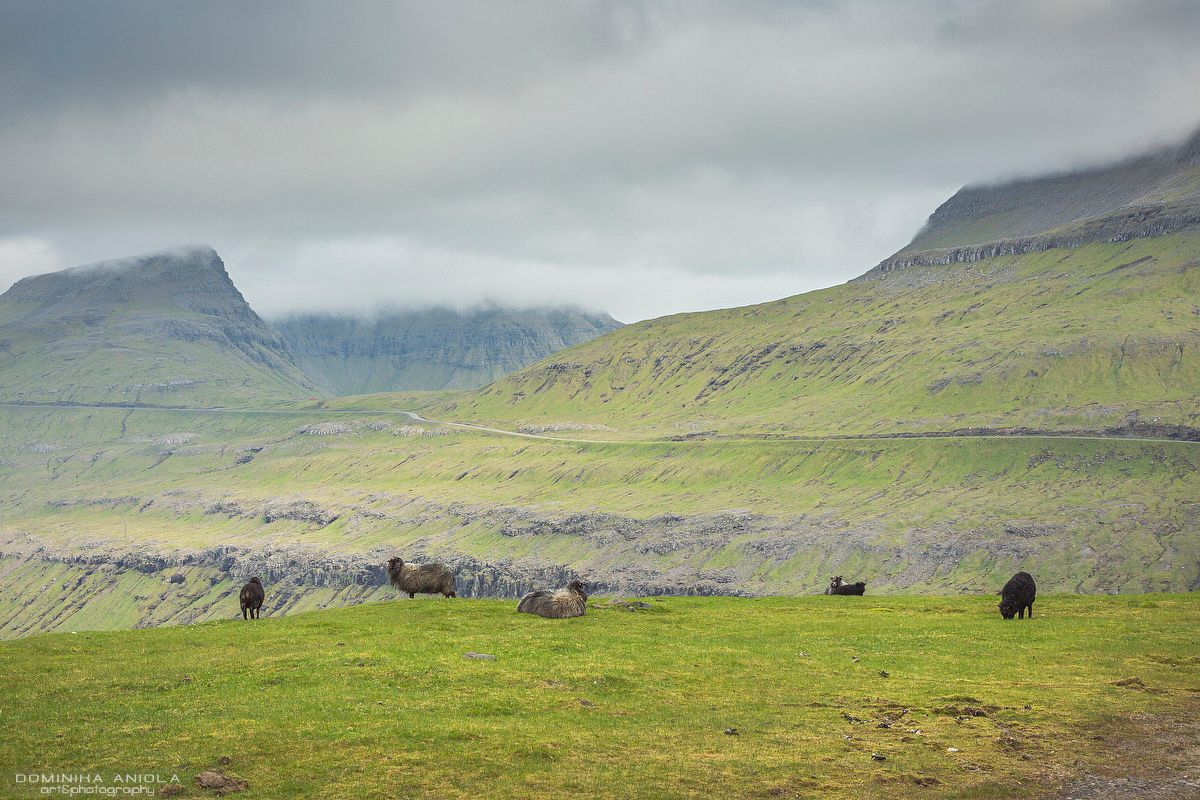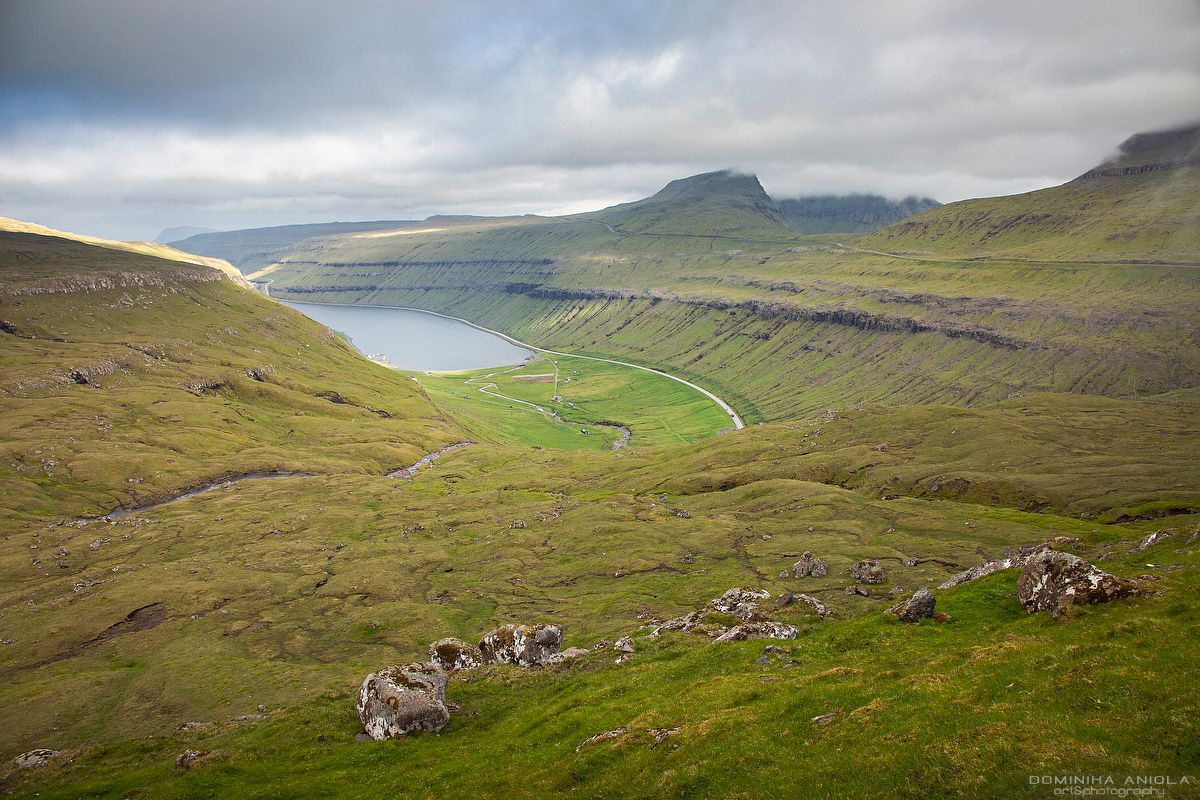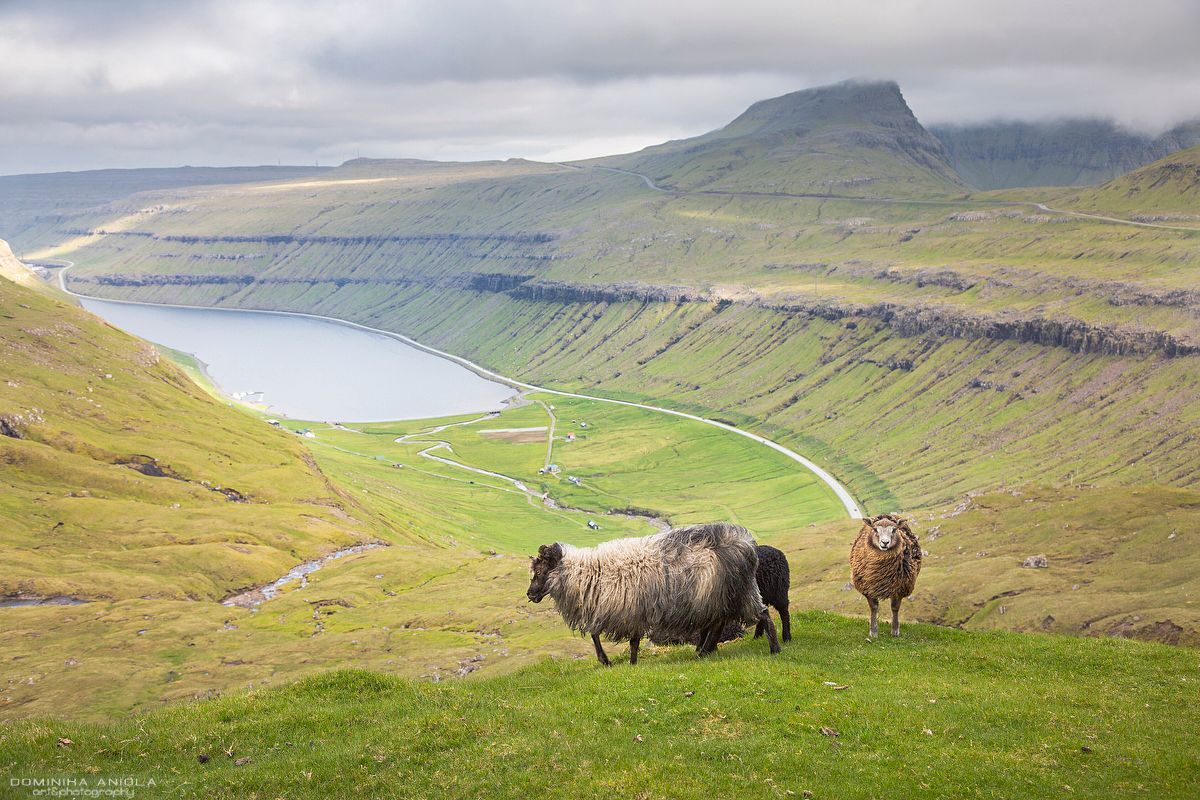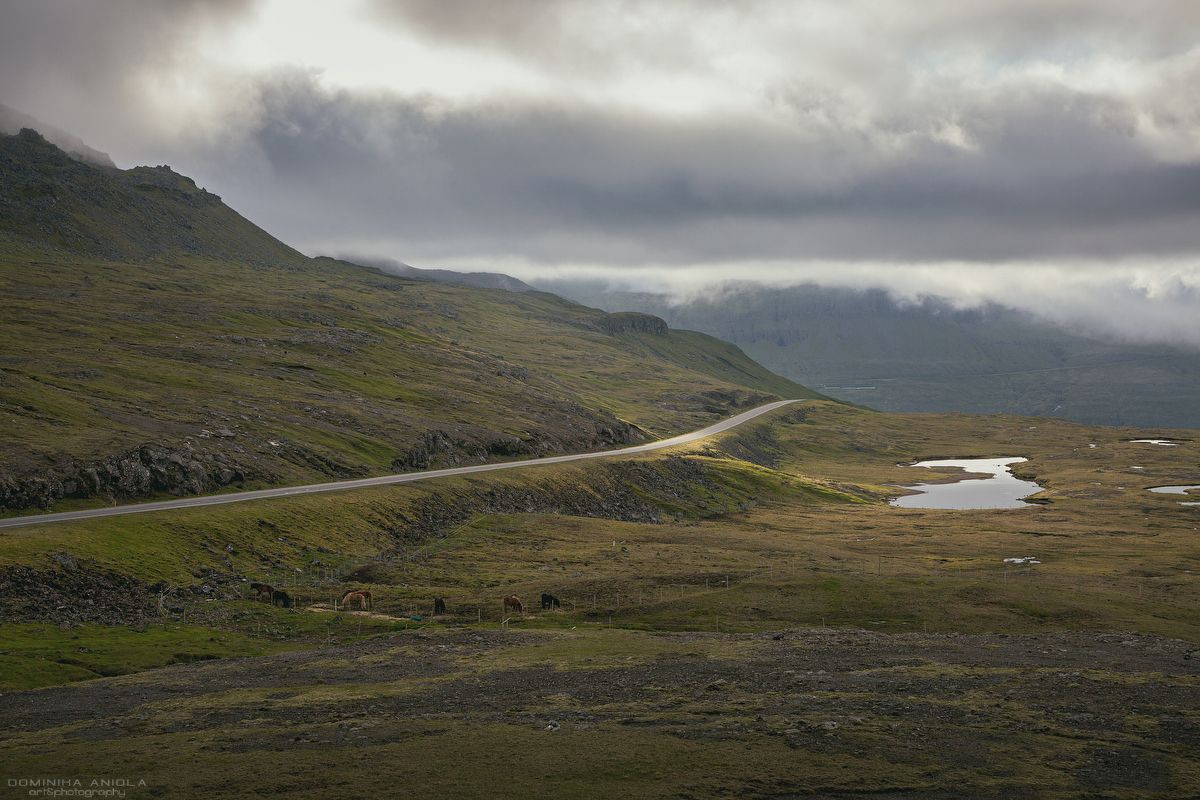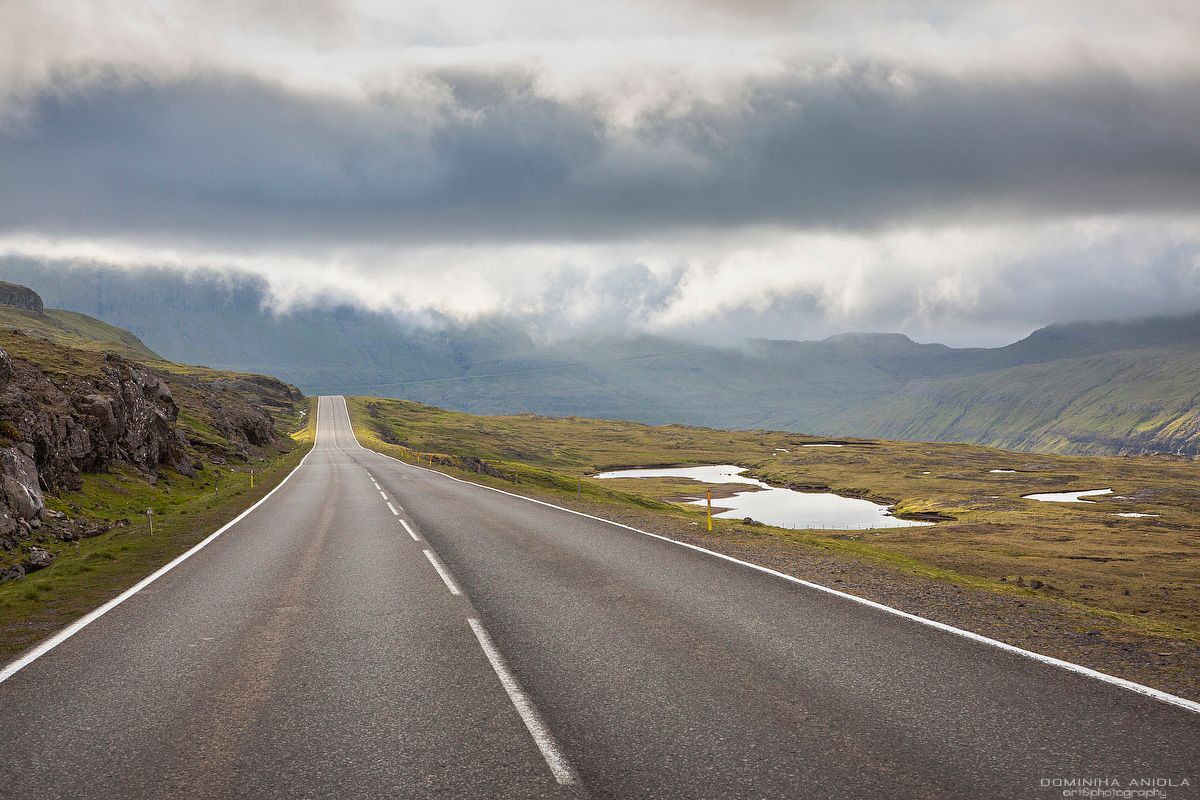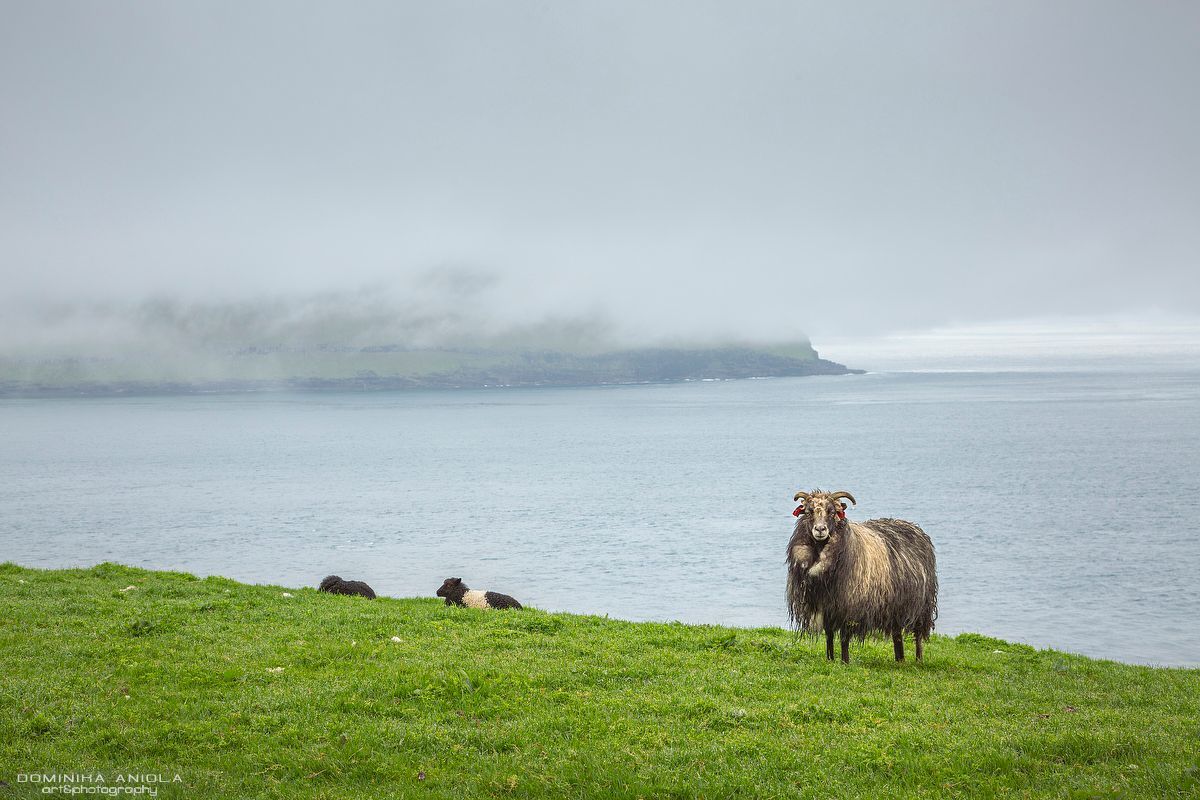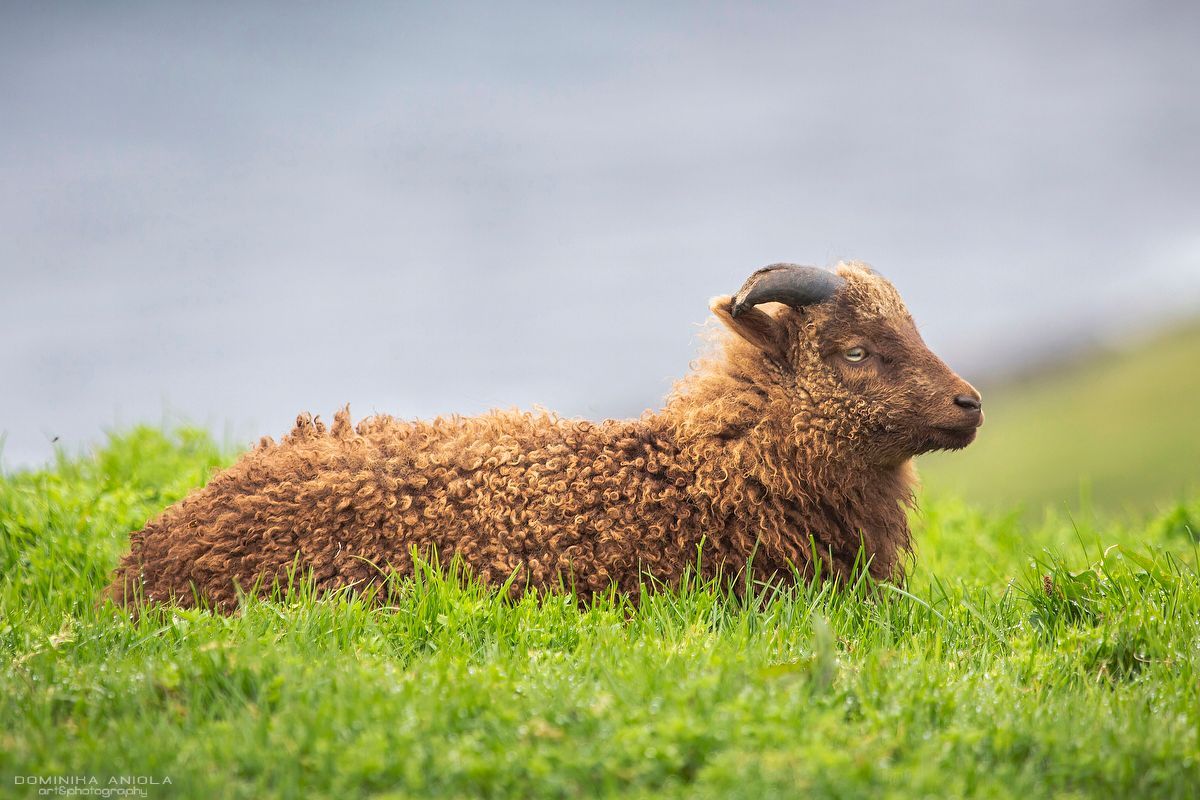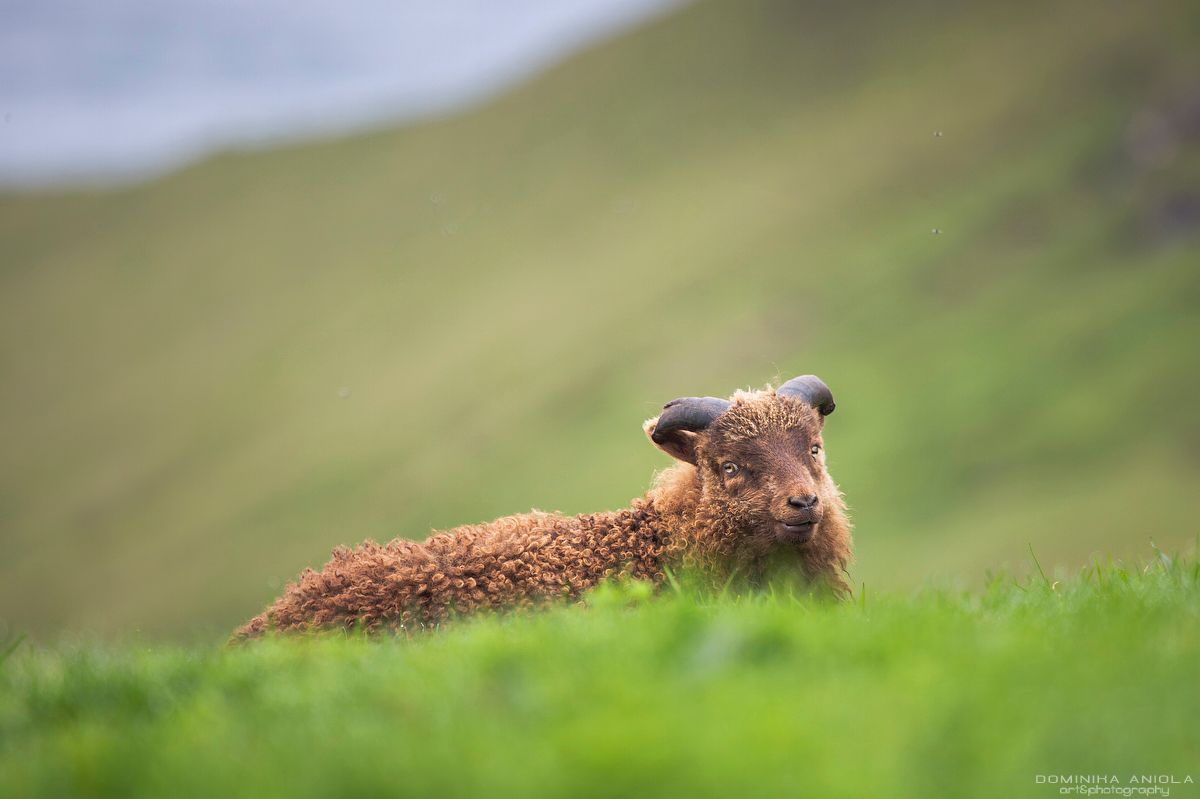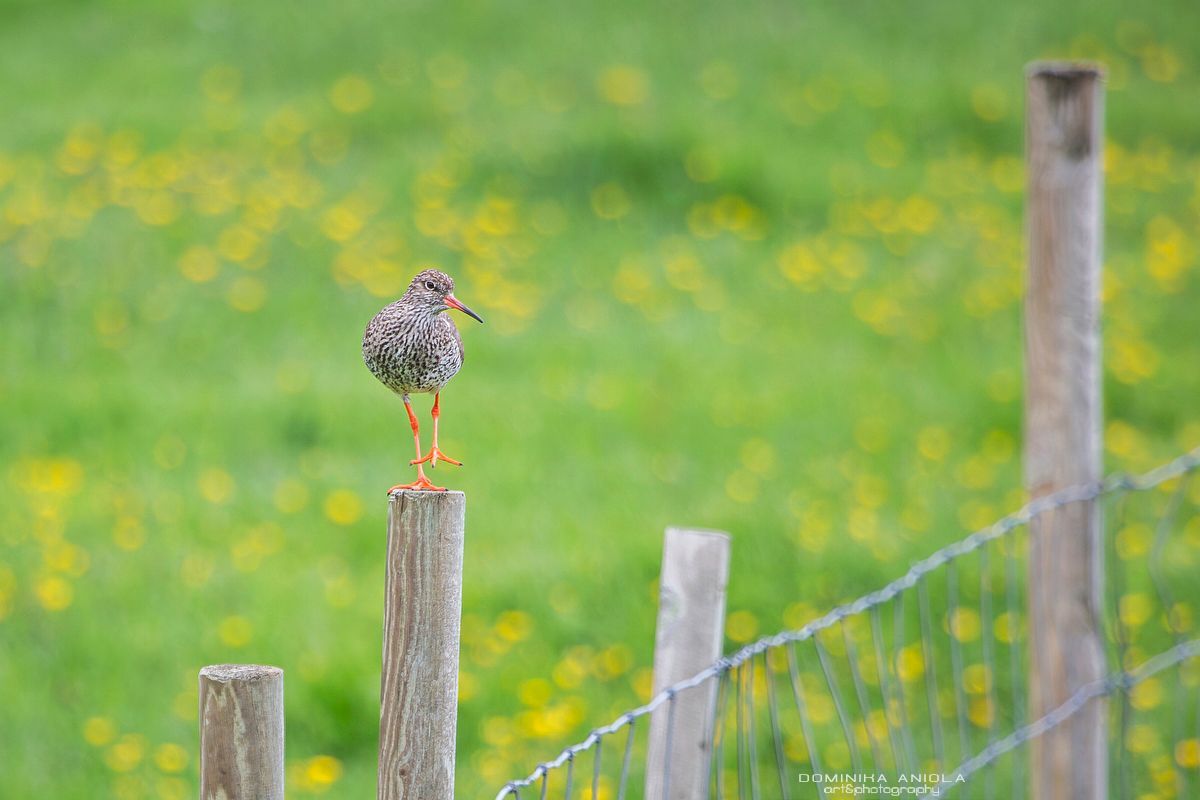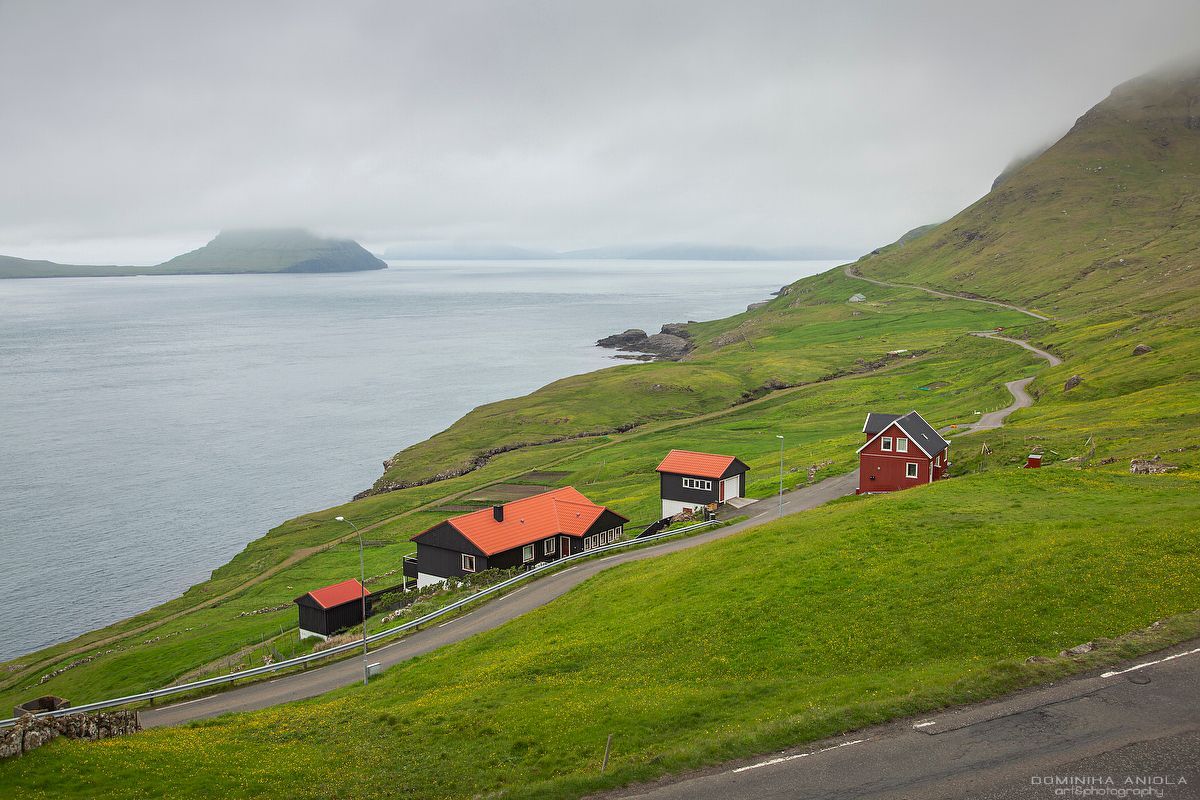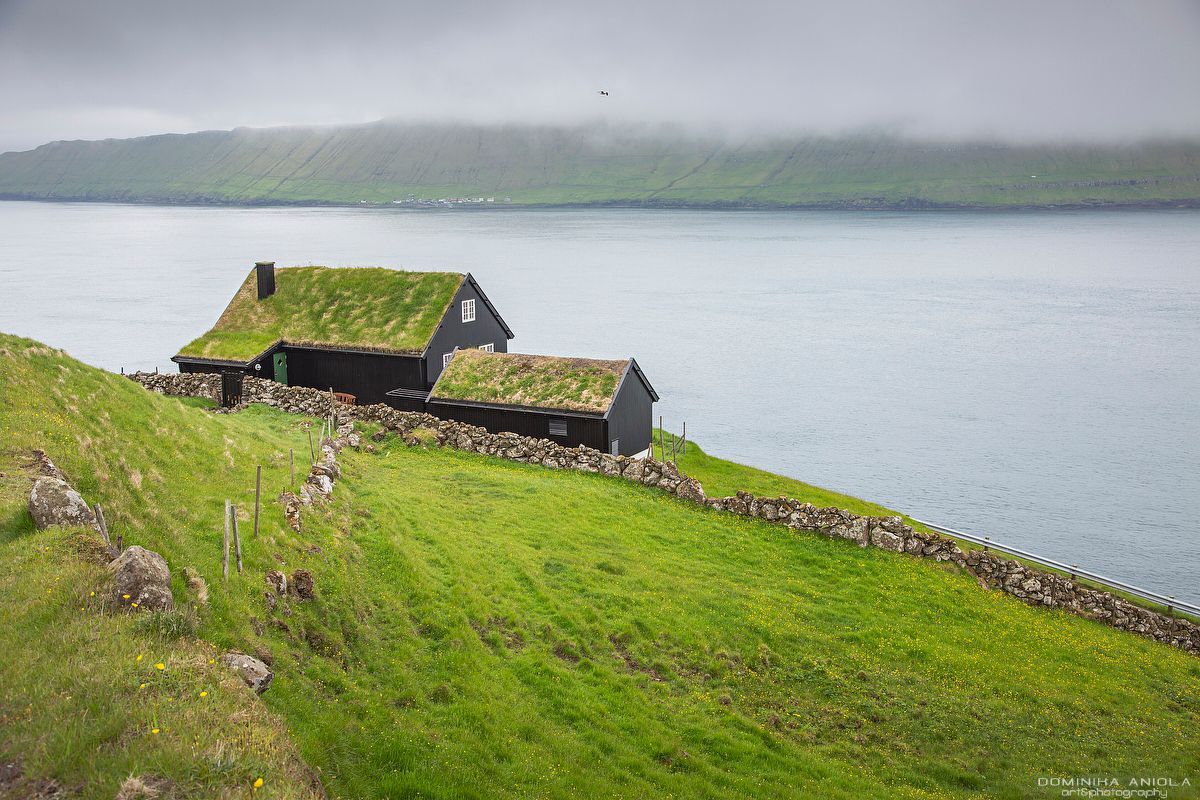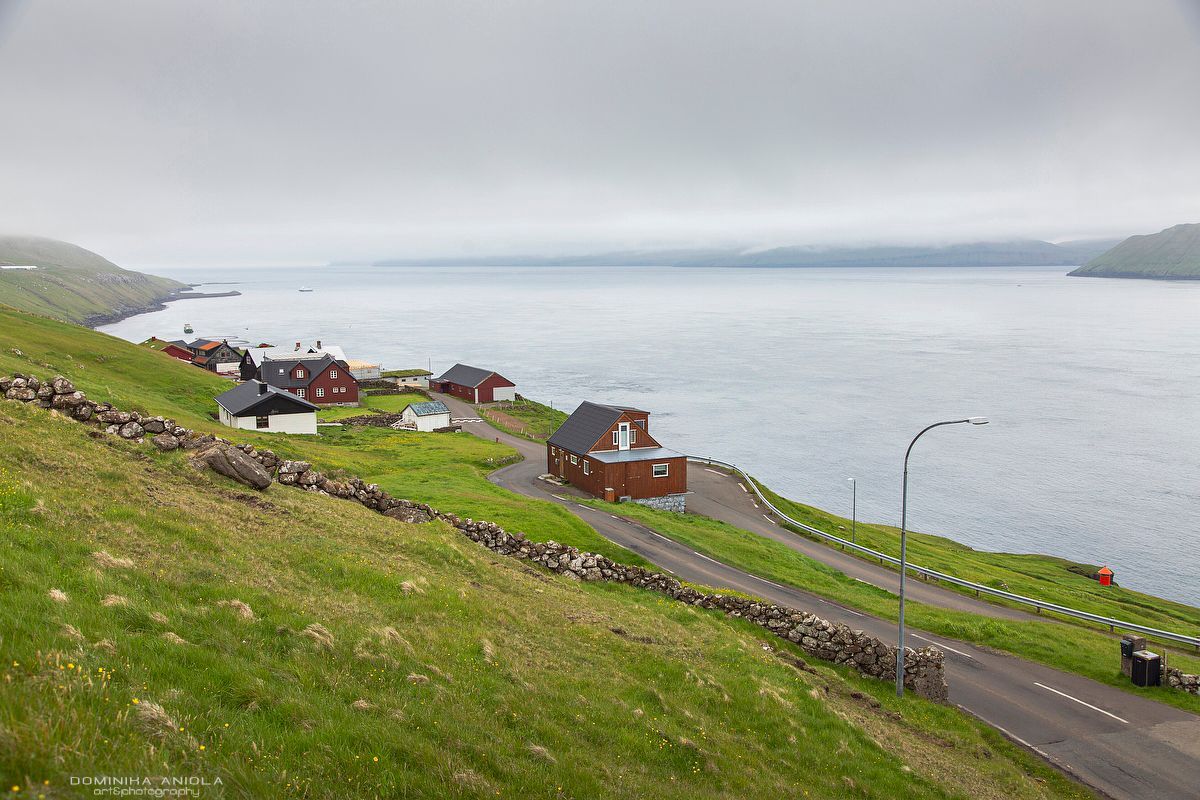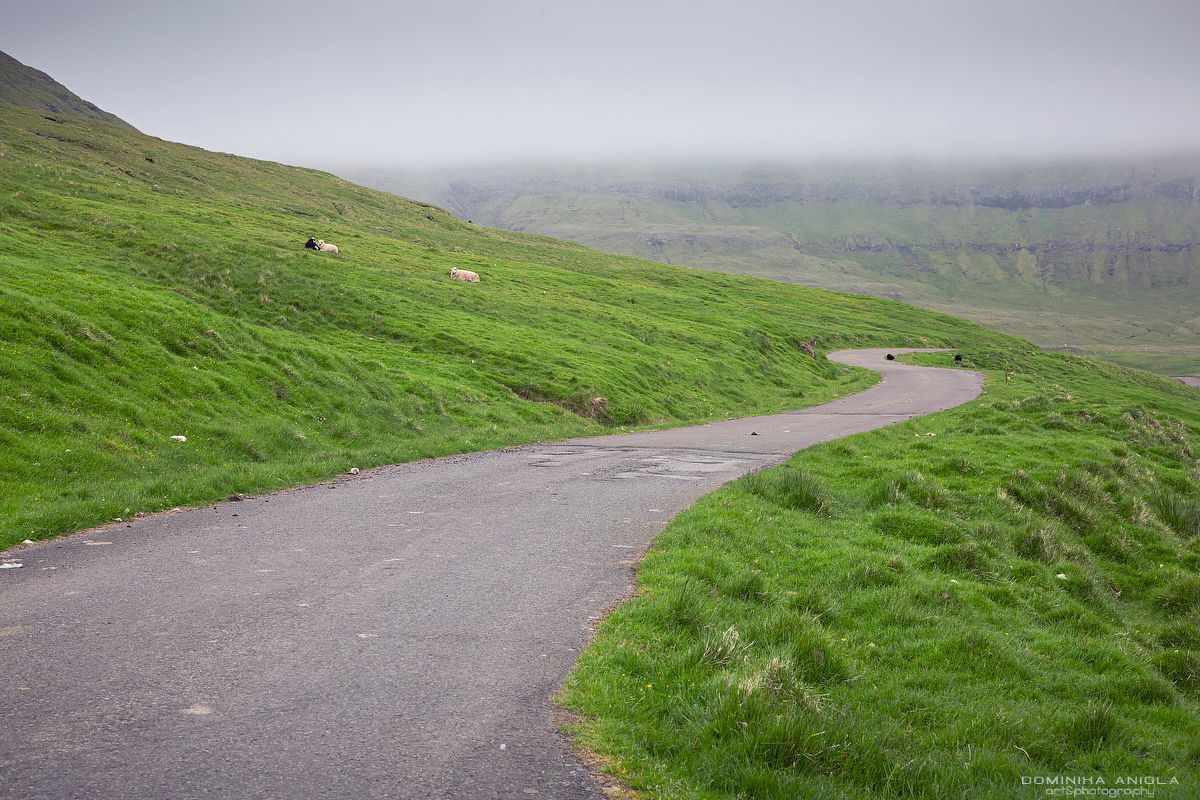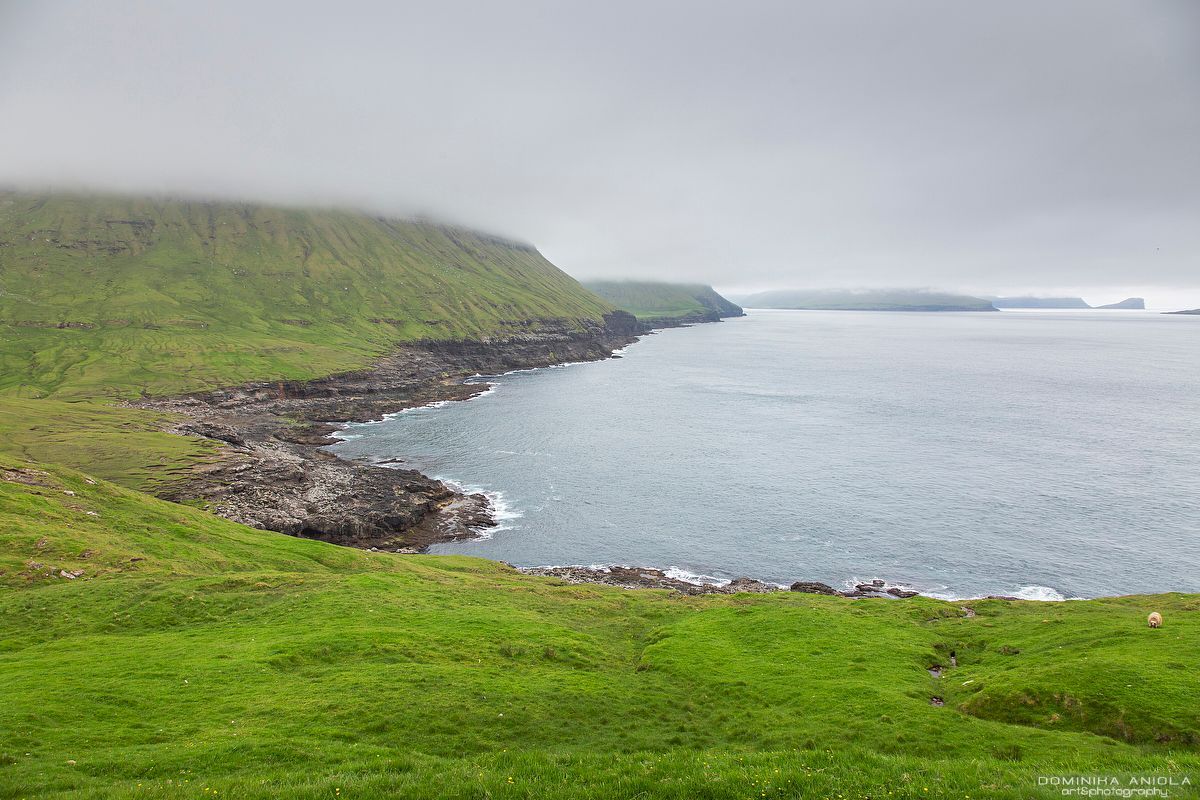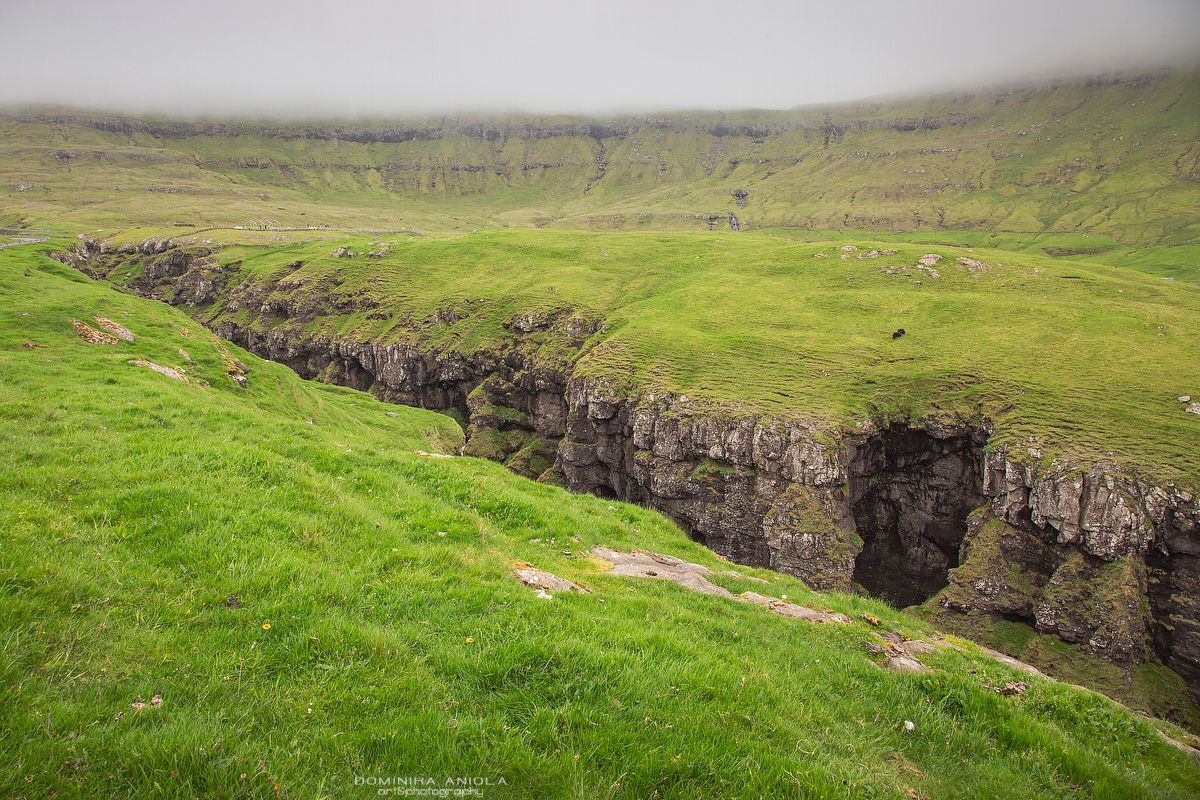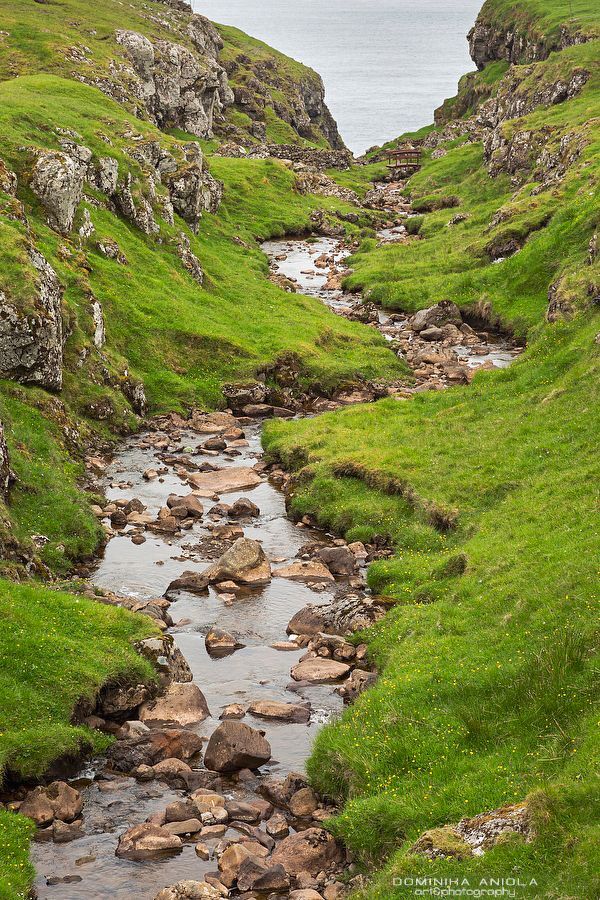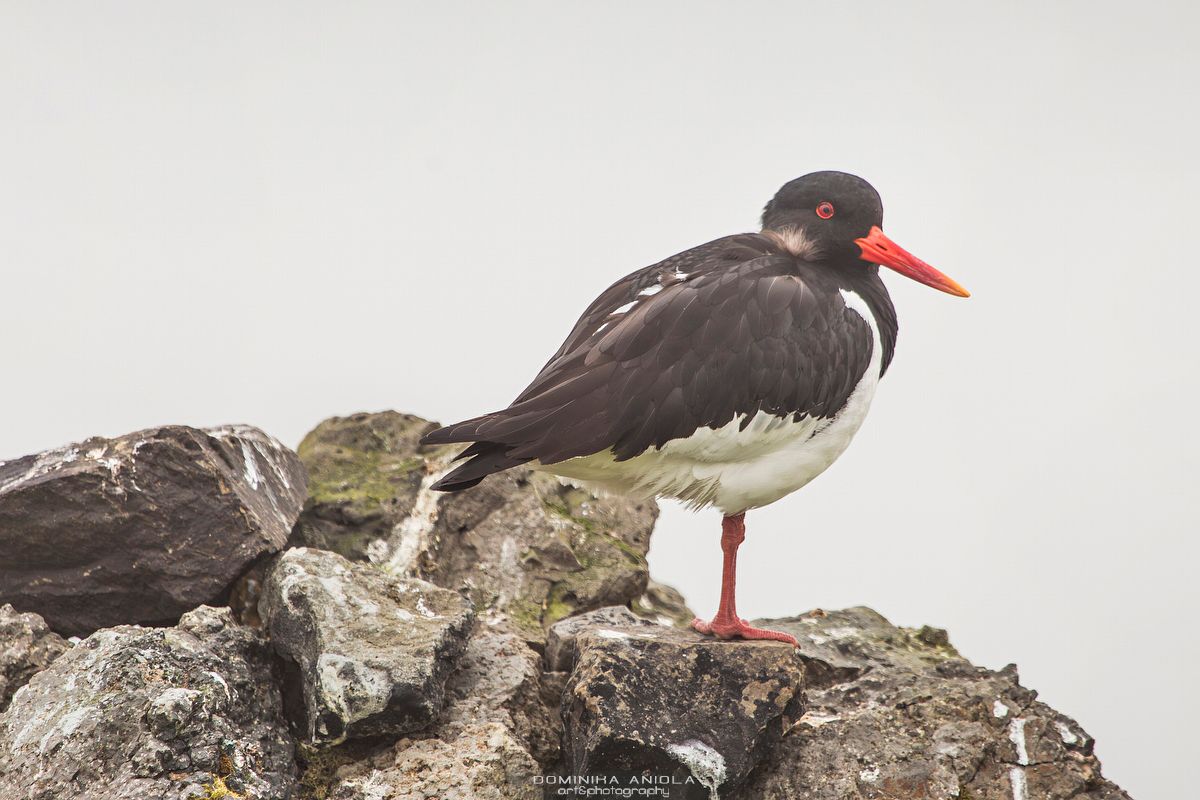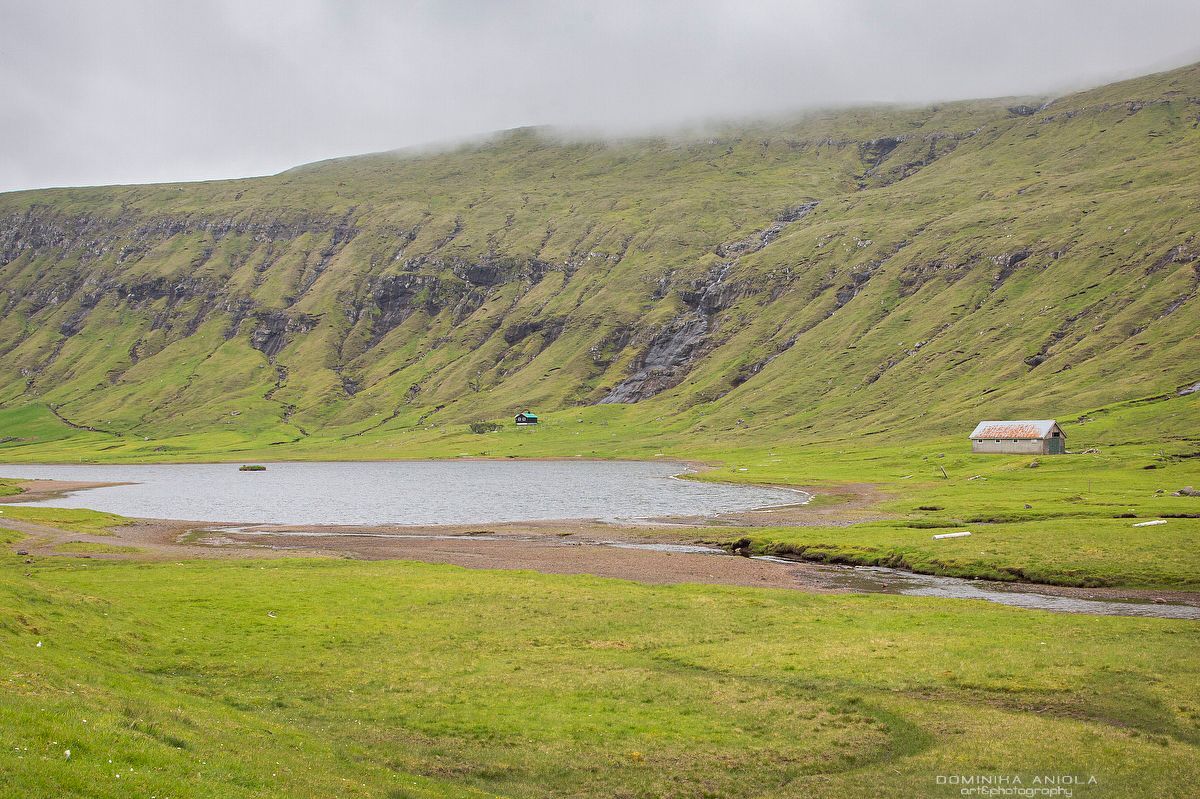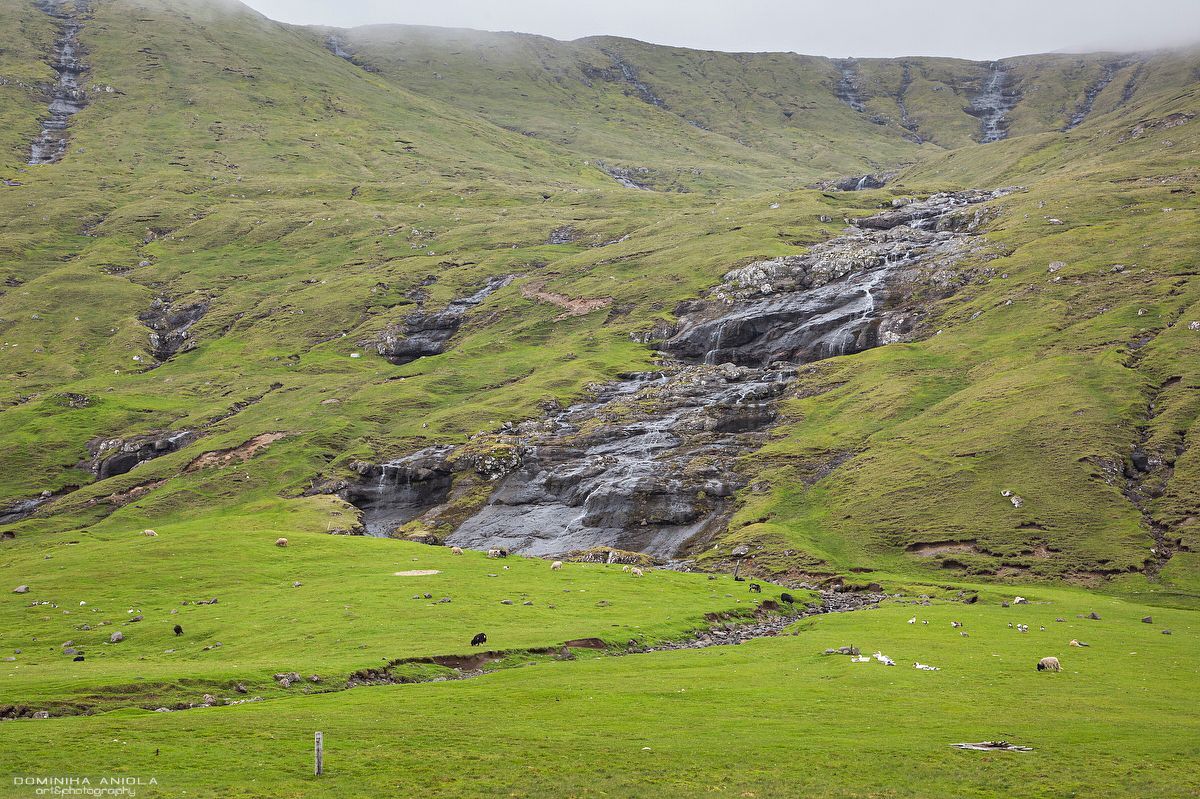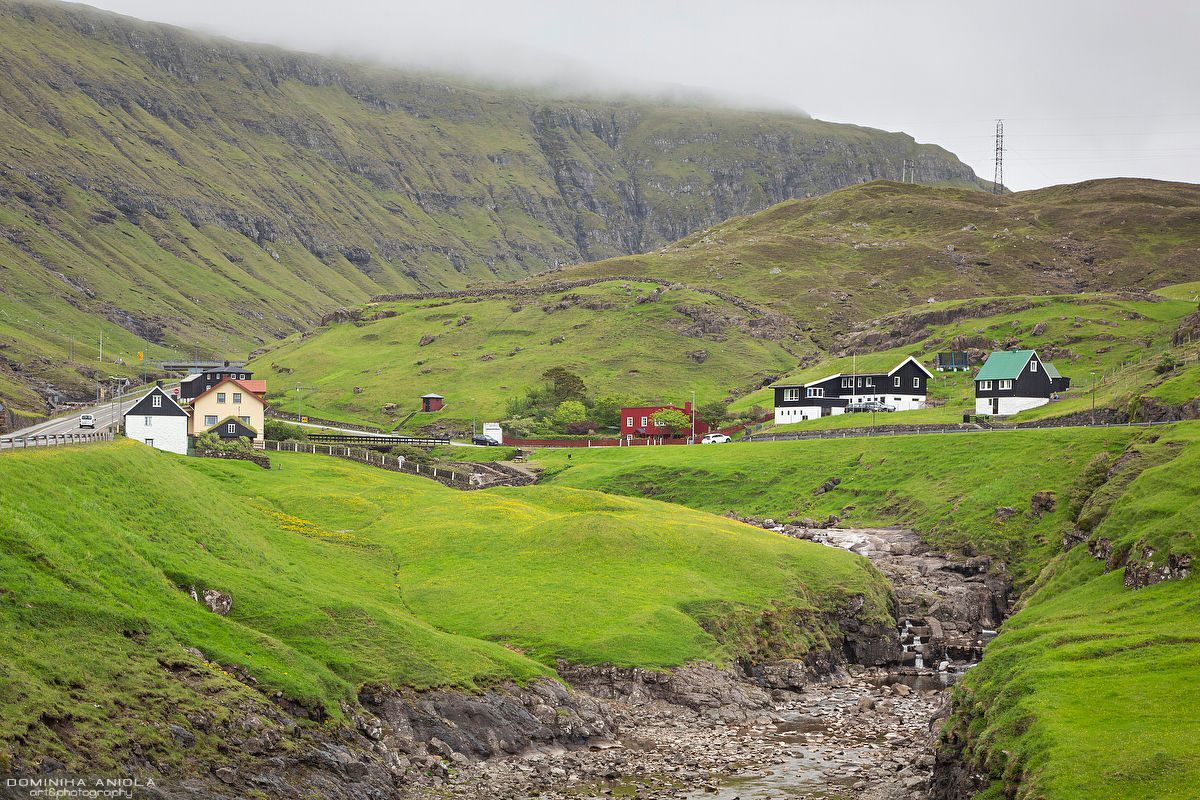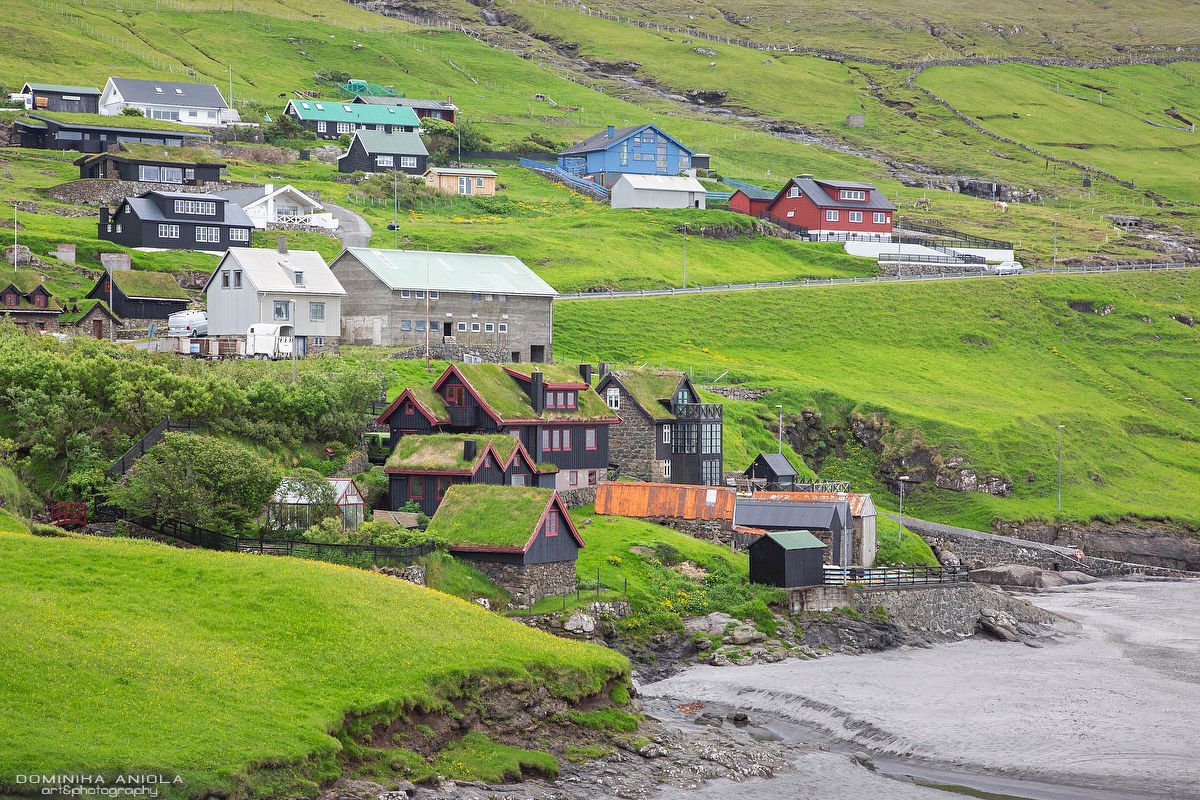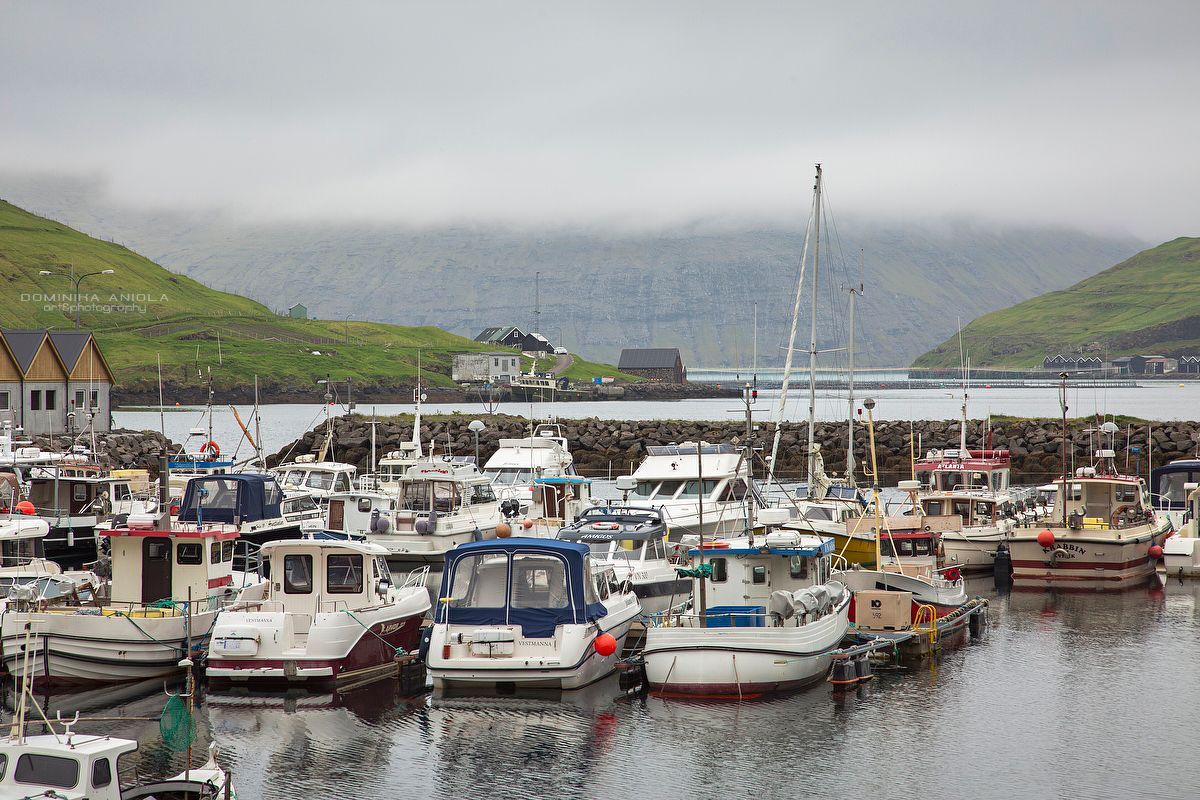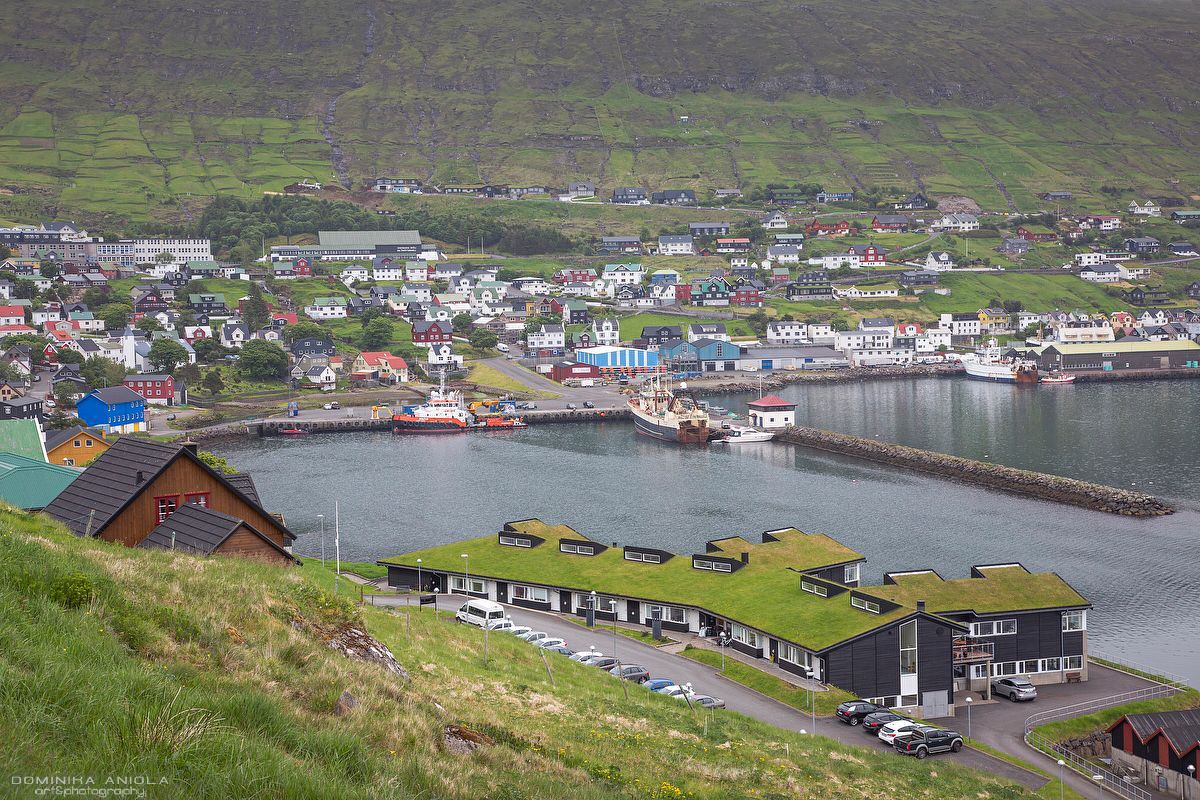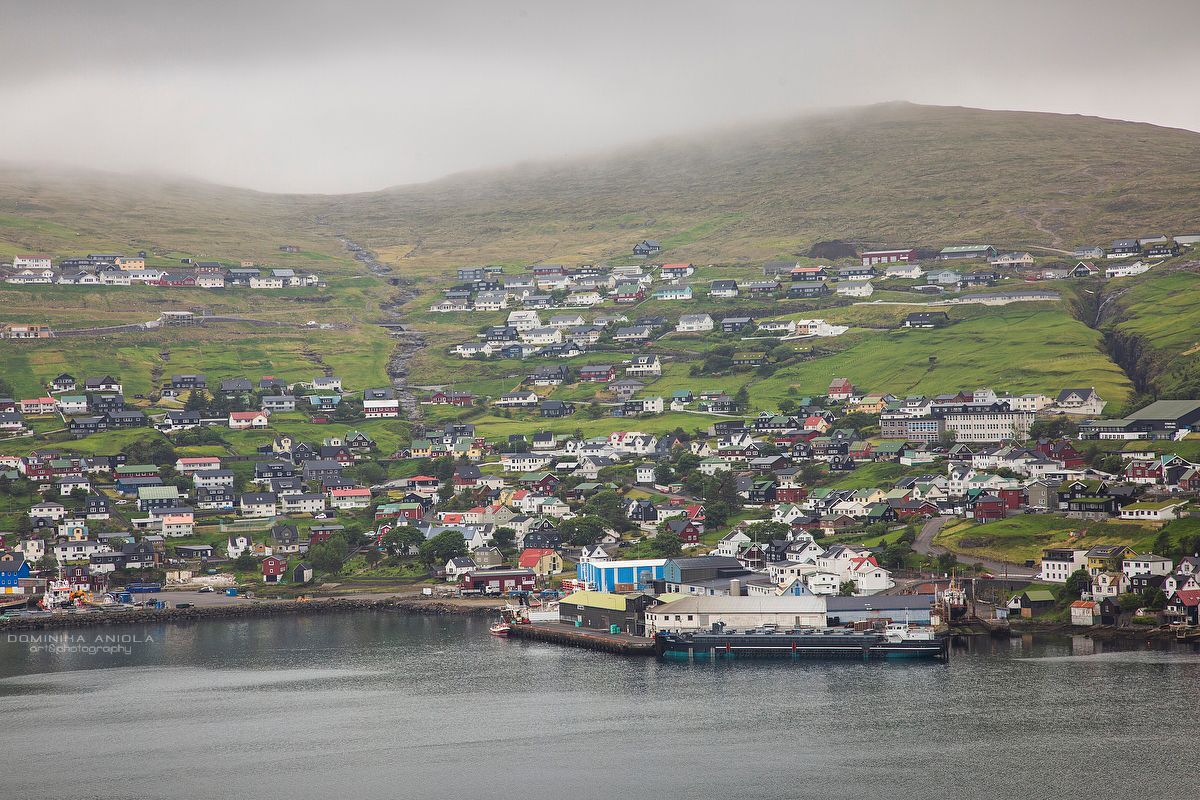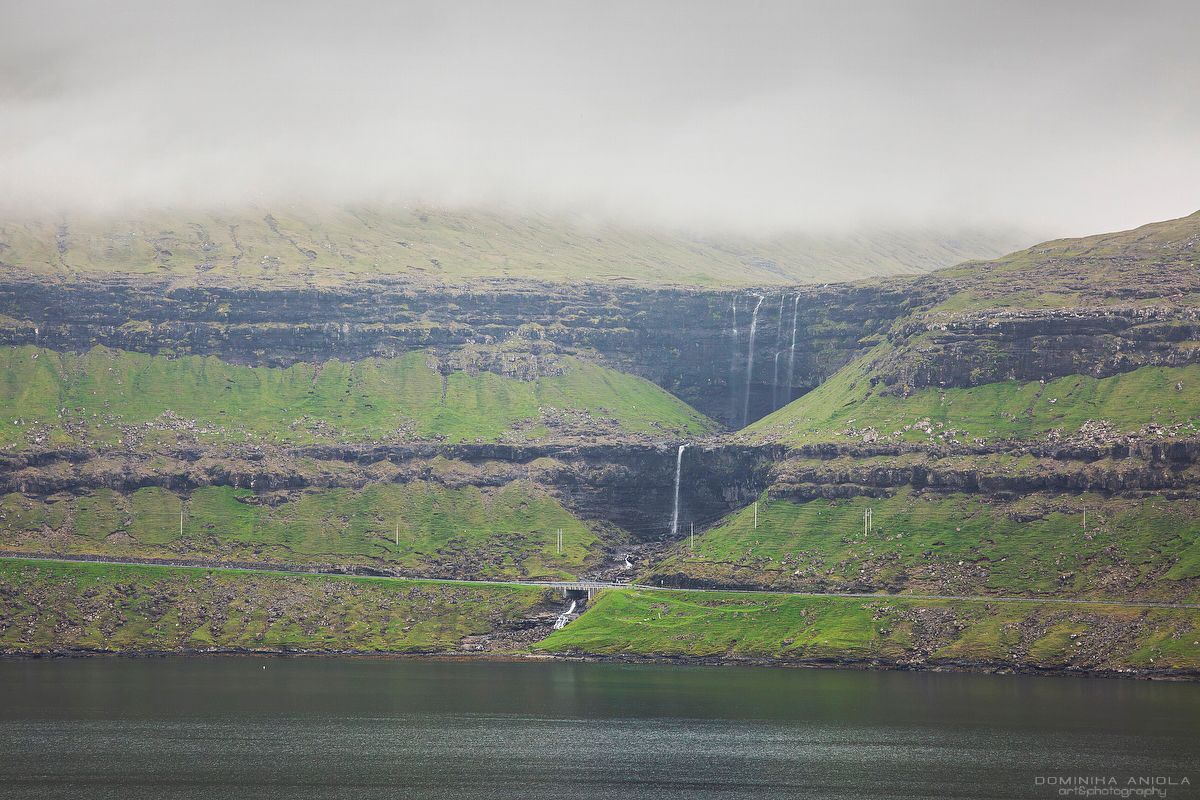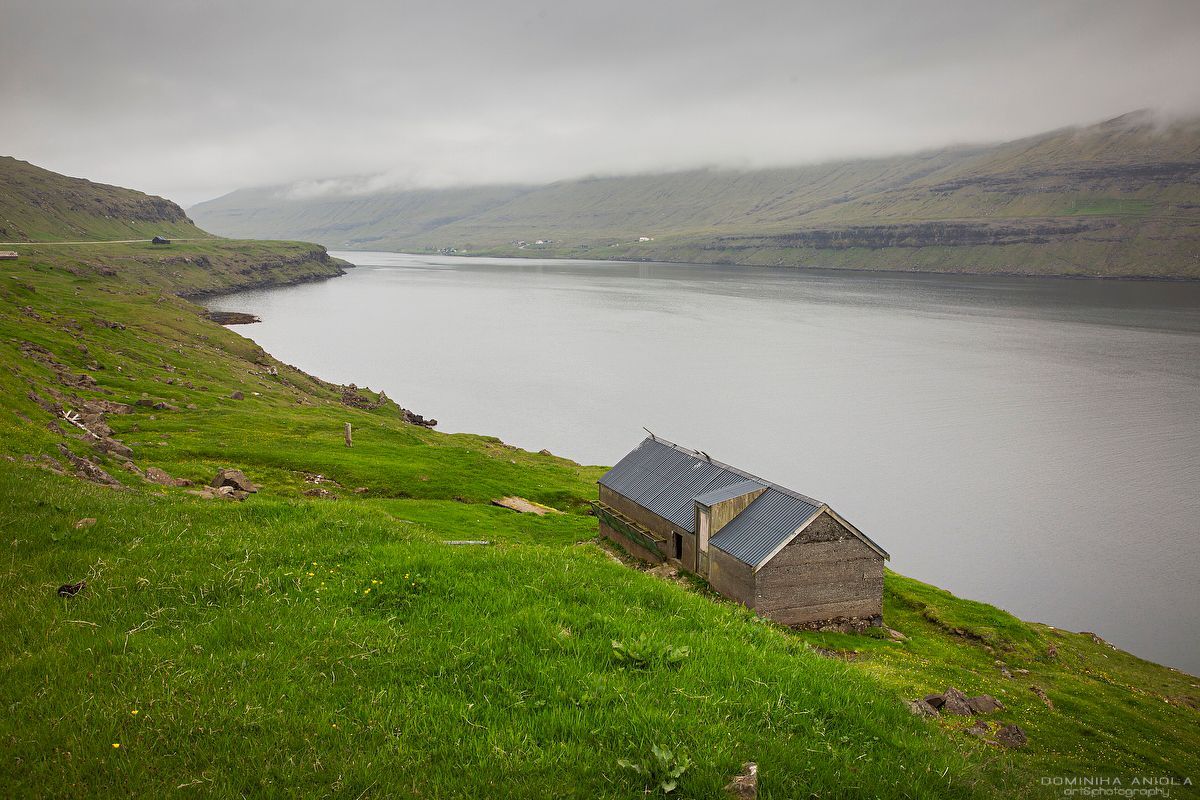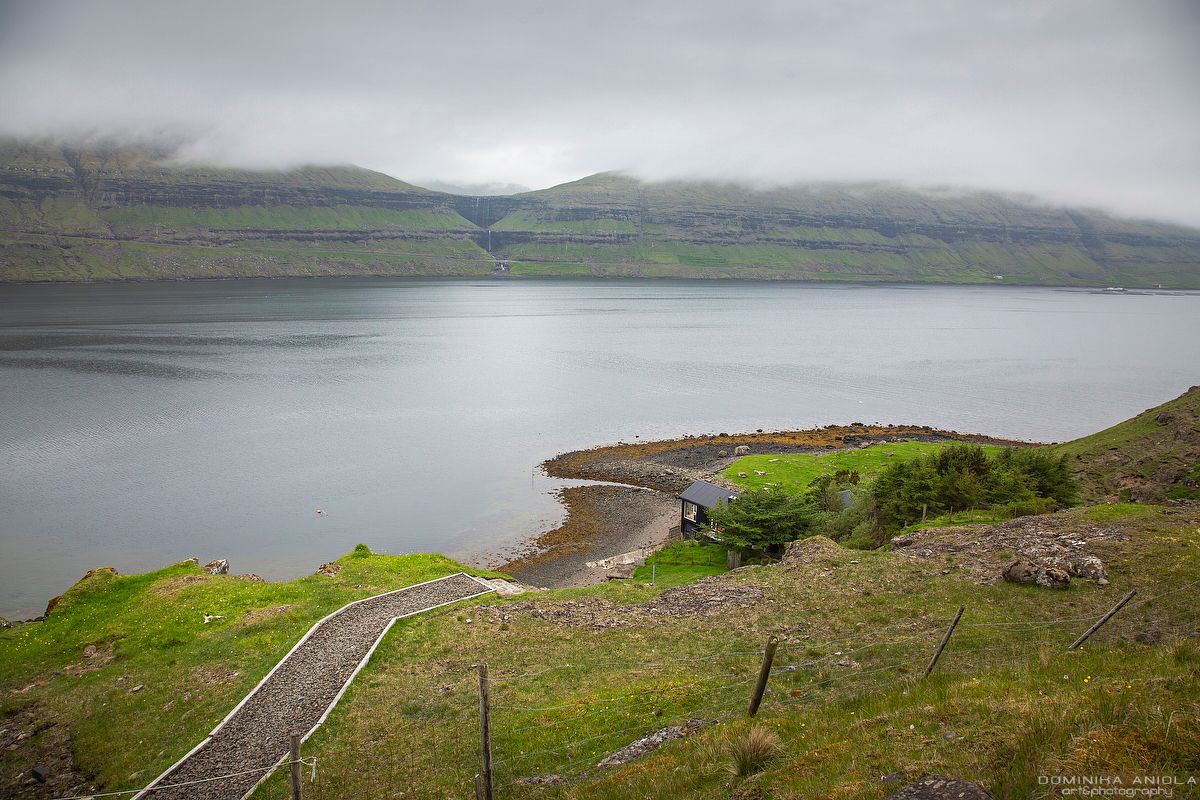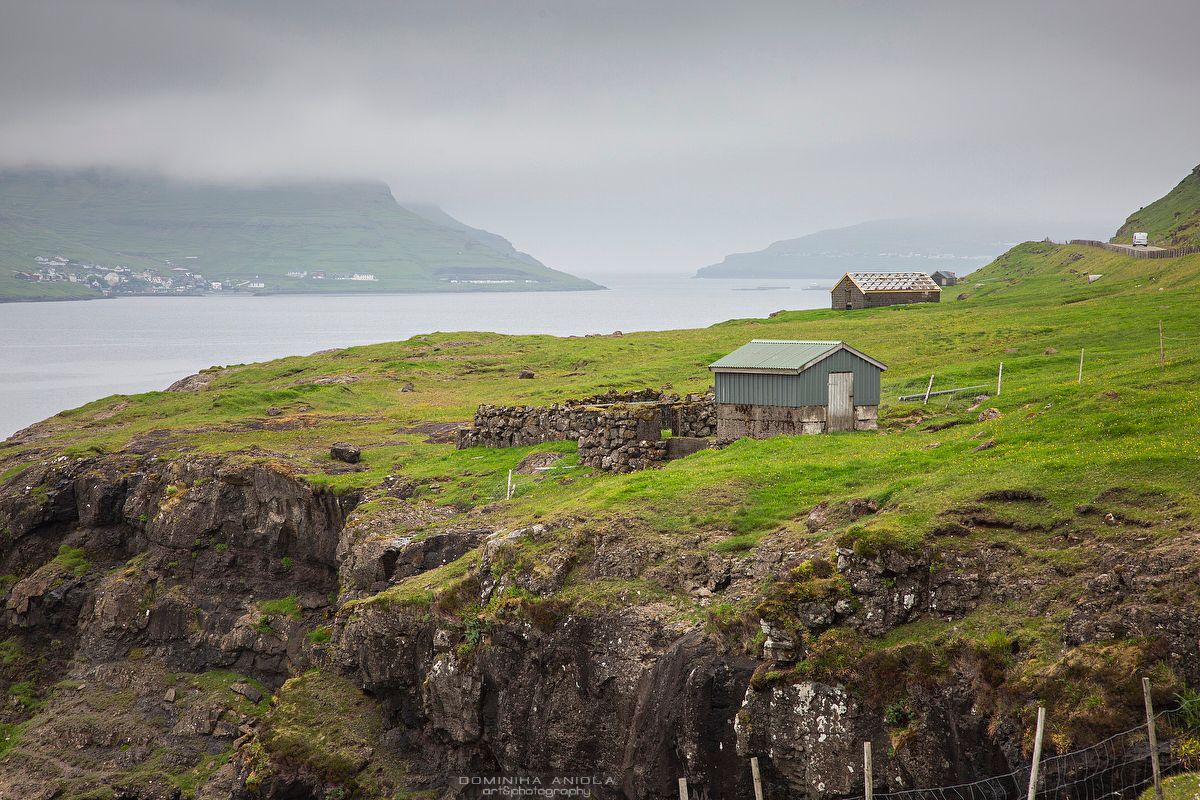Faroe Islands 2021
In 2021, I was able to reach one of my minor travel goals and see Faroe Islands. I cannot lie, I'm a sucker for Northern countries and spending my summer vacation in a more moderate climate. The average of 14*C while travelling, unpredictable weather, awesome views (when you actually can see them), lots of sheep poo, yeah, all the good stuff. ;) I wanted to go there for a while and finally made it!
I started checking the destination around March-April. At that time there was no possibility to book ferry (it was only running for cargo) and once I checked costs of flight and renting a car and summing all other costs I decided it was too much (as I wanted to go by myself) and started looking for other options. I wasn't to eager to book anything too soon as travel regulations would change quite often. Around 3 weeks before my actual departure I did check ferries again, and this time option for passenger car was available. I happily booked it, as well as a place on a camping site in Torshavn and started packing. :)
And yes, there will be lots of sheep photos.
Day 1
My trip started around midnight, as I had to be around 1.30 PM at port in Denmark and I had around 1200km to drive. My whole day before that was spent on packing and some final checkings of stuff on the internet, so it was a very busy day that also started very early. Driving through the night was hell, I was so tired. I had to stop like every hour or so, go out of the car, do few jumps, move the blood around, grab some cold, fresh, highway air. And I did see a beautiful sunrise, while still driving through Germany. :)
After sun came up, driving became much easier. I made it on time and boarded the ferry without any issues. Well.. maybe with one issue, I forgot to take some emergency food from the car. When I realised that the car deck was already closed for departure. I had to deal with what the ferry was offering. After I got to my cabin and unpacked, I went to check what's where on the ferry. To relax, after 13 hours of almost non-stop driving, I treated myself with a beer, which was quite good (but, to be honest, any beer at that time would do), and went to back cabin to watch some Clone Wars and then sleep.
Day 2
Ferry trip from Denmark to Faroes lasts 1,5 day. So plenty of time, to get bored. ;) The ride was a bit rocky and my stomach was feeling this a little, so I would spent most of my day drinking tea, sleeping and watching some stuff. I very much liked that all the cabins on the boat had specific bird specie attached to it. You would have a print on the door and also an informative poster inside the cabin.
I arrived at the Torshavn camping site around midnight. It was that time of the year when it doesn't really get dark during the night, so no issue with setting up the tent. The camping itself was great, I ended up staying there for the whole trip. Great facilities, fully equipped kitchen with refridgerator, place to spent time when it's raining outside. And not too expensive. :)
Day 3
This is where fun starts. :) After a goodnight sleep in a comfortable temperature of 6-7*C I jumped into the car and started checking the viccinity of Torshavn. First stop - Kirkjubøur village, most southern vilage on Streymoy island with only around 80 inhabitants. This village has one of the oldest (if not the oldest), still inhabited wooden house in the world, from XI century, Kirkjubøargarður. Another interesting site is the oldest church, still used in Faroes, dated from XII century. The nearby ruins of St. Magnus Cathedral are the largest medieval building in the Faroes. I have also seen quite a bit of common eiders, but they did not appreciate the camera. ;)
As you can see, the weather was not that good, it was cold, foggy, windy and it was raining at times. But it's a huge part of Faroes landscape. After strolling through few buildings in Kirkjubøur, I decided to walk the road even further south to see what's there. There really wasn't much in terms of views. I did see some birds flying around, which was nice. There is a farm at the end of the road and that was a good place to turn around and walk back to Kirkjubøur.
Next I tried picturesque route to Syðradalur farm (Syðradalsvegur, route 58), but due to enourmous fog I couldn't really see past few meters. ;) I tried this route couple of times during my time there, never had the chance to see it in the sunny weather, and only once when I actually could see someting, but that will come later. Then I stopped for a short break and quick meal at the camping site, and then proceed North towards Saksun, one of most visited sites in the Faroes.
I really liked the road 53, leading to Saksun. Very picturesque, if I only was able to see through the fog and rain. ;) Because I couldn't see much, while in Saksun, I decided I need to come back another day, which I did. When I was driving back, the sky started to clear up a little, fortunately.
While driving forward North, I stopped right after the crossing of road 594 and 10. I had my first encounter with northern wheatar. Cute little bird, which was impossible to miss because of it's constant chirping in the grass. Then I stopped to check Fossa waterfall, Haldórsvík village and proceeded till the end of the road - to Tjørnuvík village.
After this I started driving back towards Torshavn, snapping some pics along the way of the always noisy oystercatcher. I went with picturesque route nr 10 (or 50.. Google shows both of those numbers, it's confusing). This route is really something, when you have good visibility.
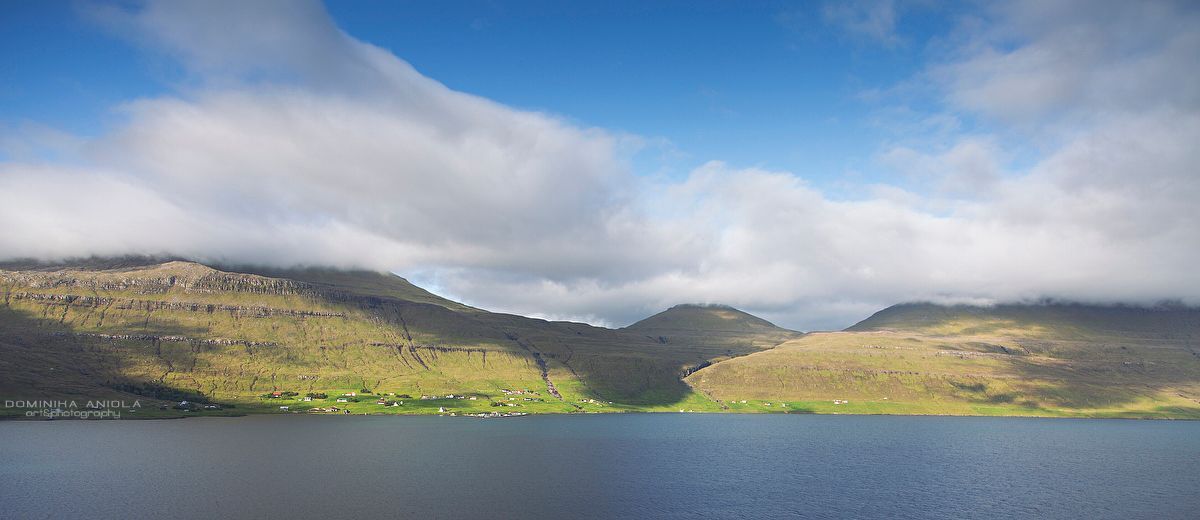
Day 4
New day, new places to visit! I started with another picturesque route - Syðradalsvegur, unfortunately didn't see a thing because of thick fog, but I have spent a moment with common redshanks (I captured better photos later on), before moving on to the next place. Not too far away is another nice road - Norðradalsvegur, leading to very small Norðradalur village.
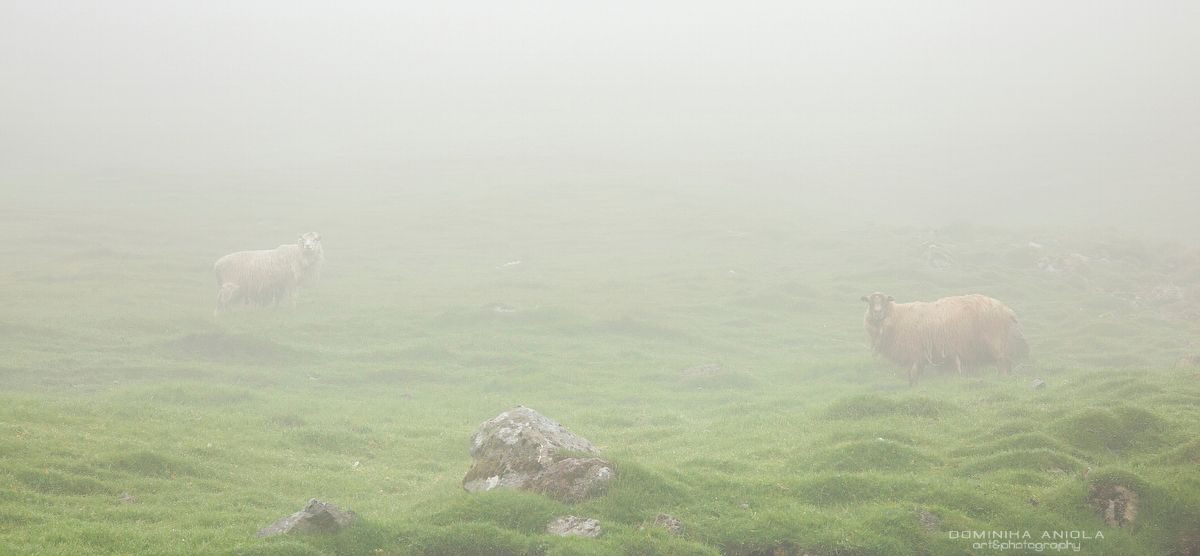
I then followed to main road to Leynar, then to Vestmanna, which is quite a big settlement in the Faroes world. Again, with no sunlight, the area looks a bit dull, but I guess it's part of the charm. :)
Up until this point I sticked to the main island of Streymoy, the biggest one of Faroes. Most of main islands are reachable by car through bridge or tunnel, few of them require ferry. It made most sense to stay on one camping site throughout my whole trip as as far as you can go by car is not much more than 1 hour drive.
Next island I visited is called Eysturoy, which in Faroese means "East island". I only drove towards Eiði and went back to the camp site, since the weather was bad.

